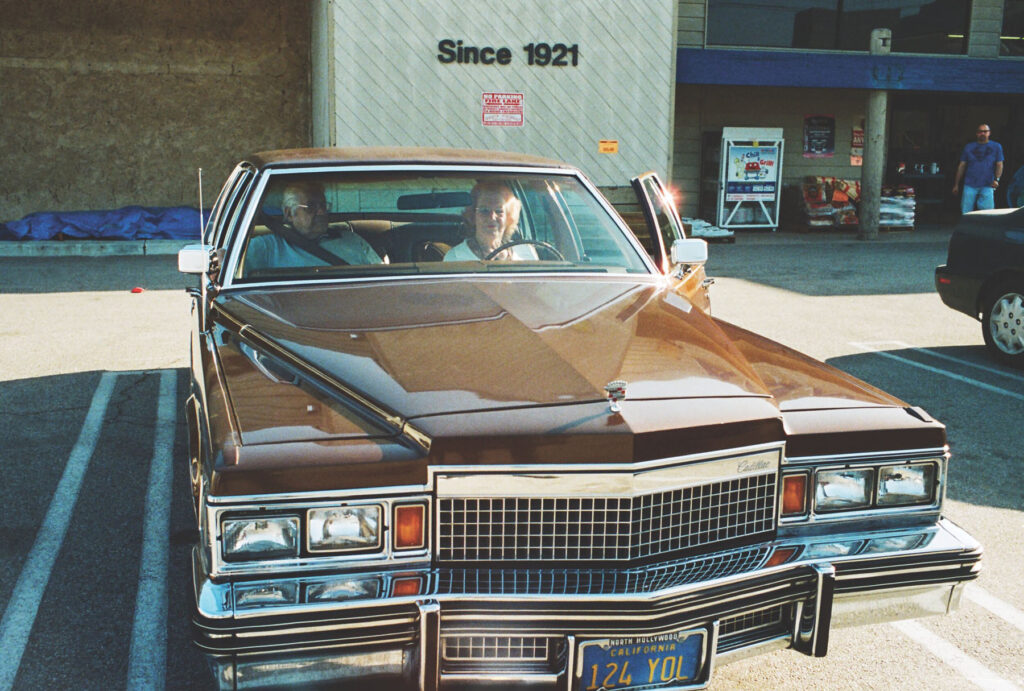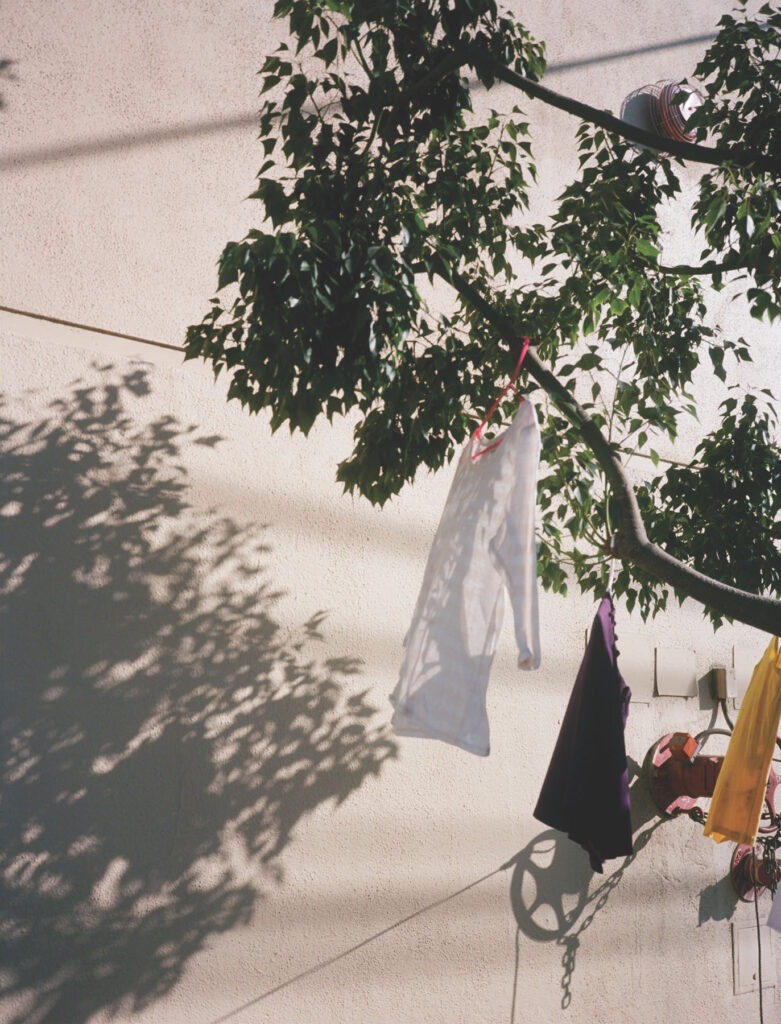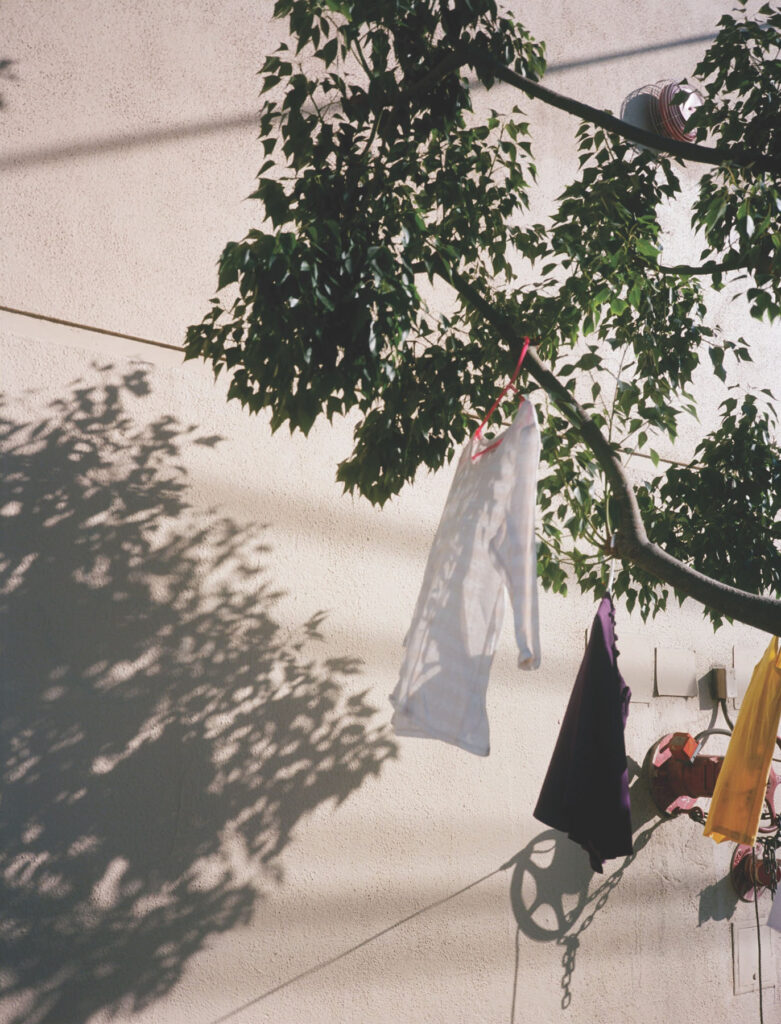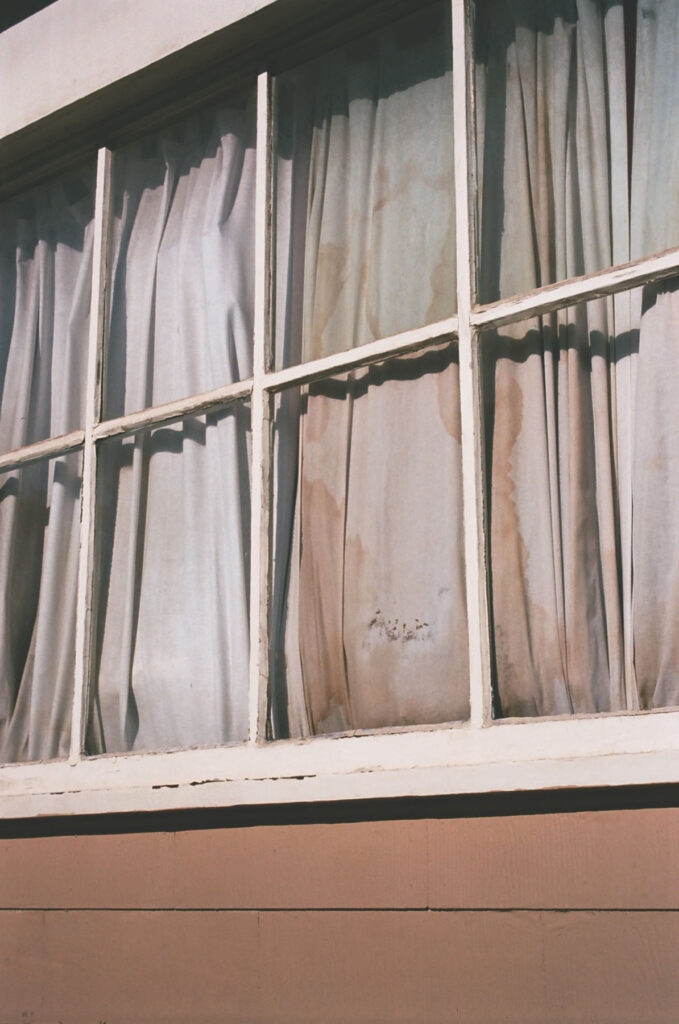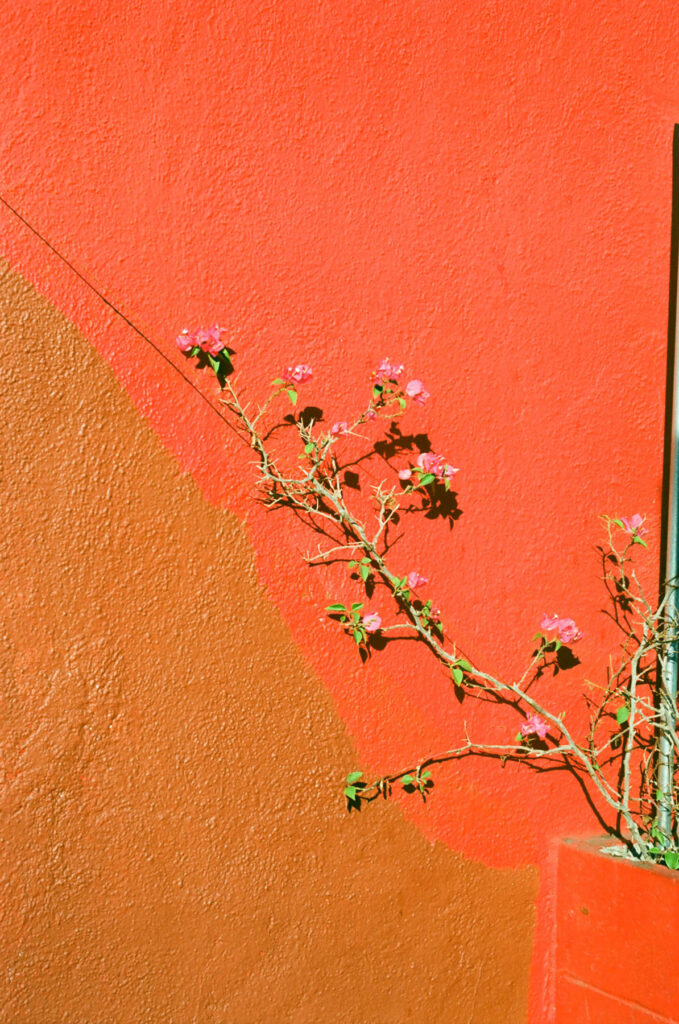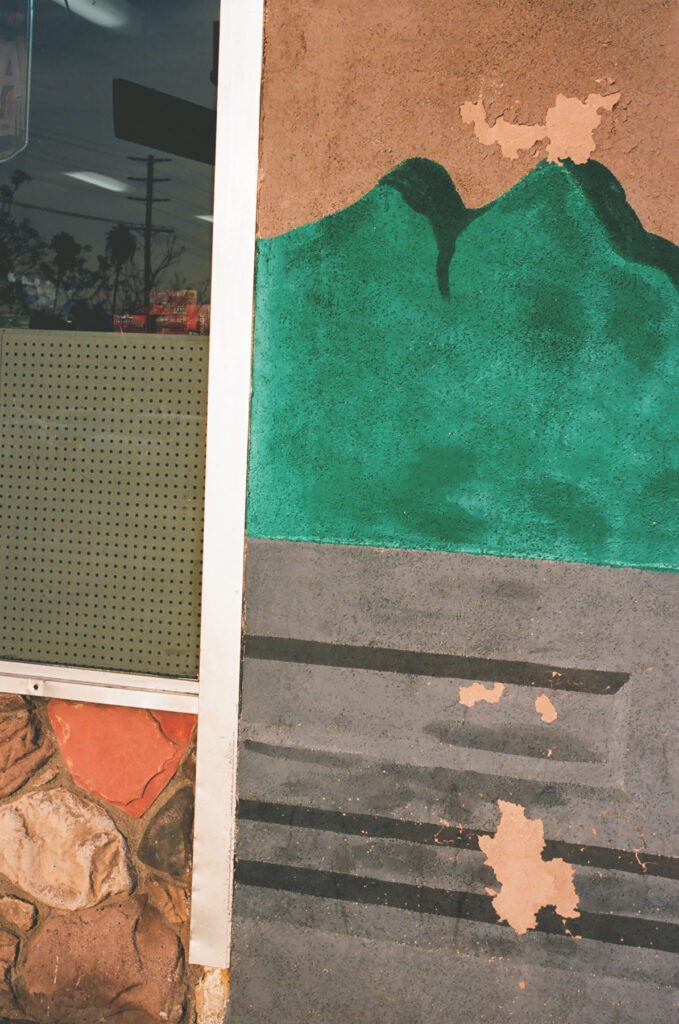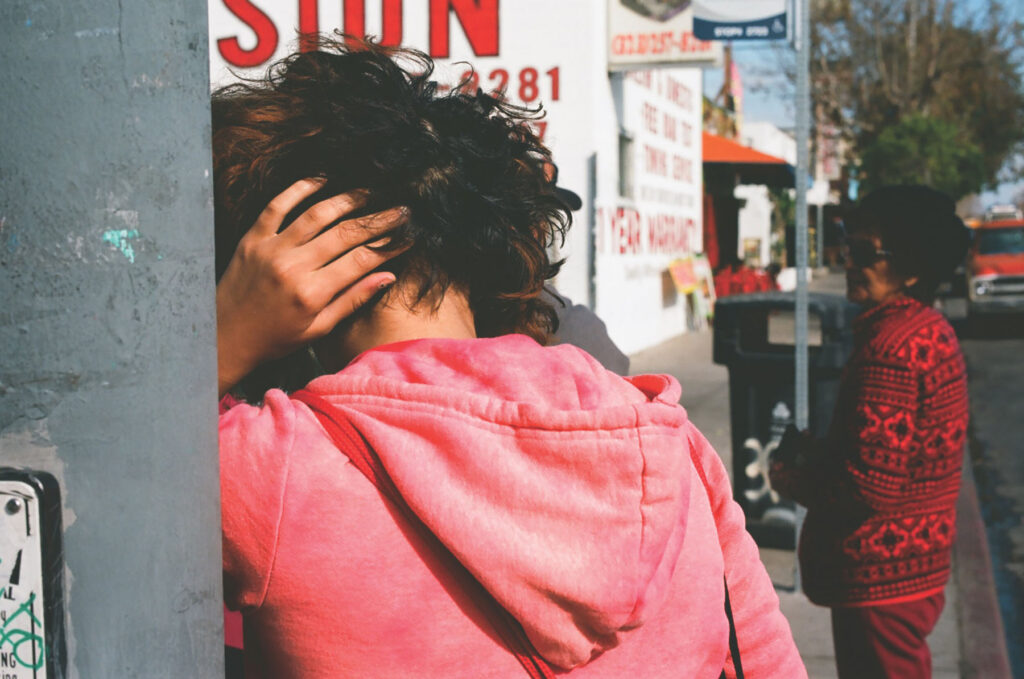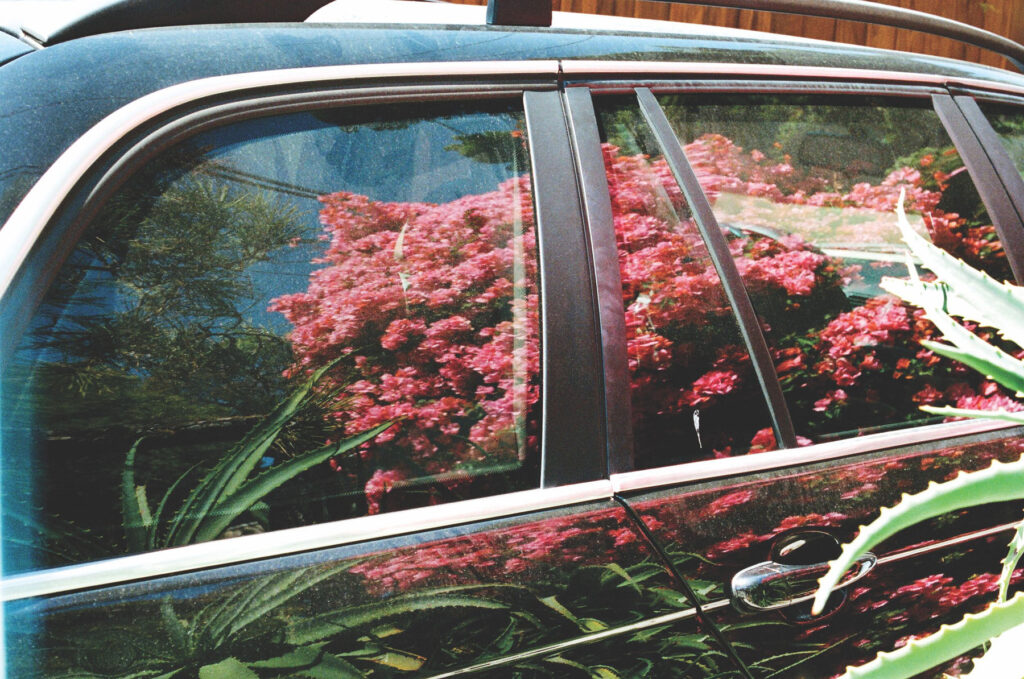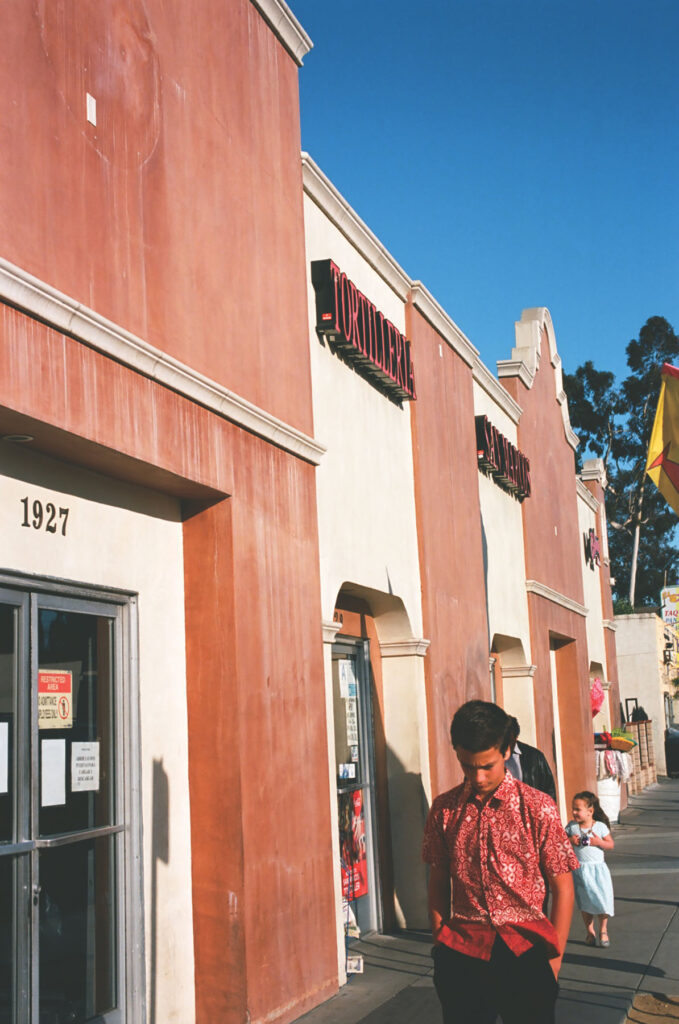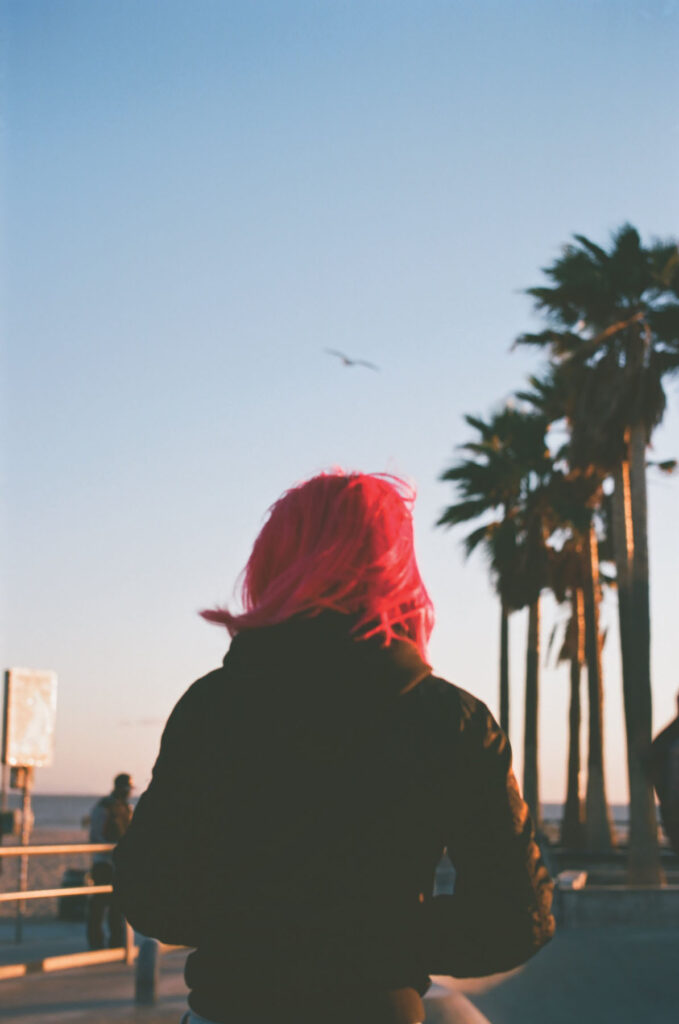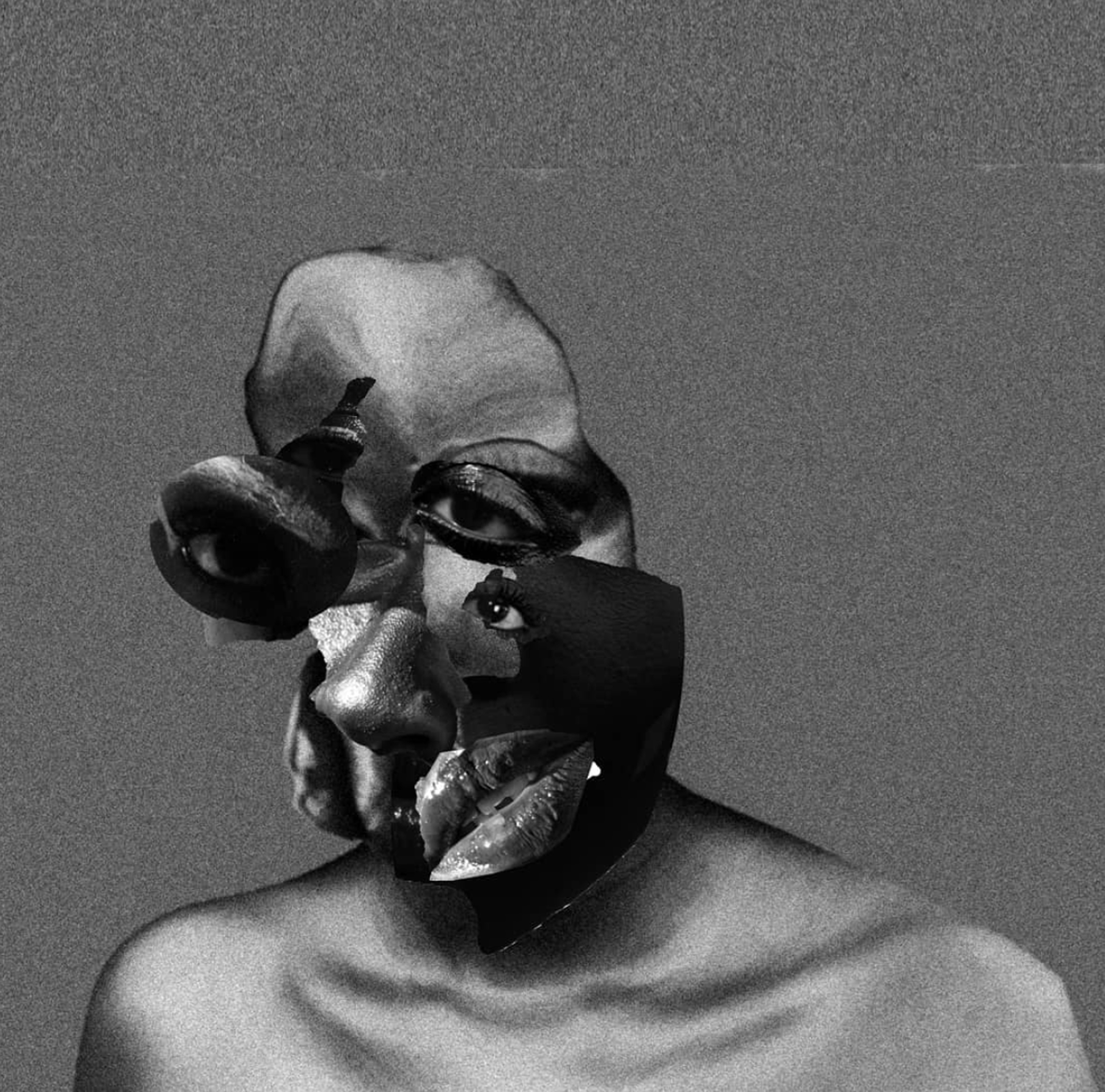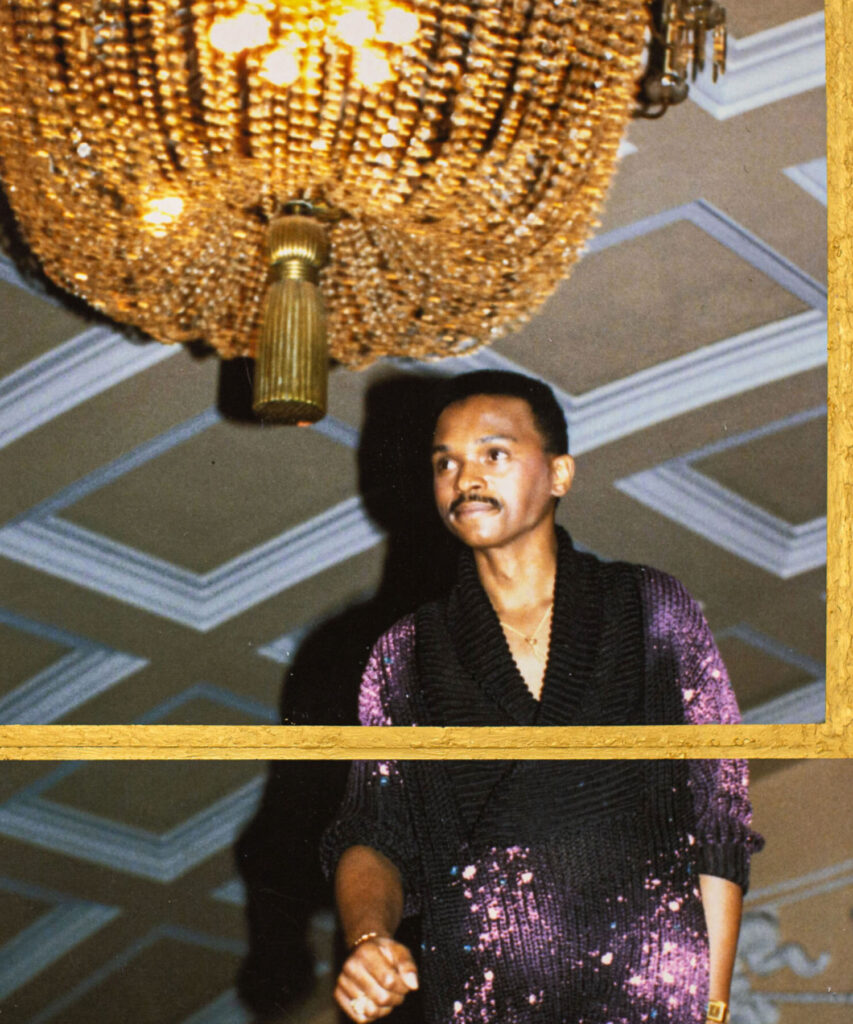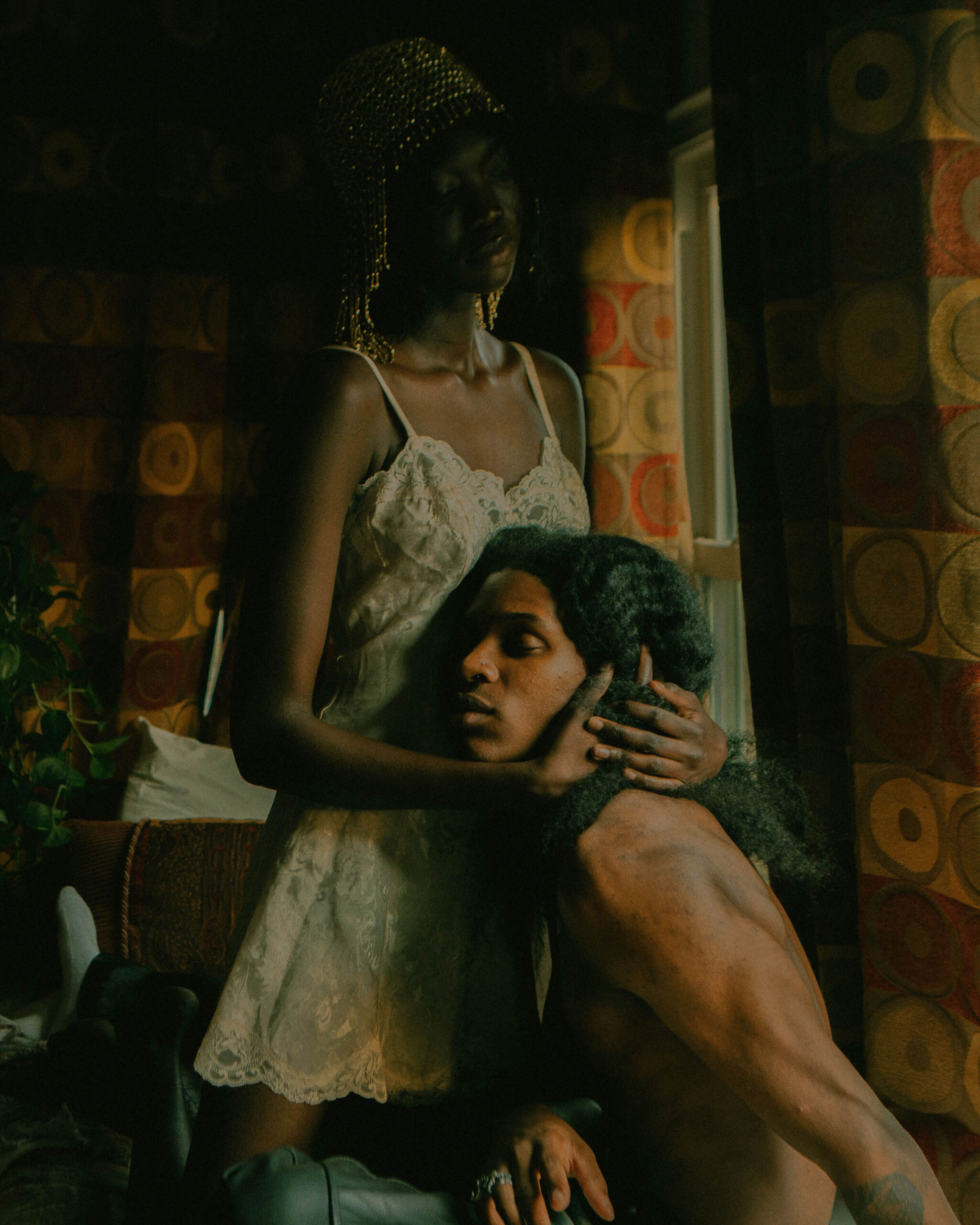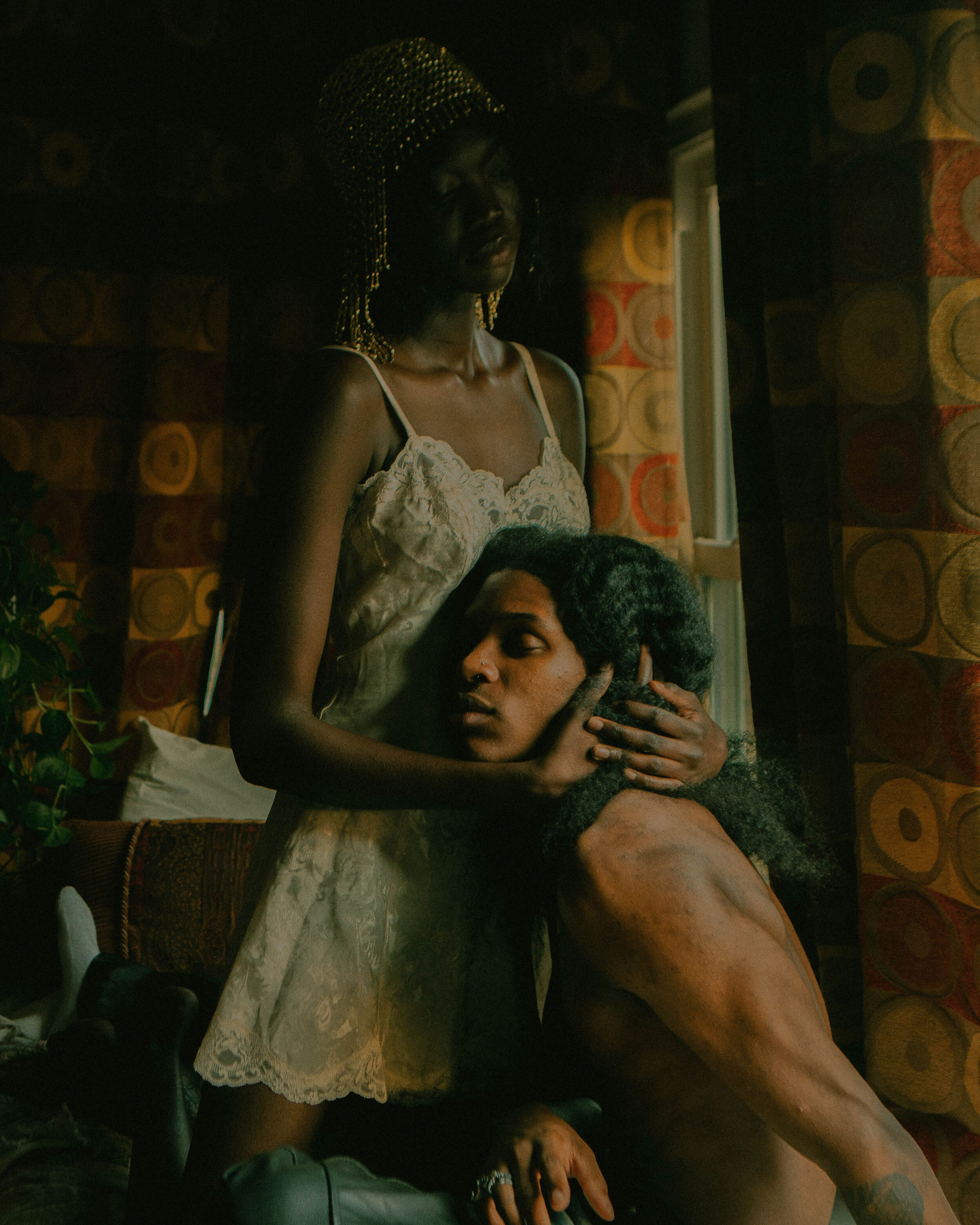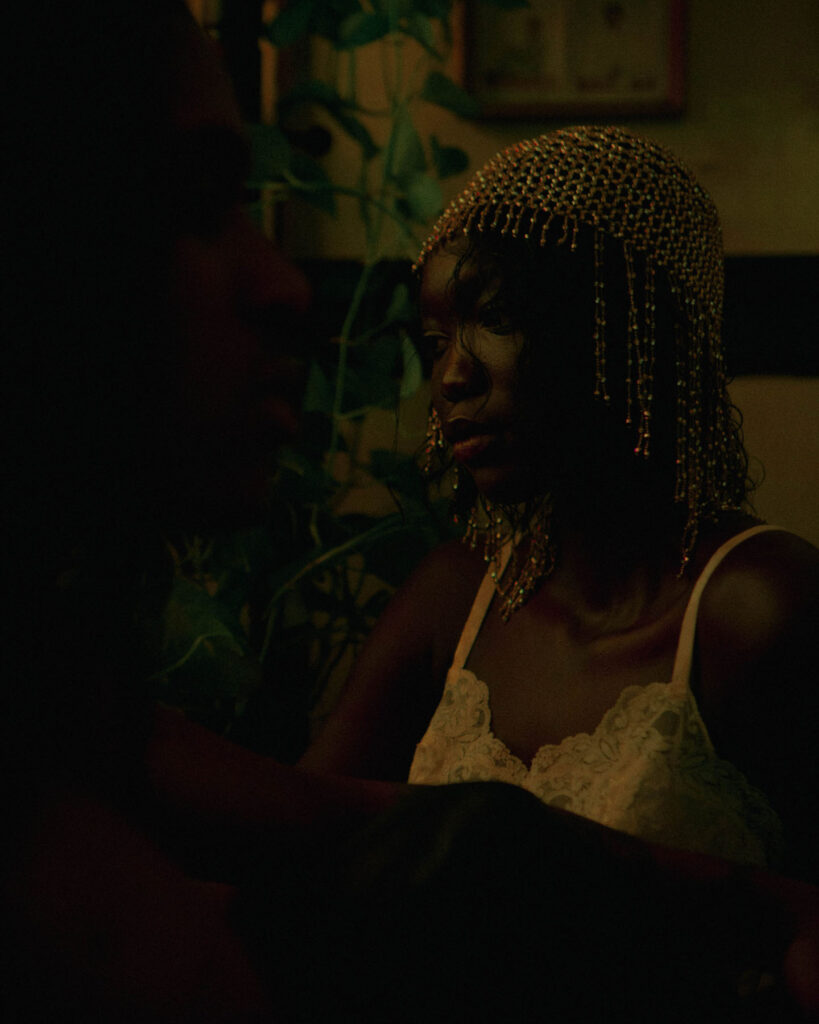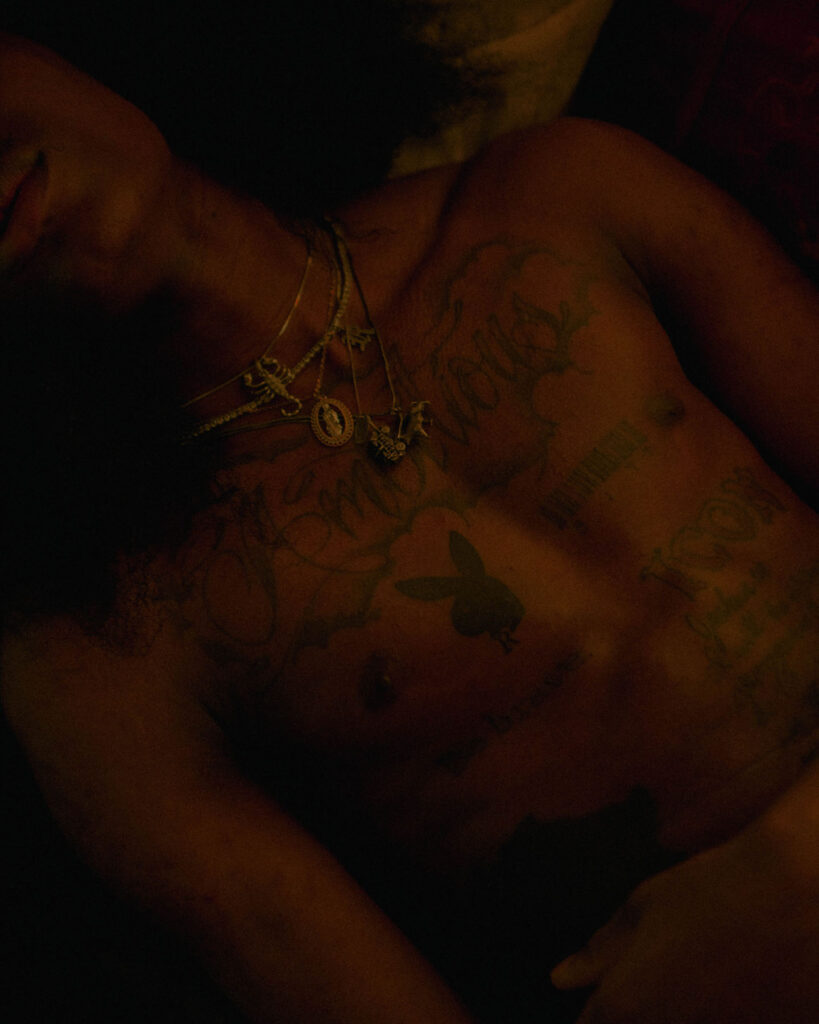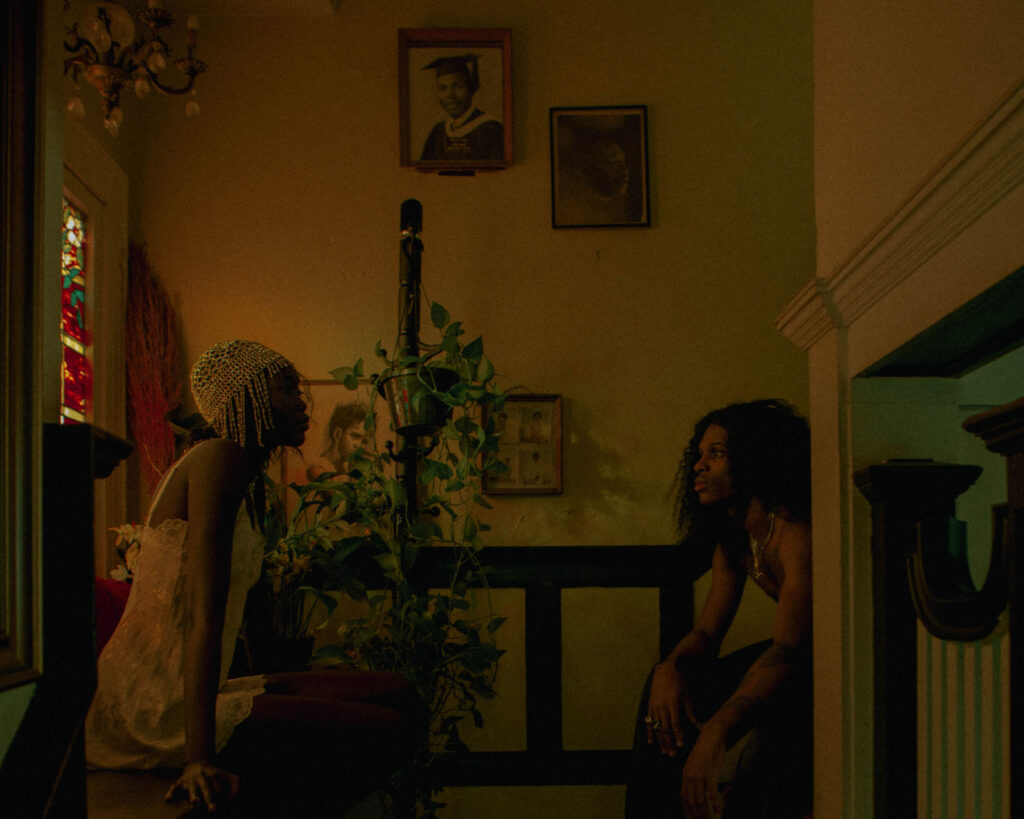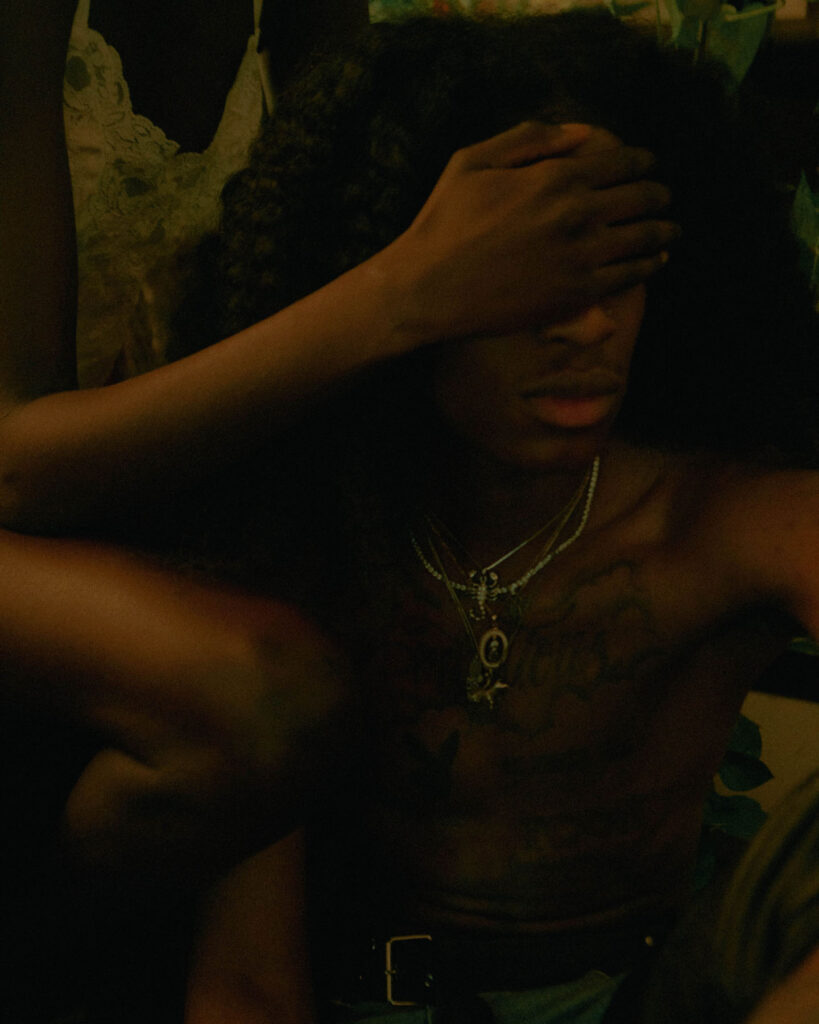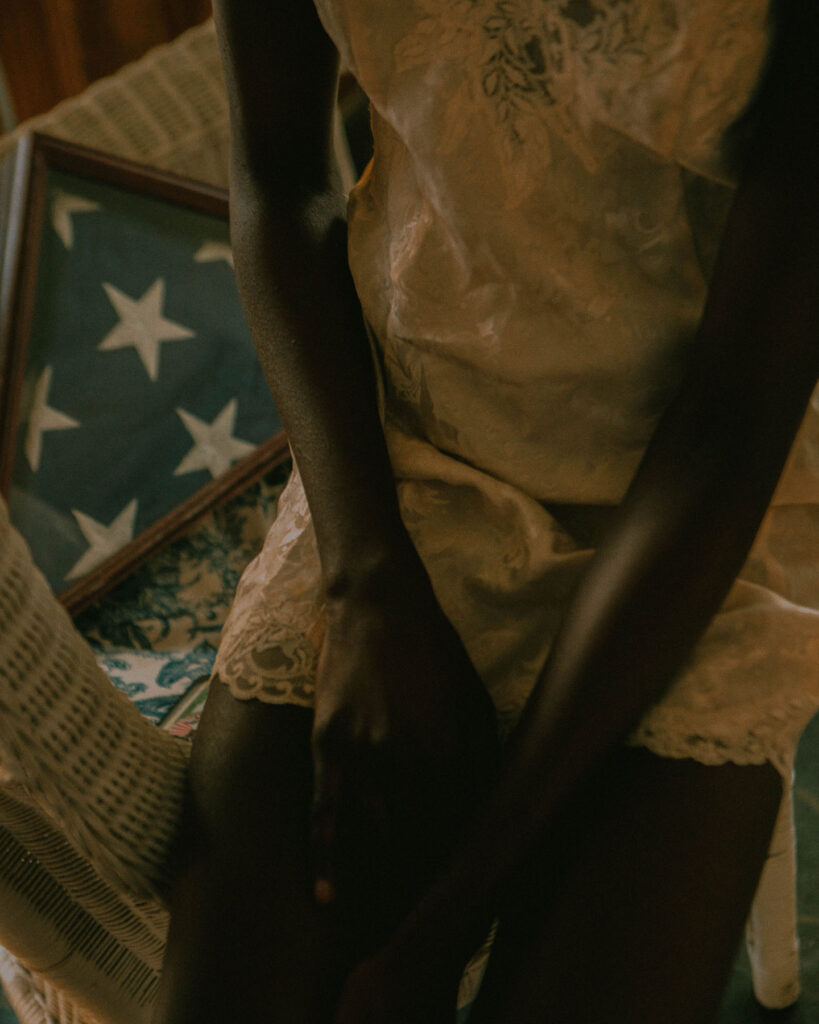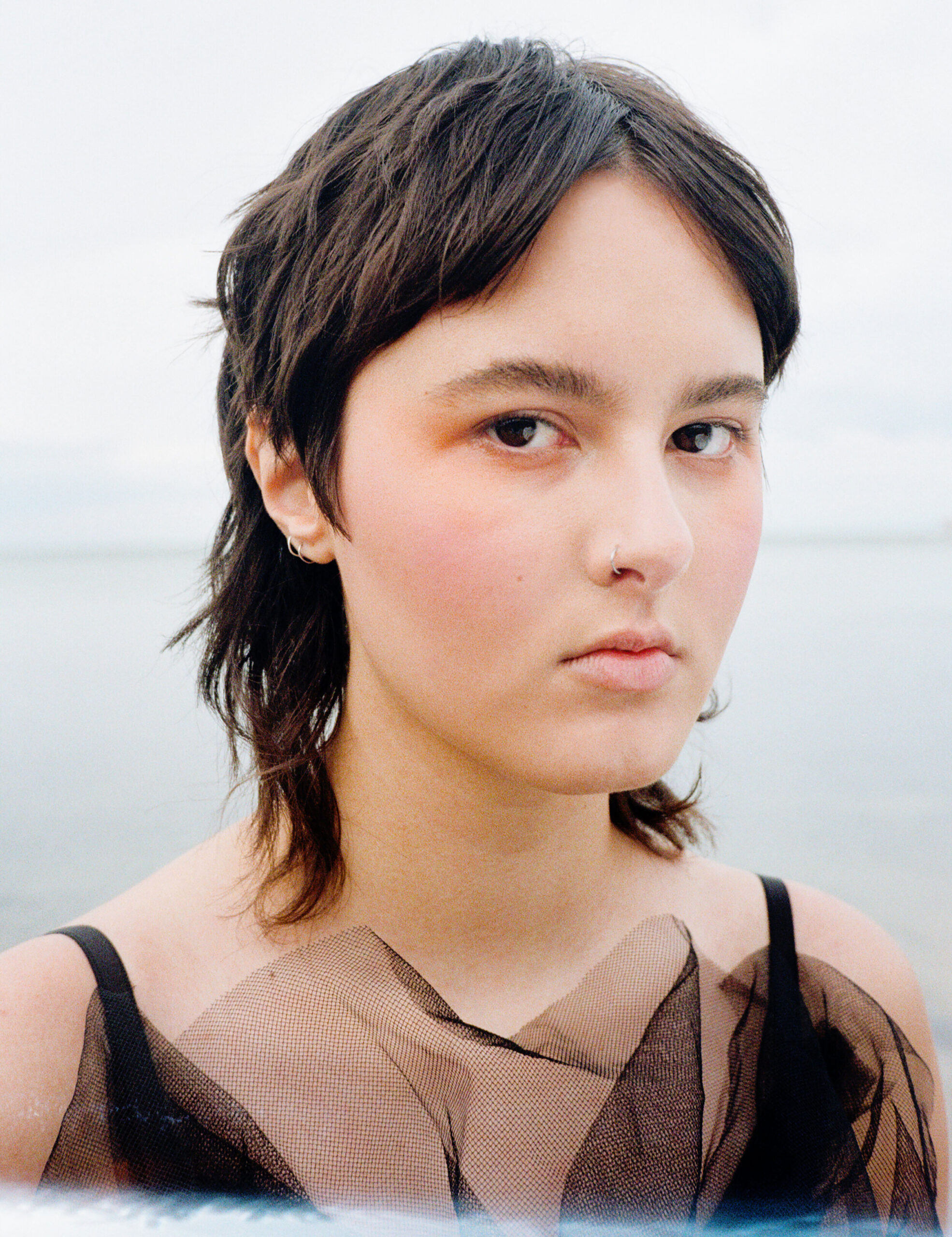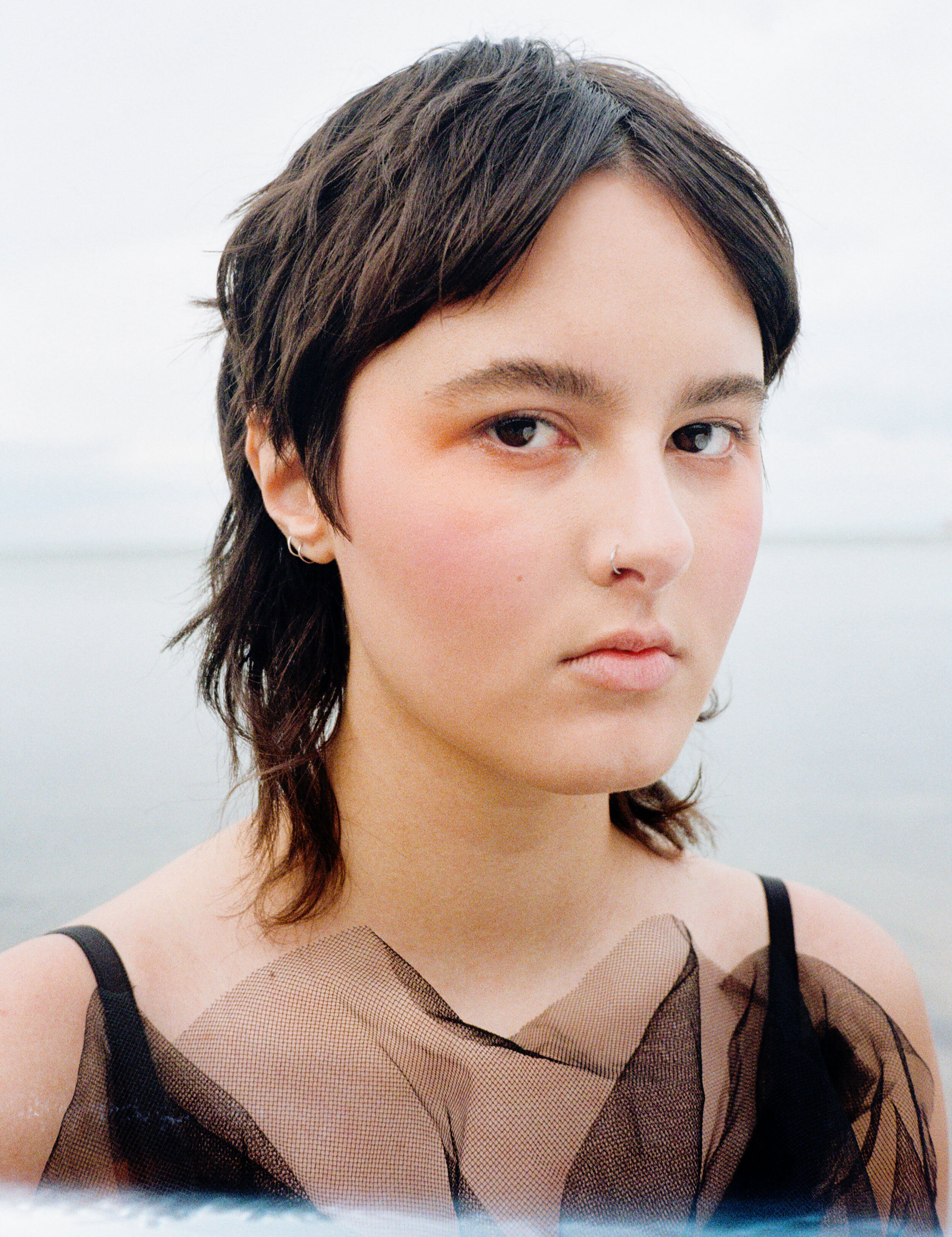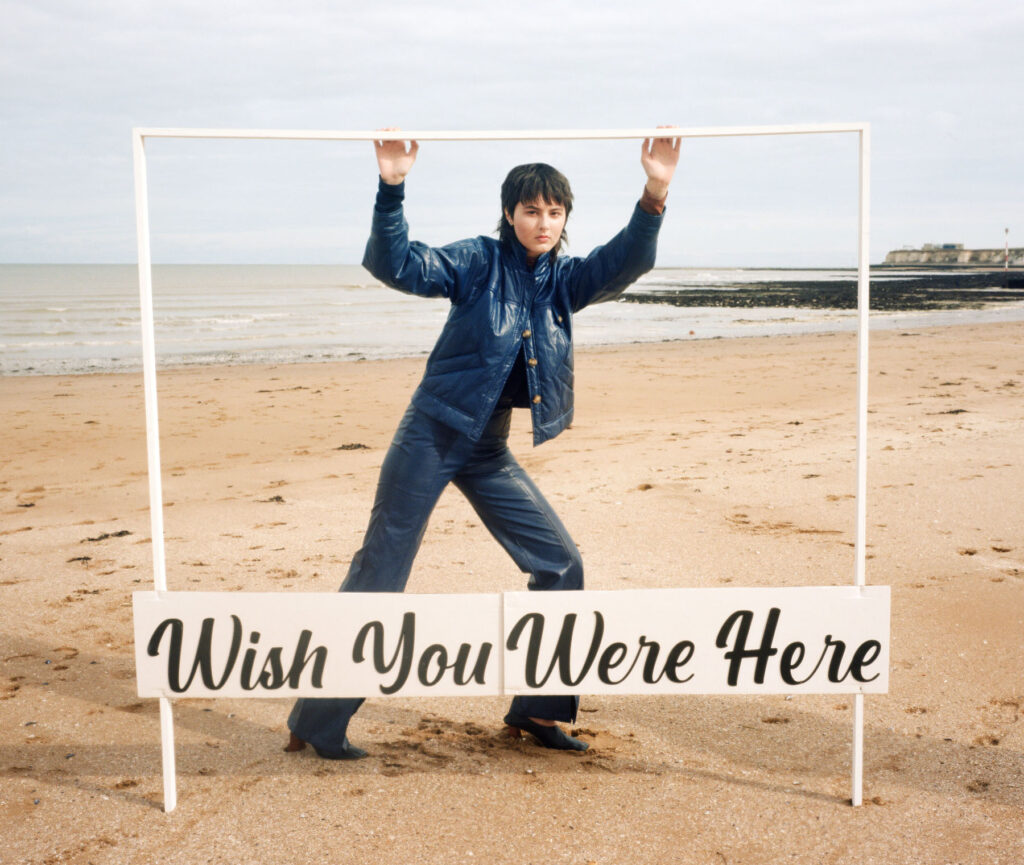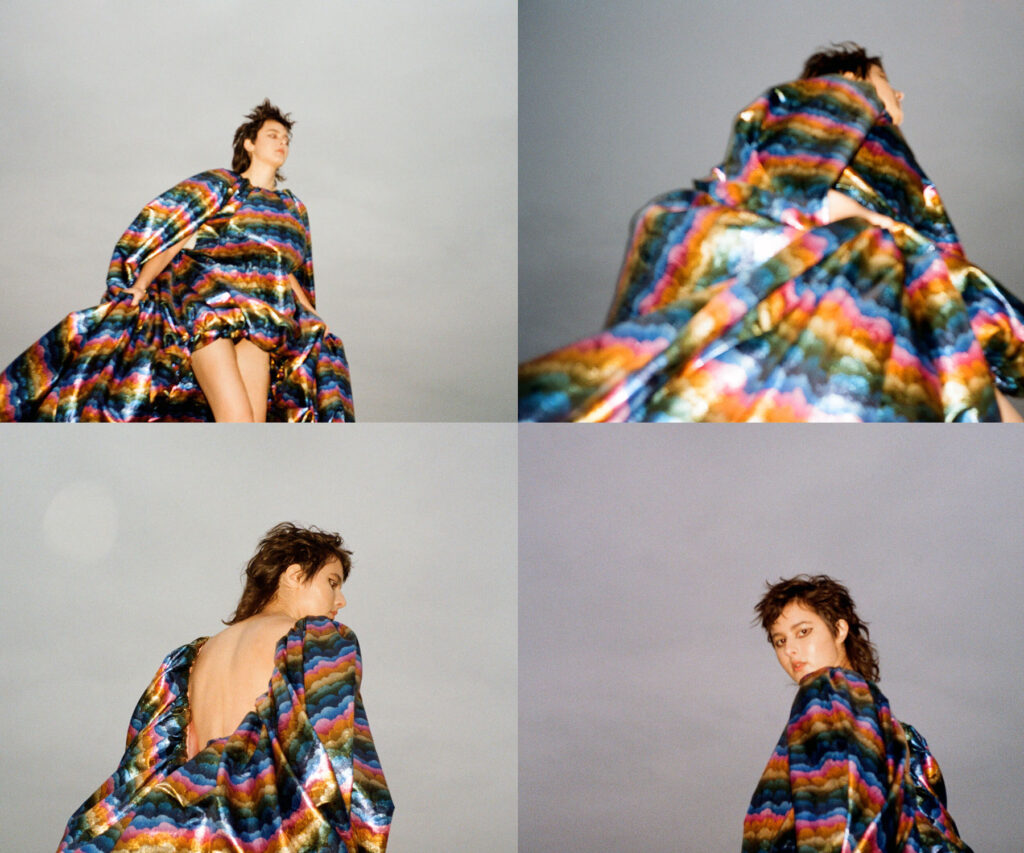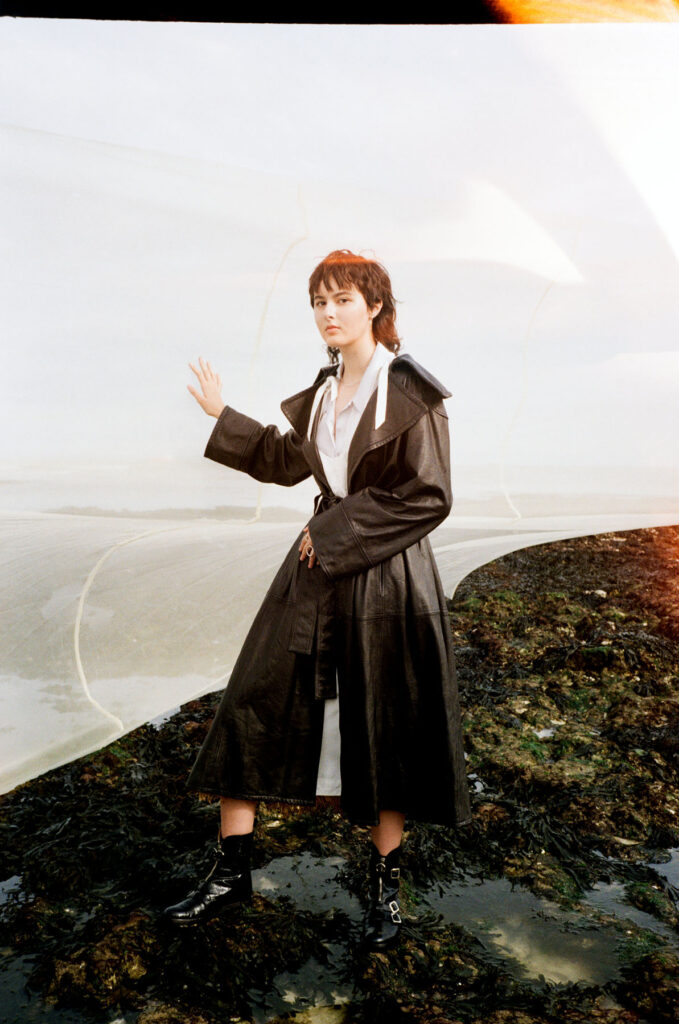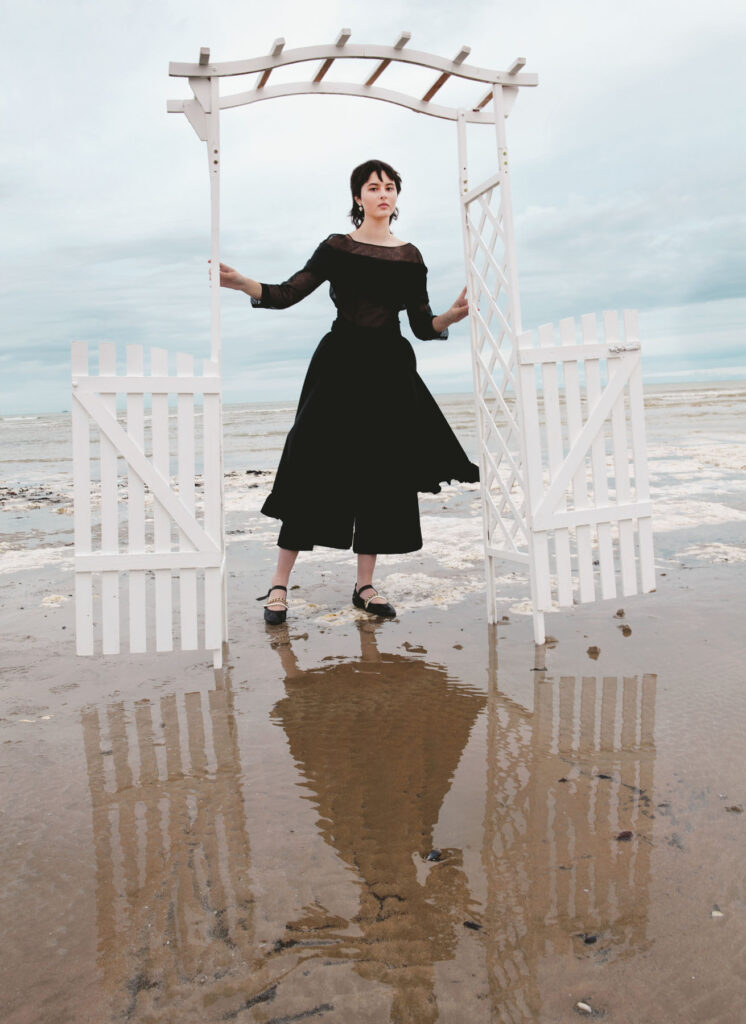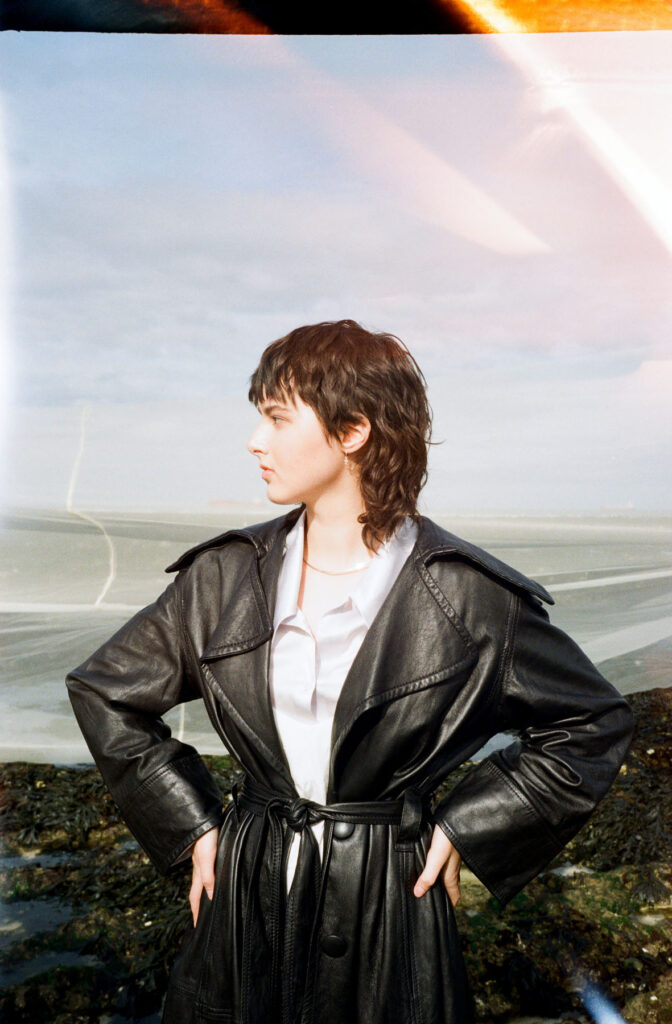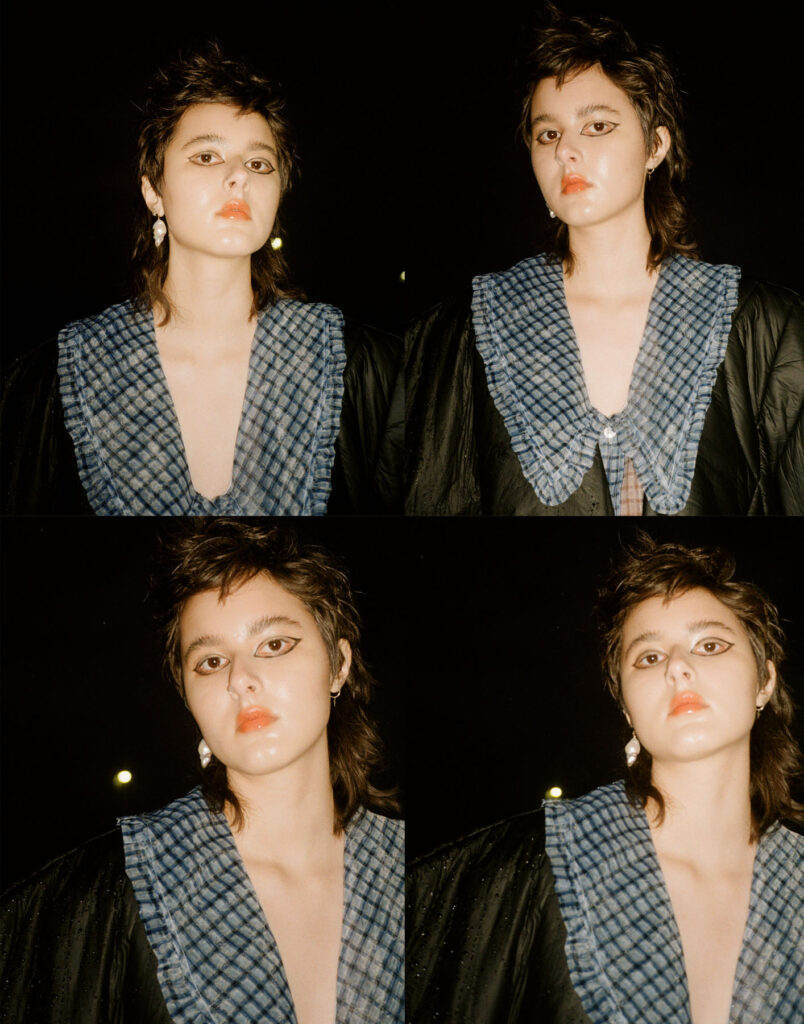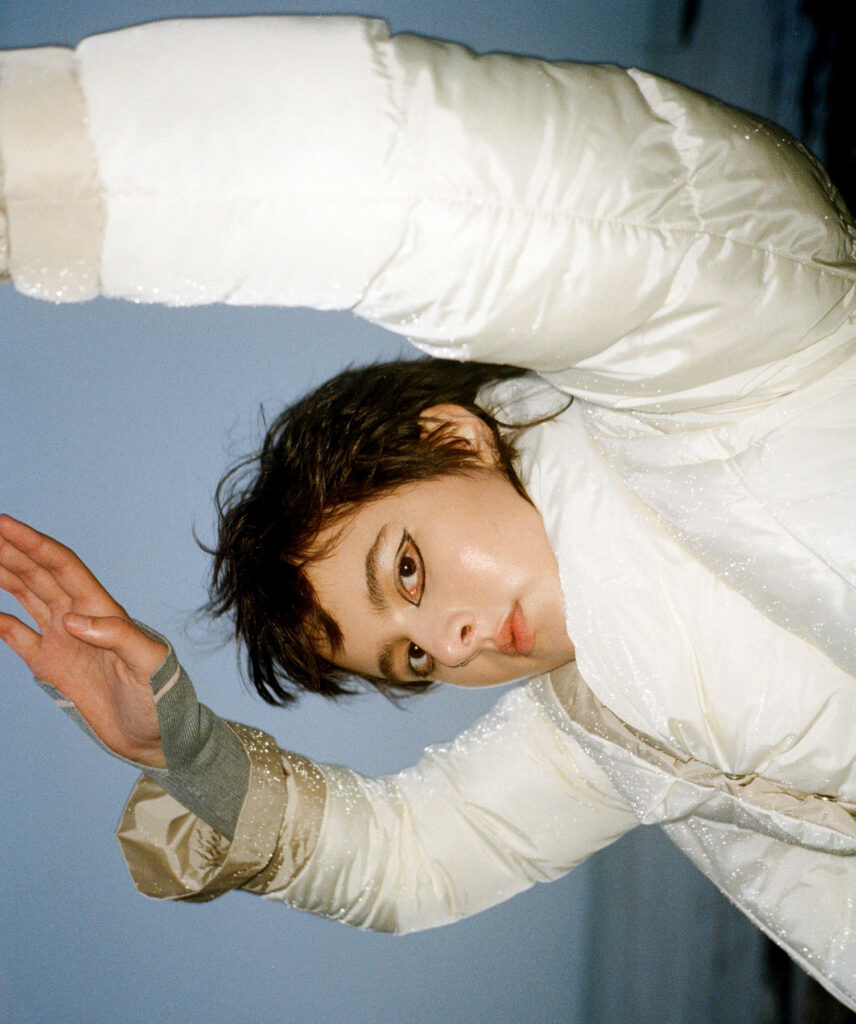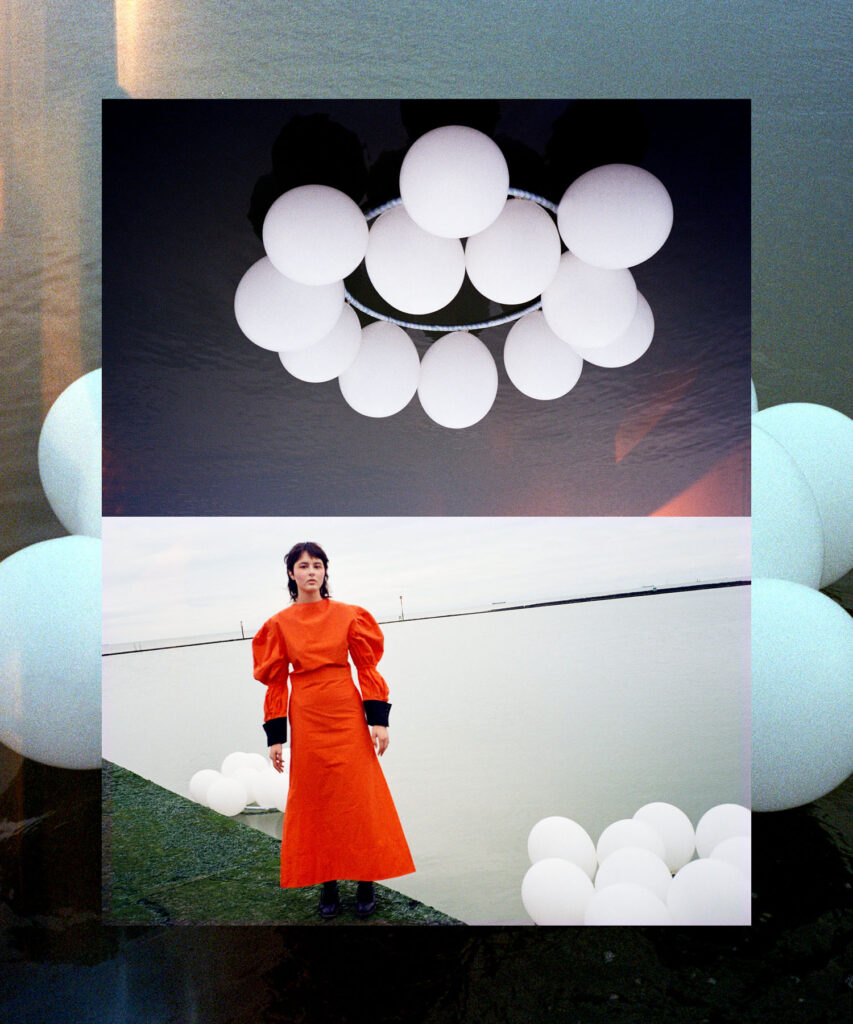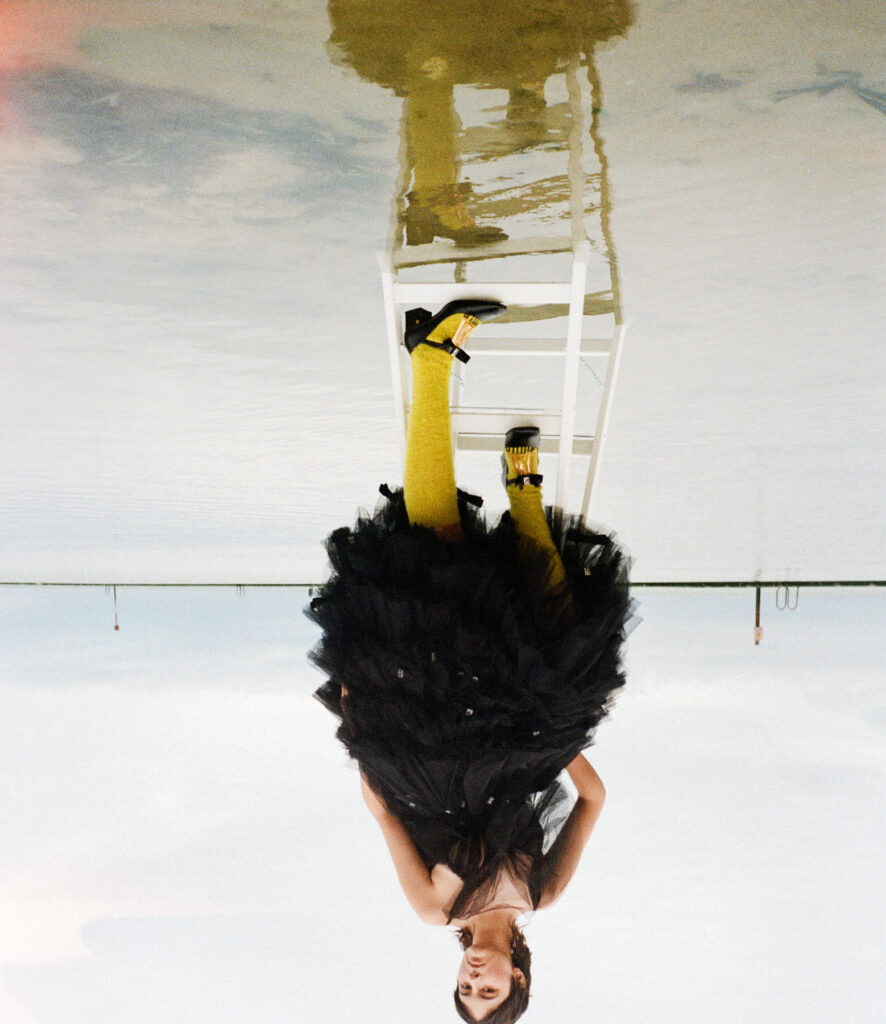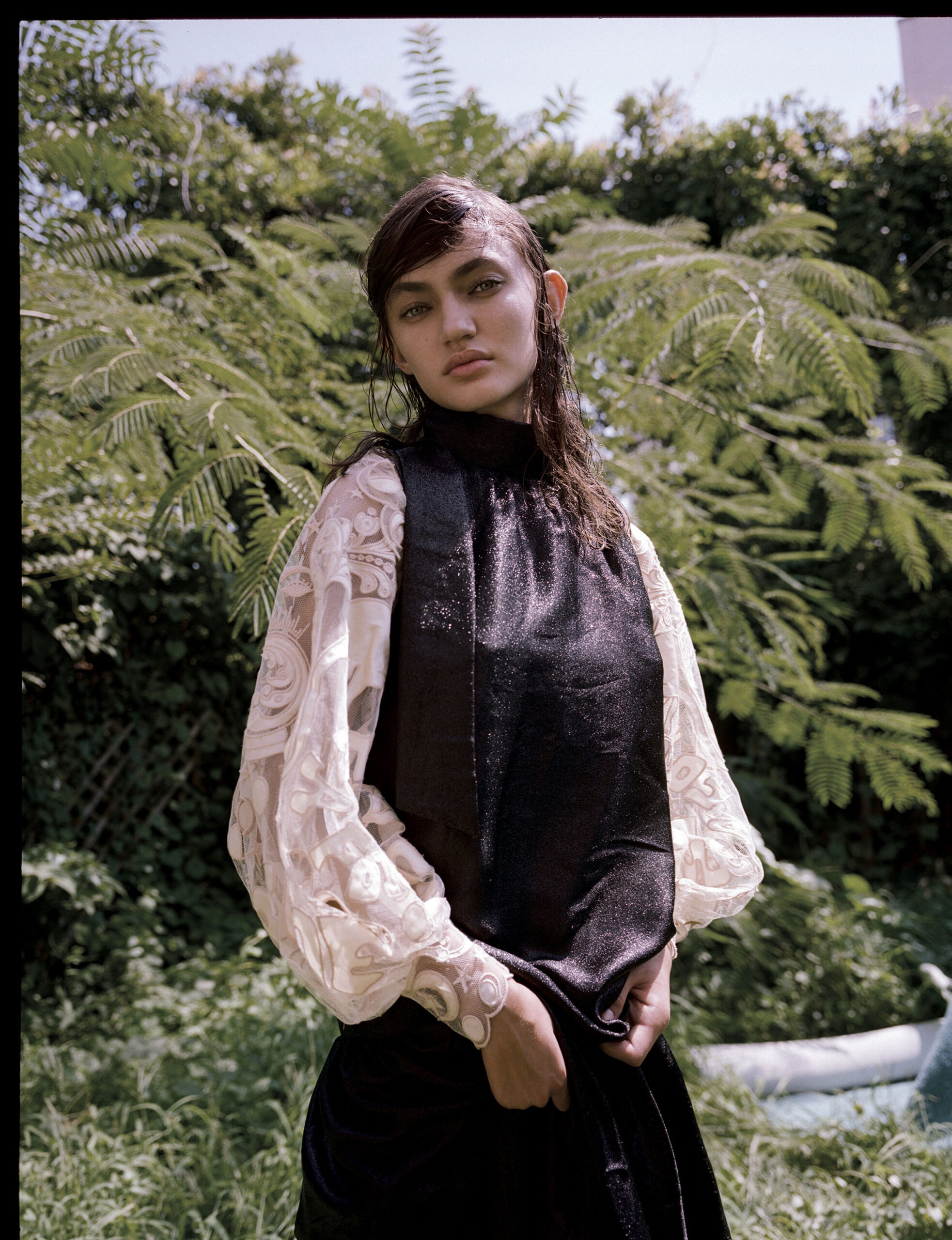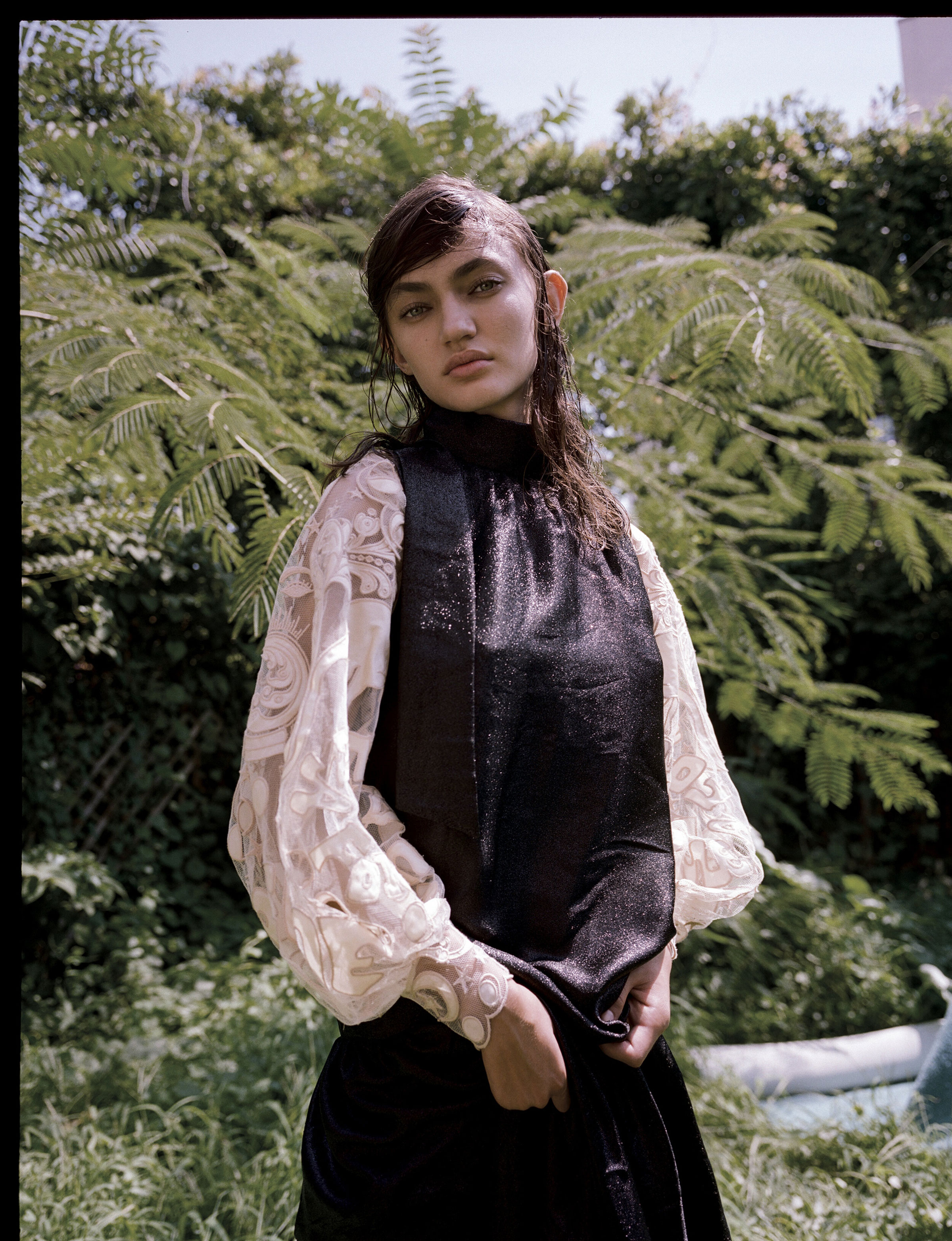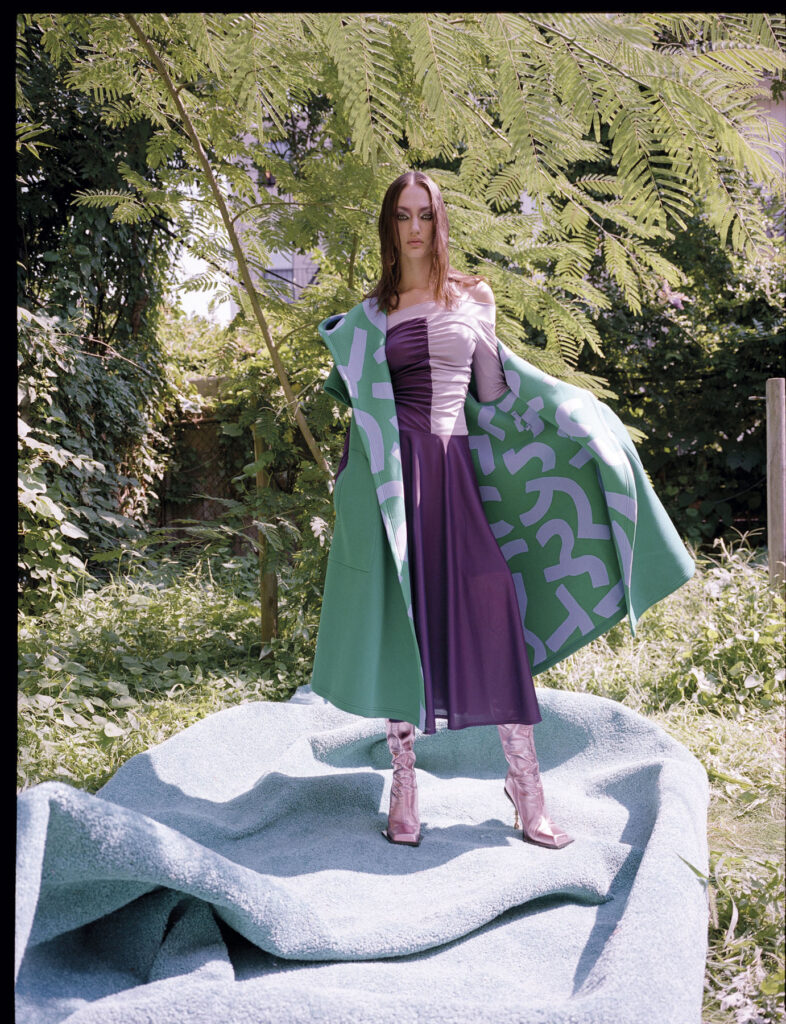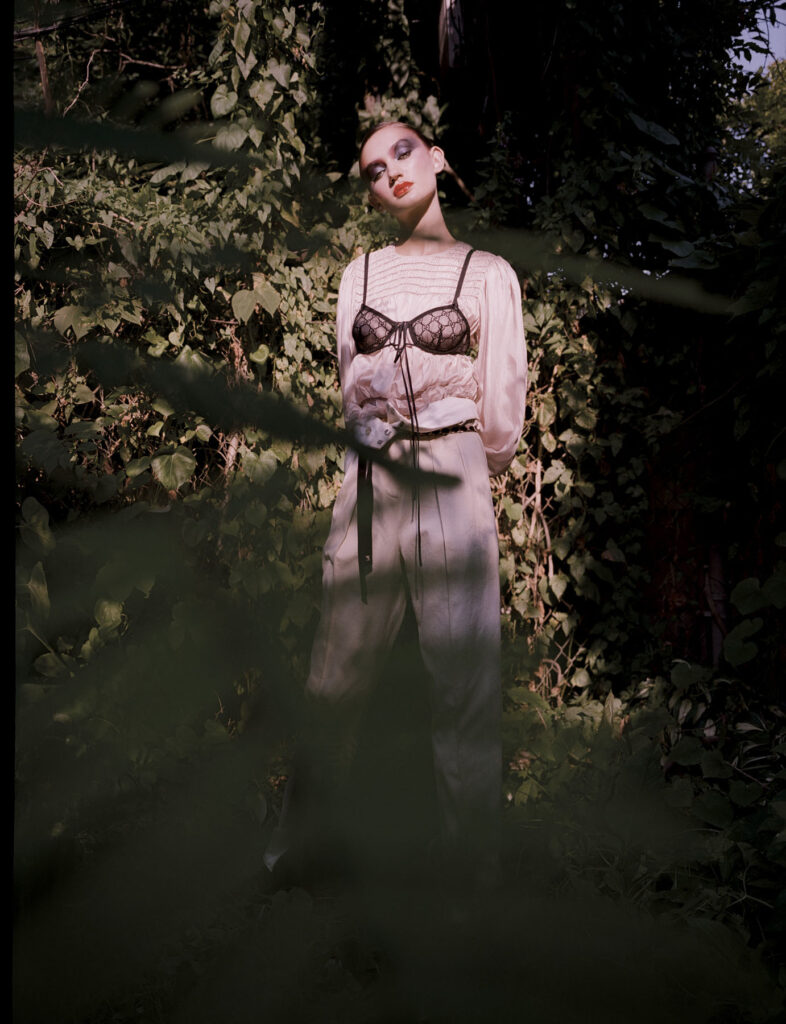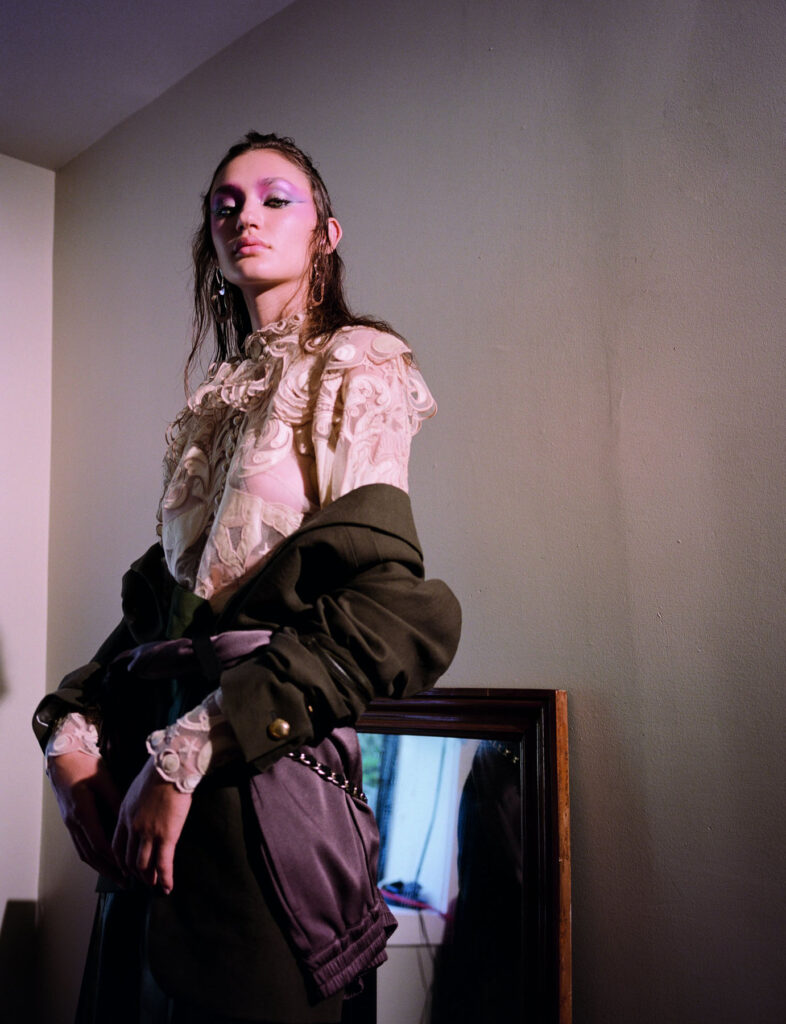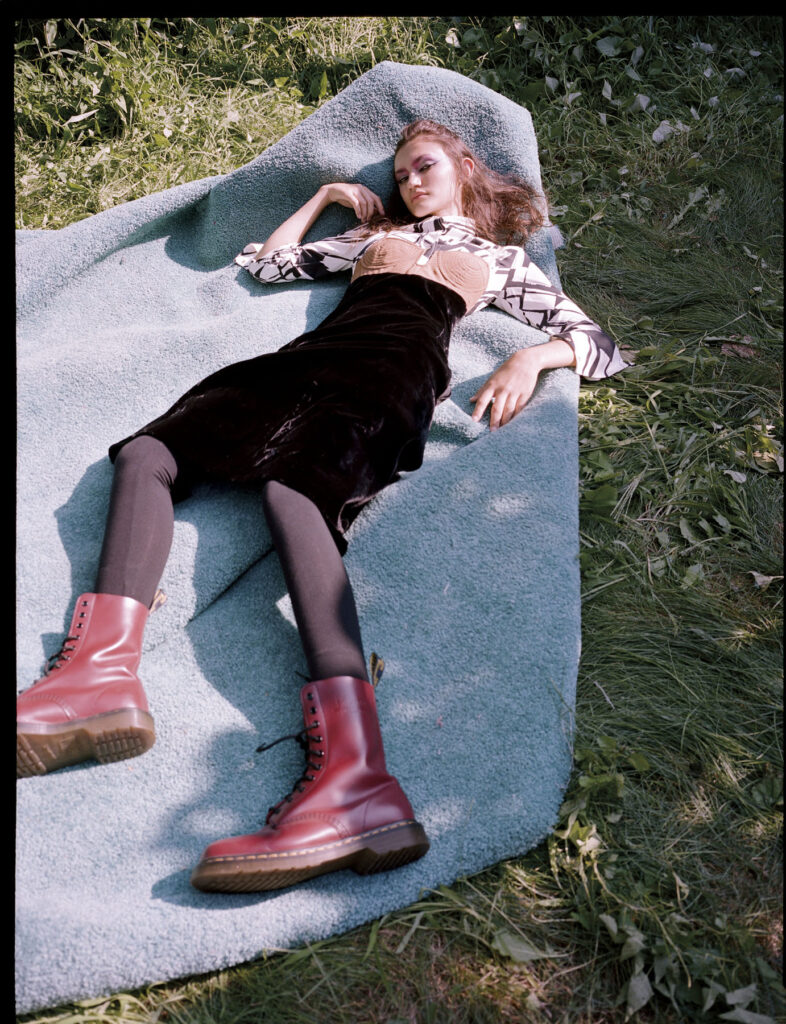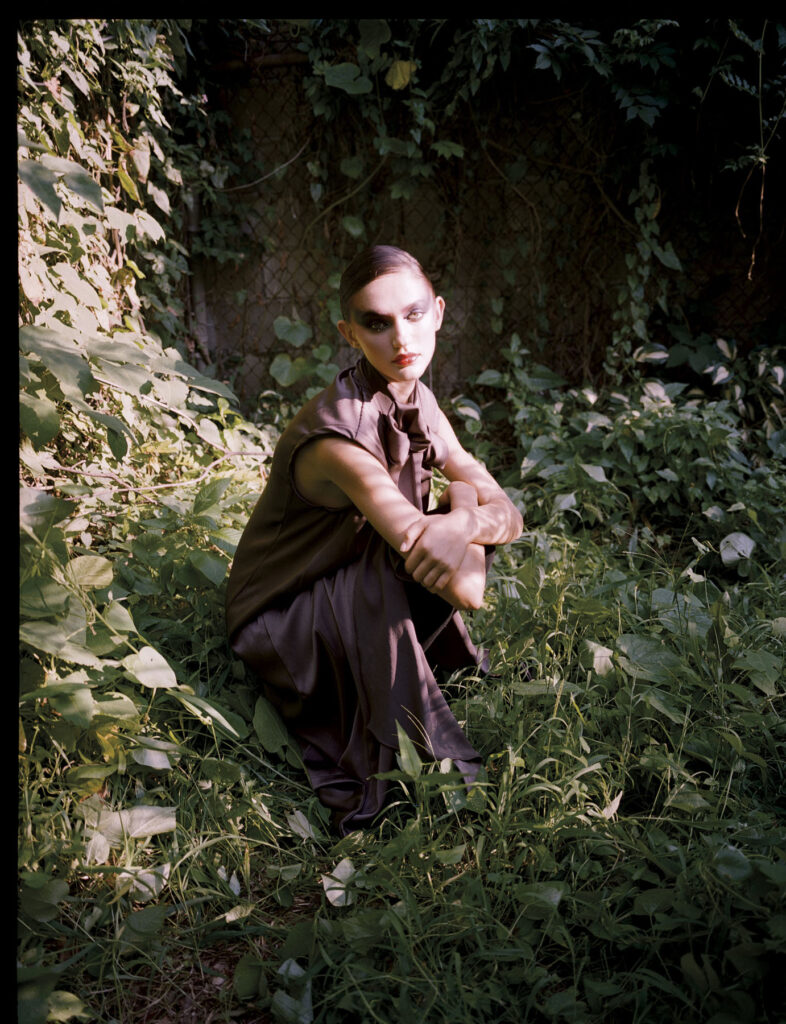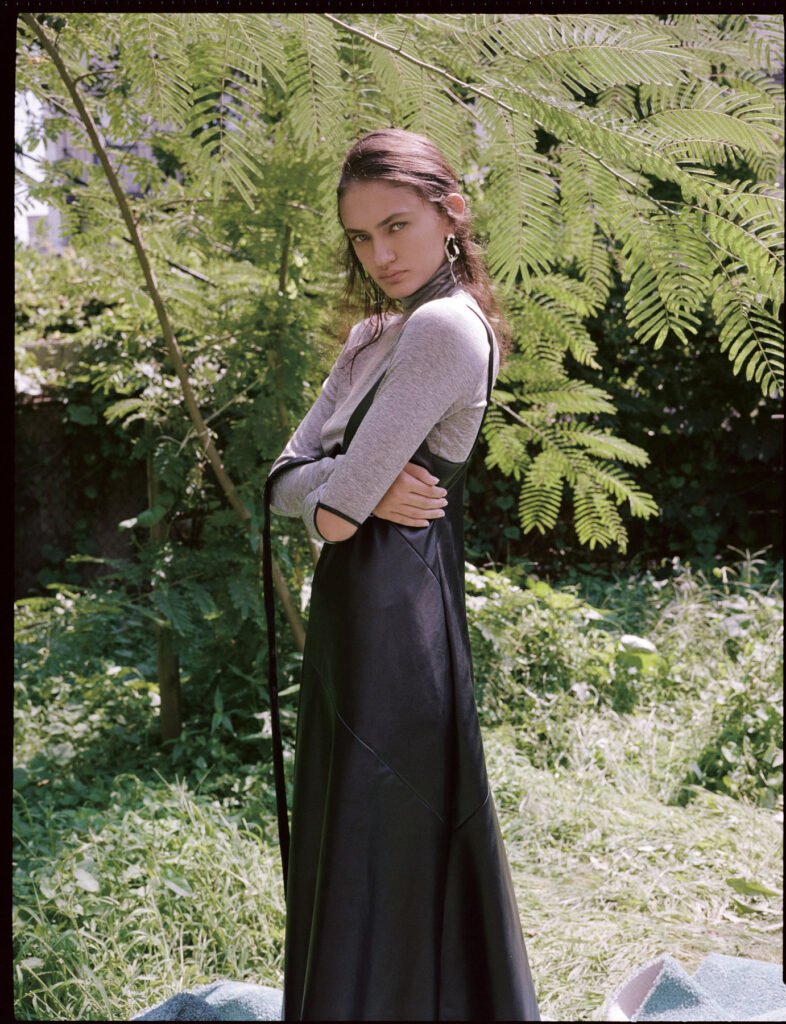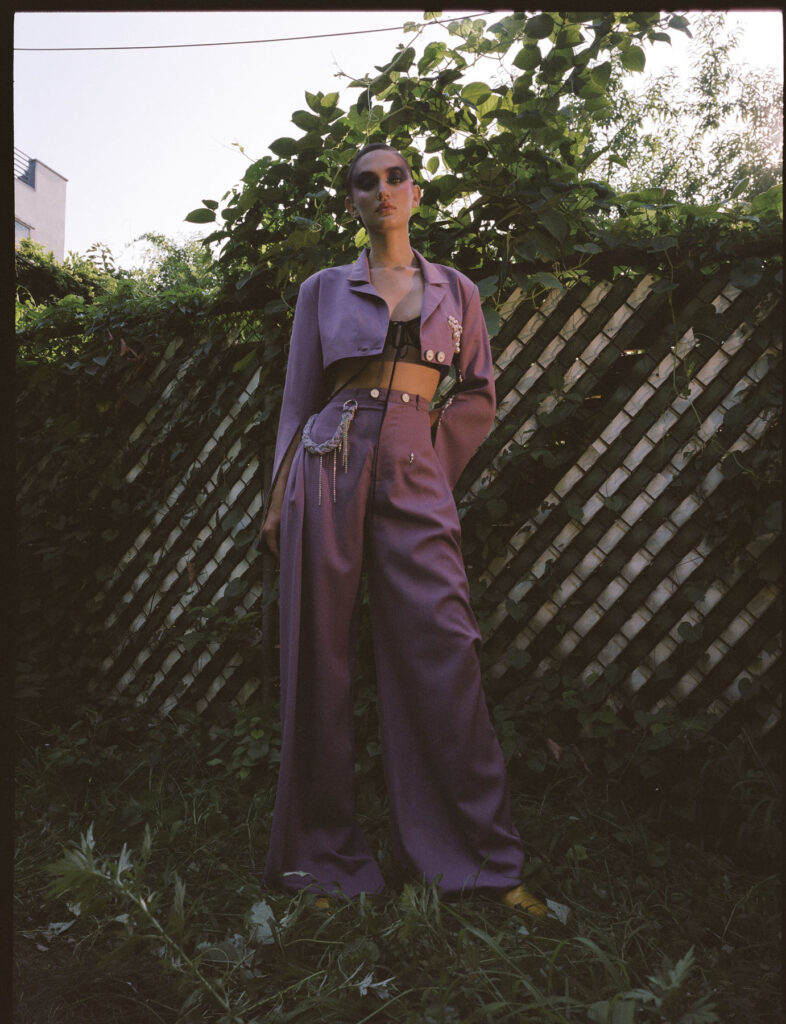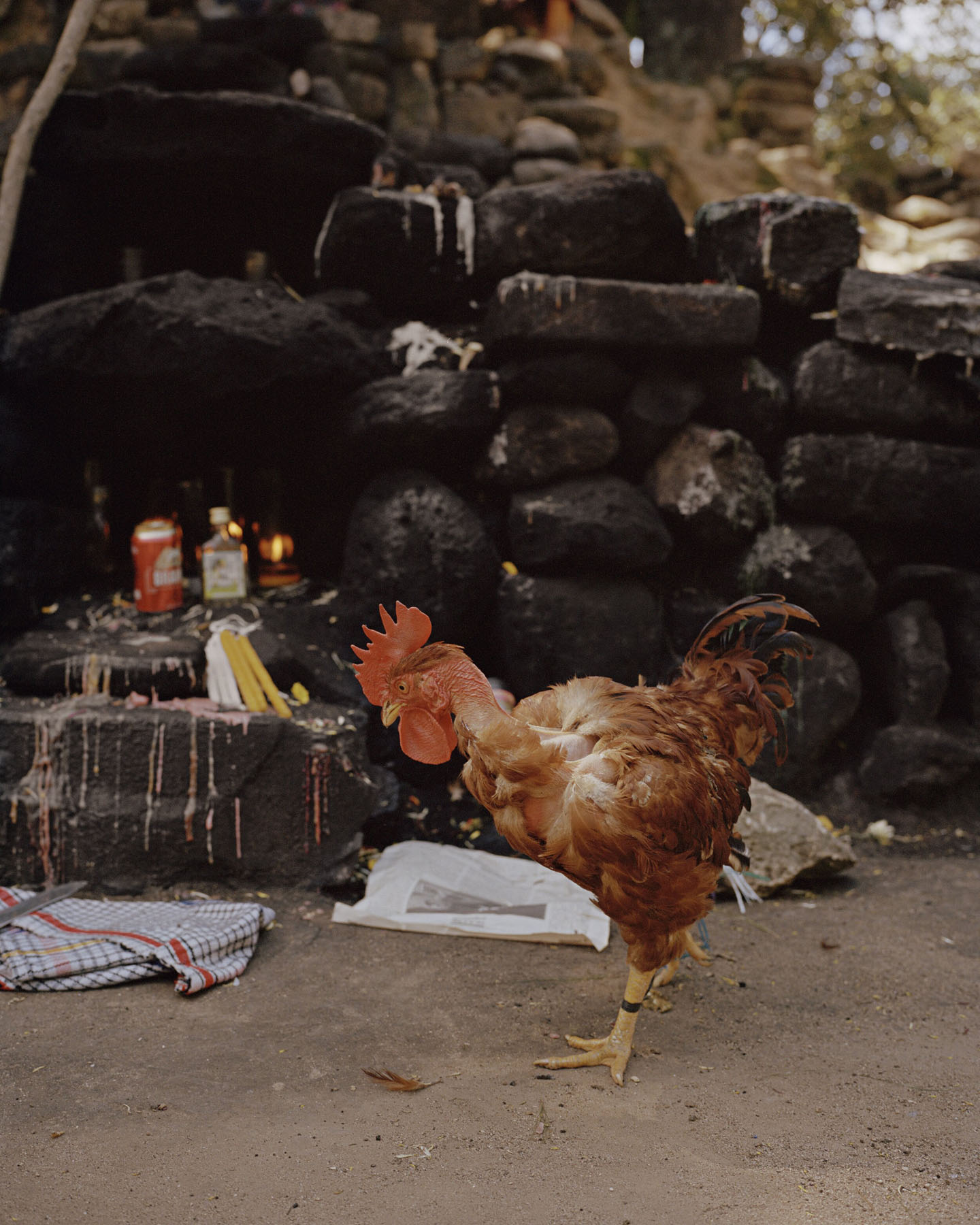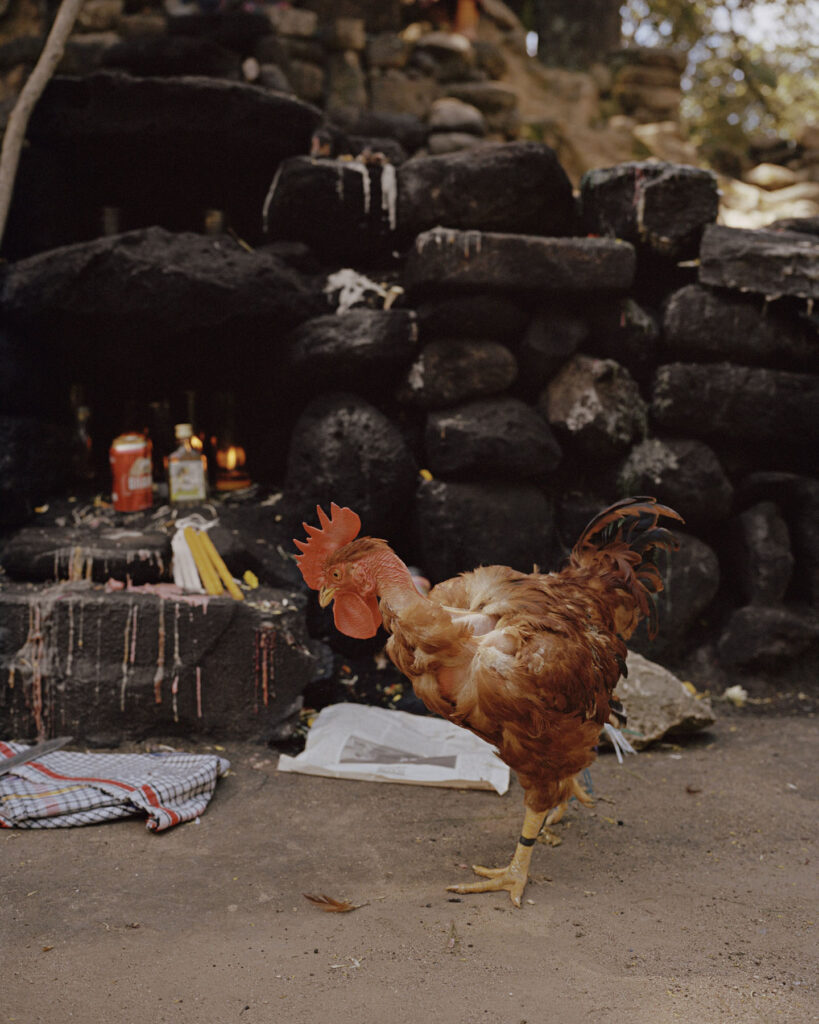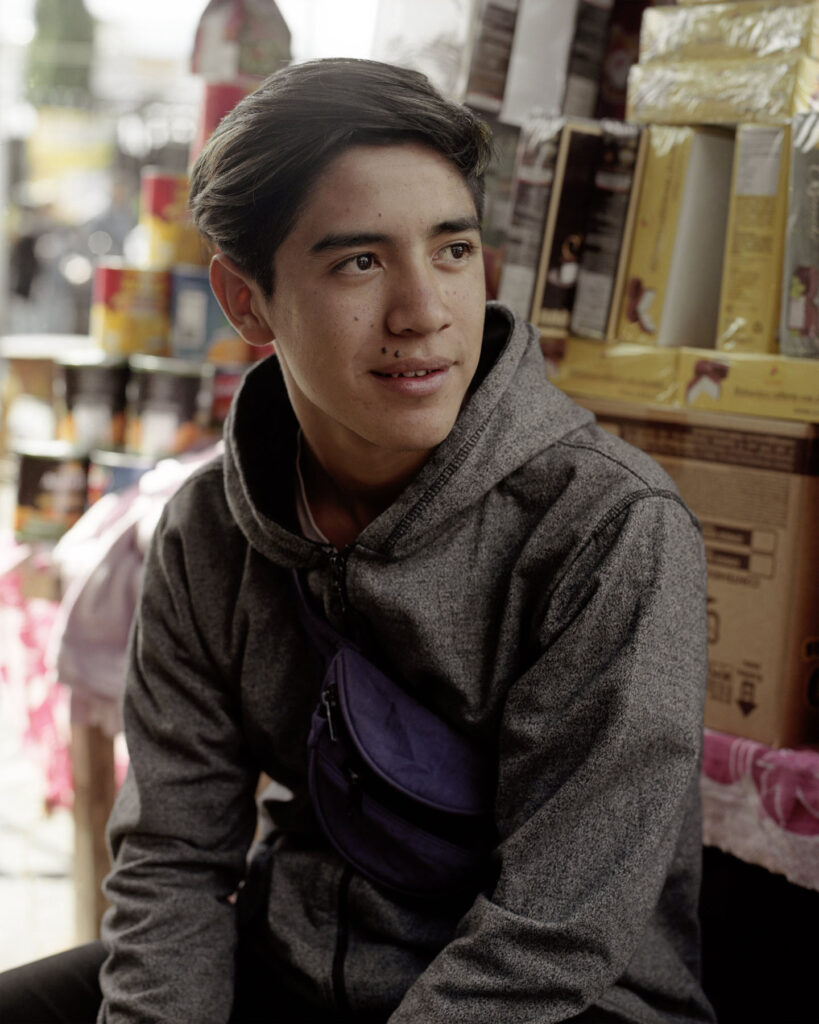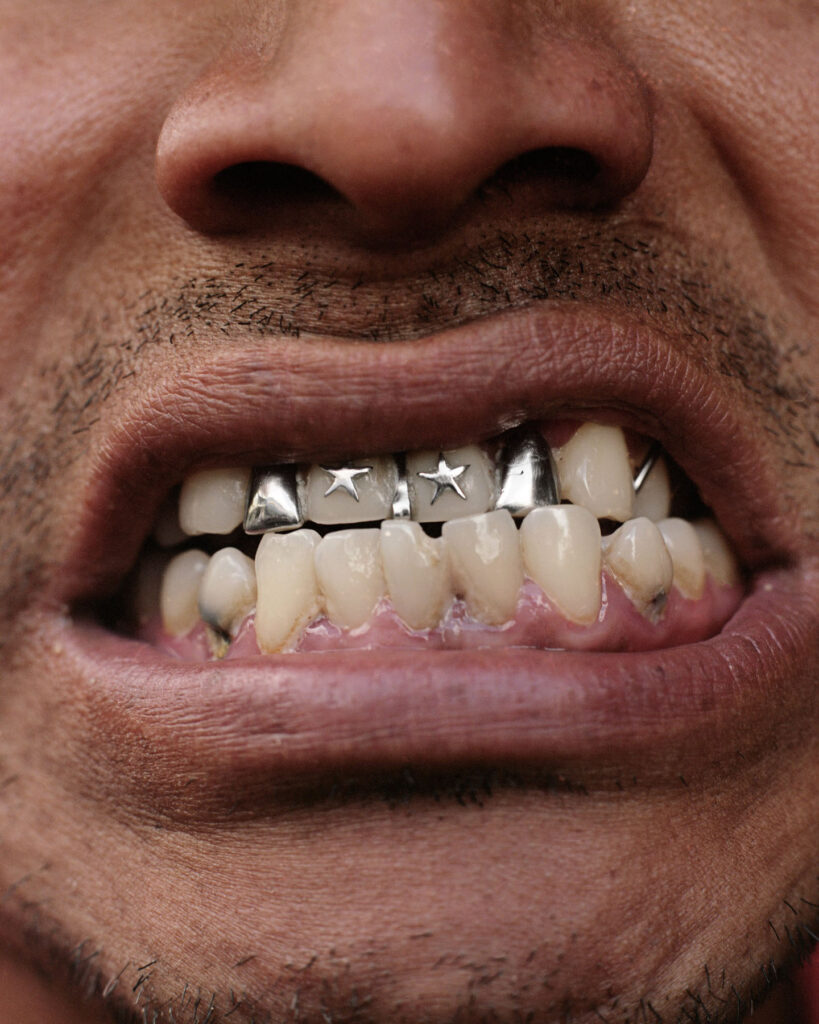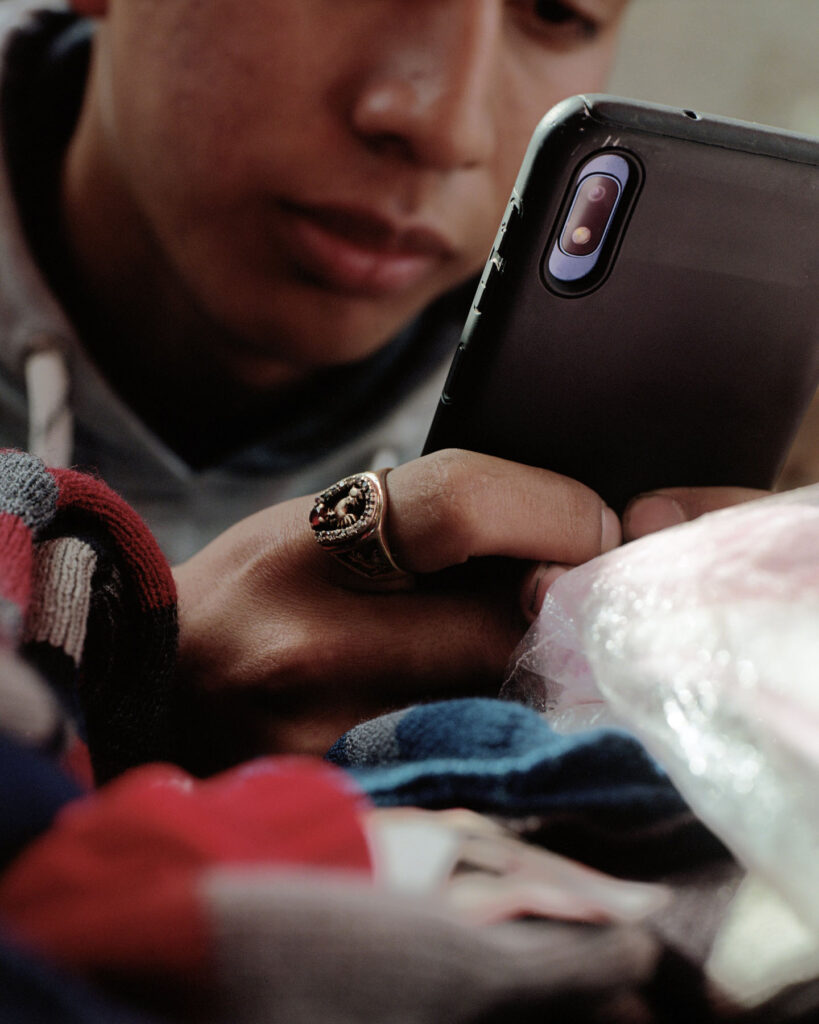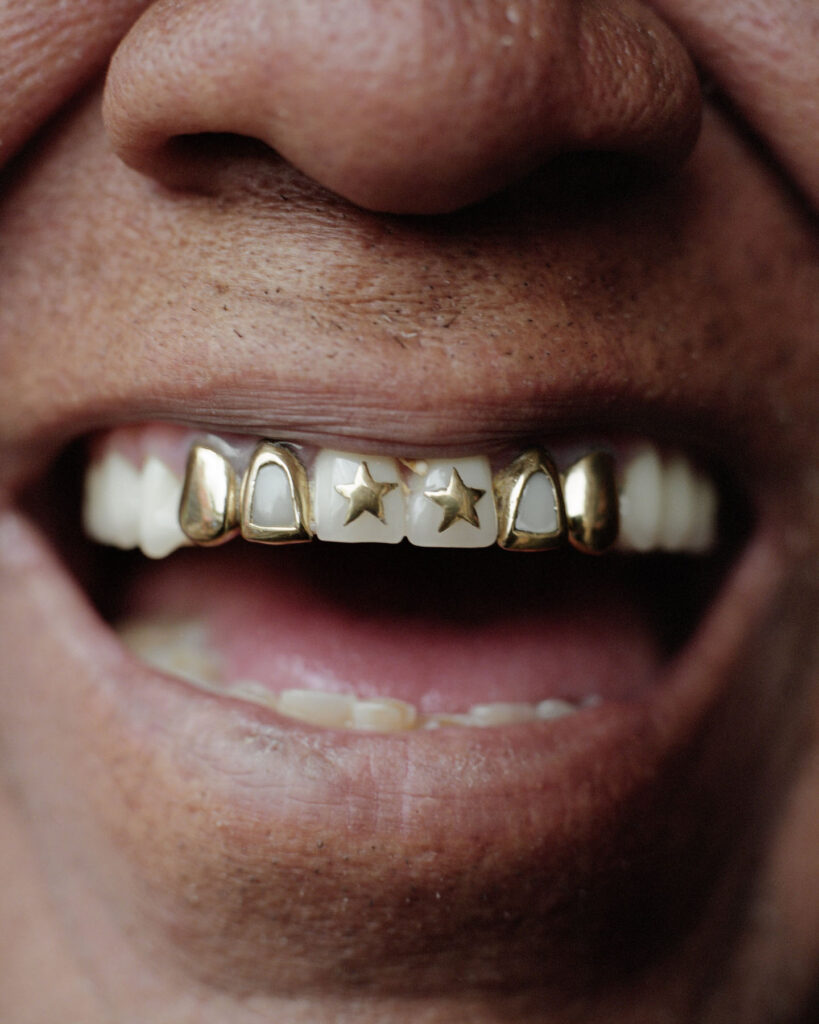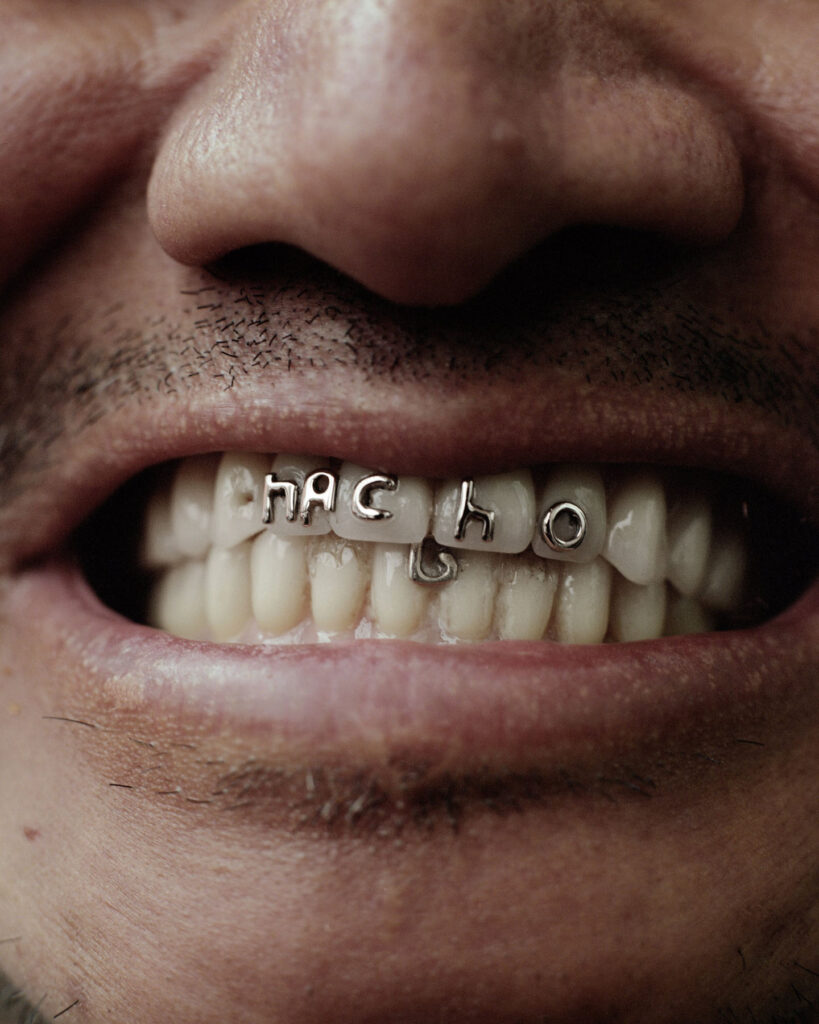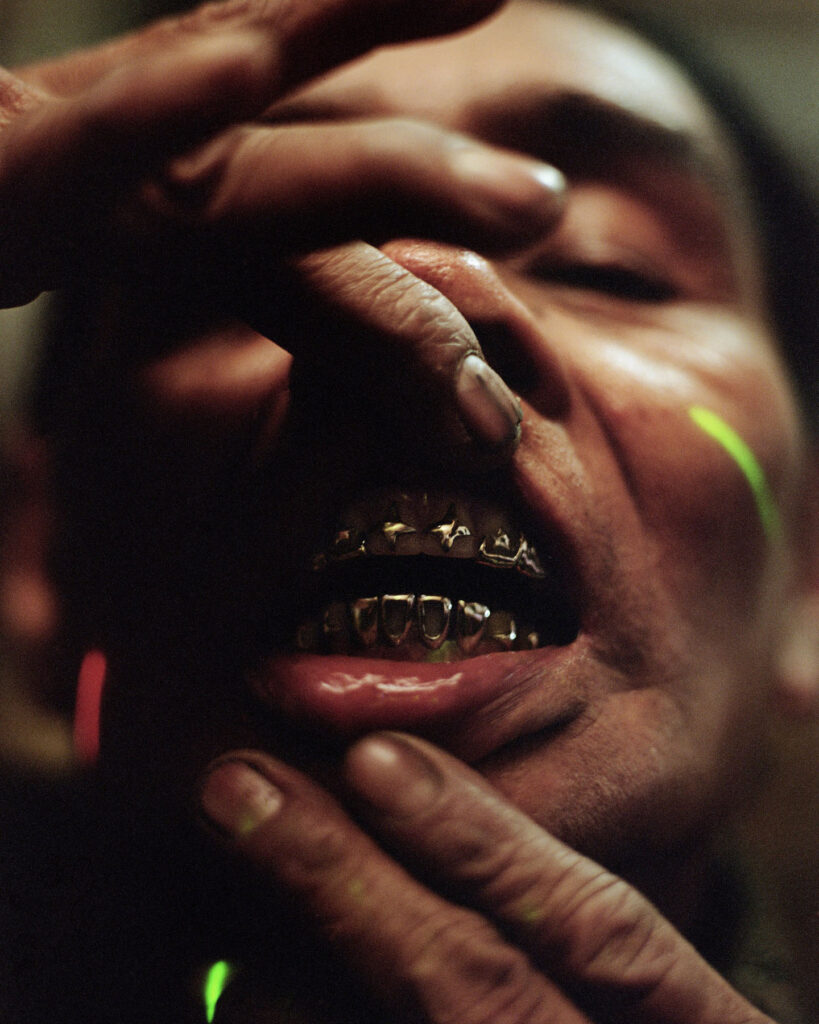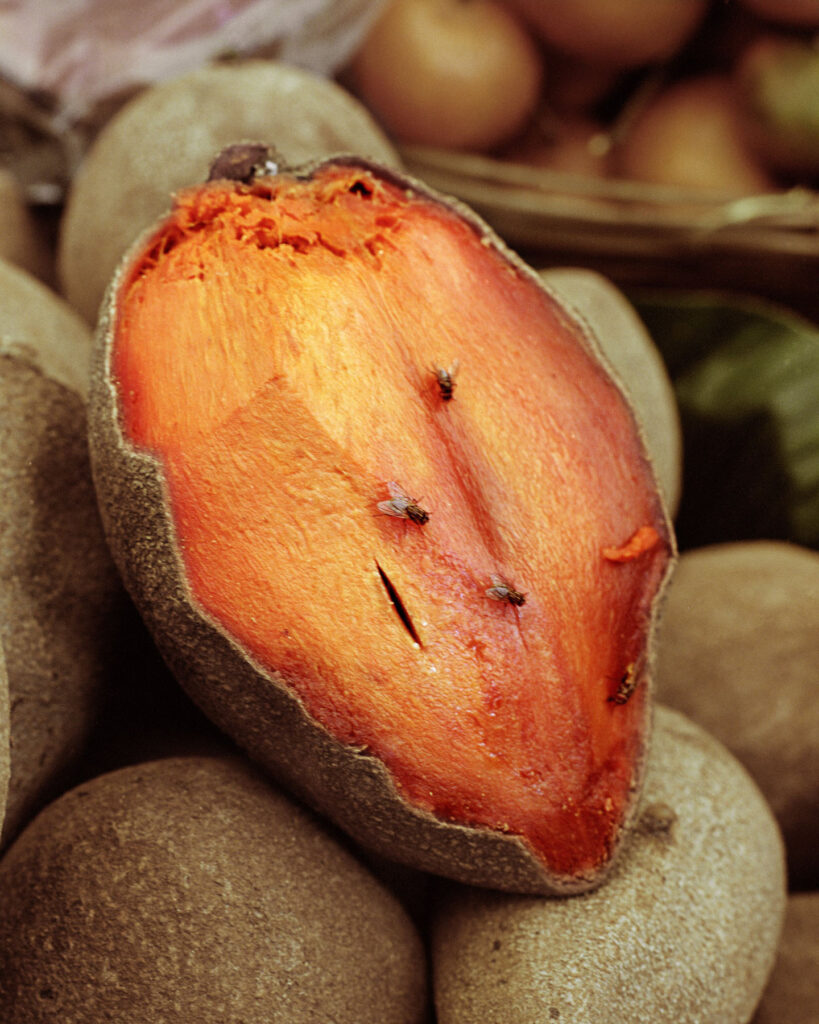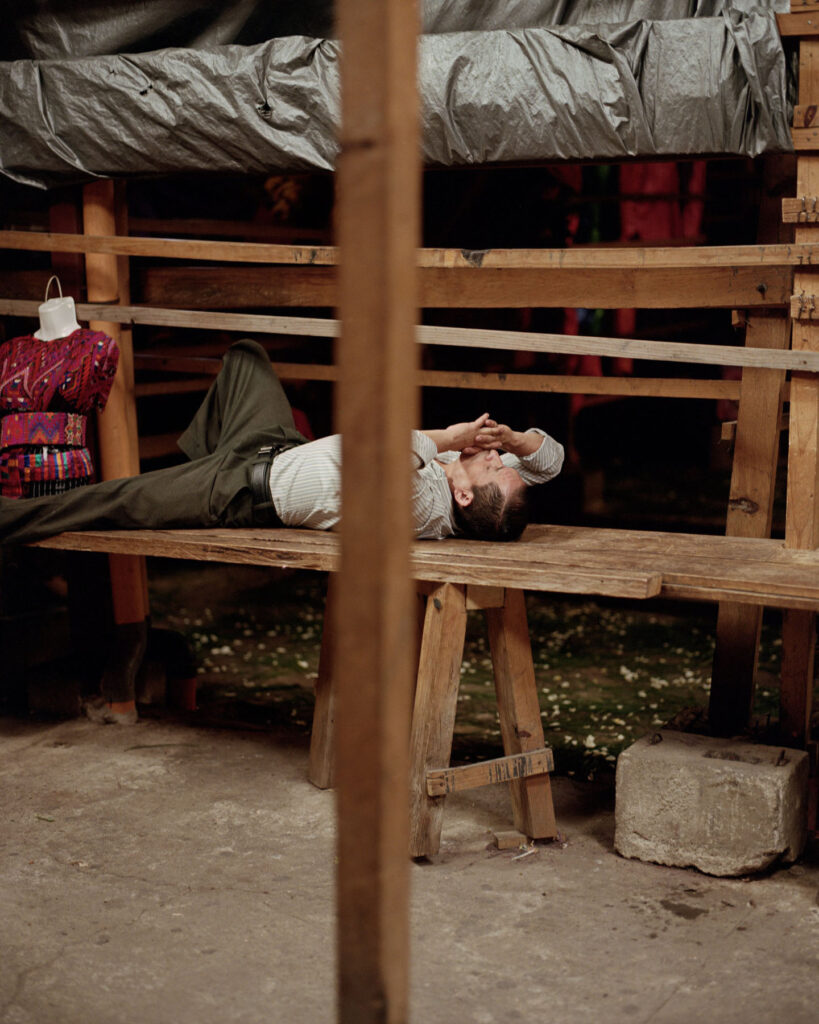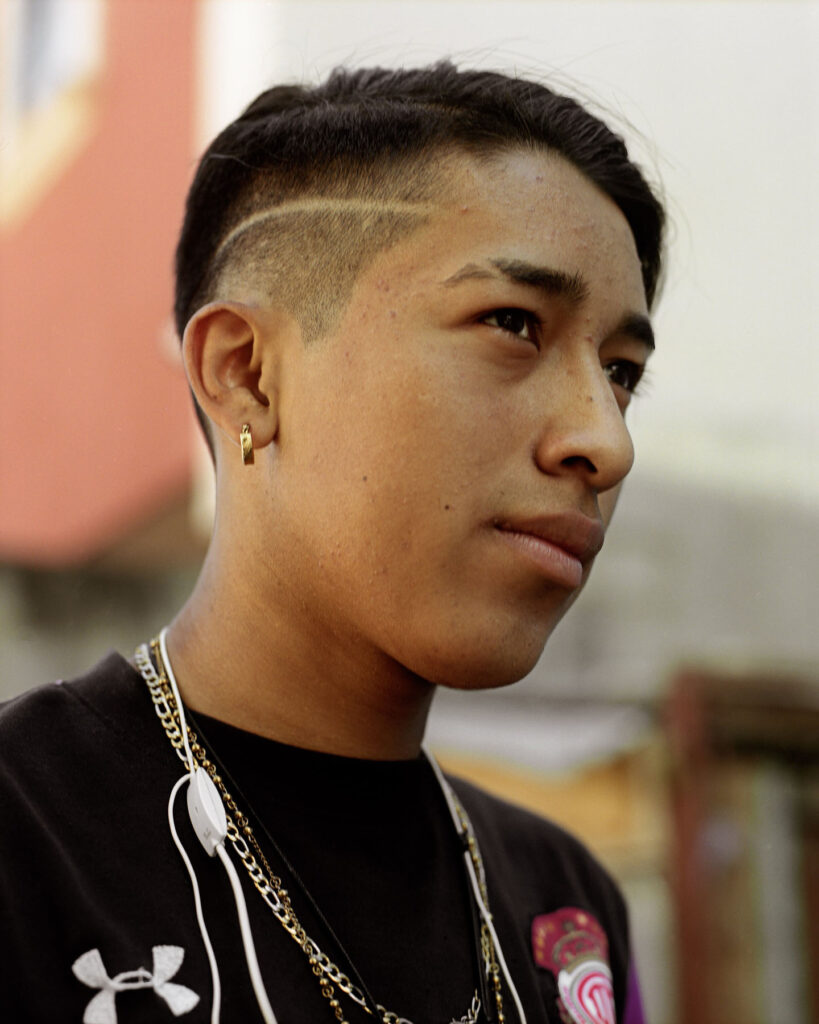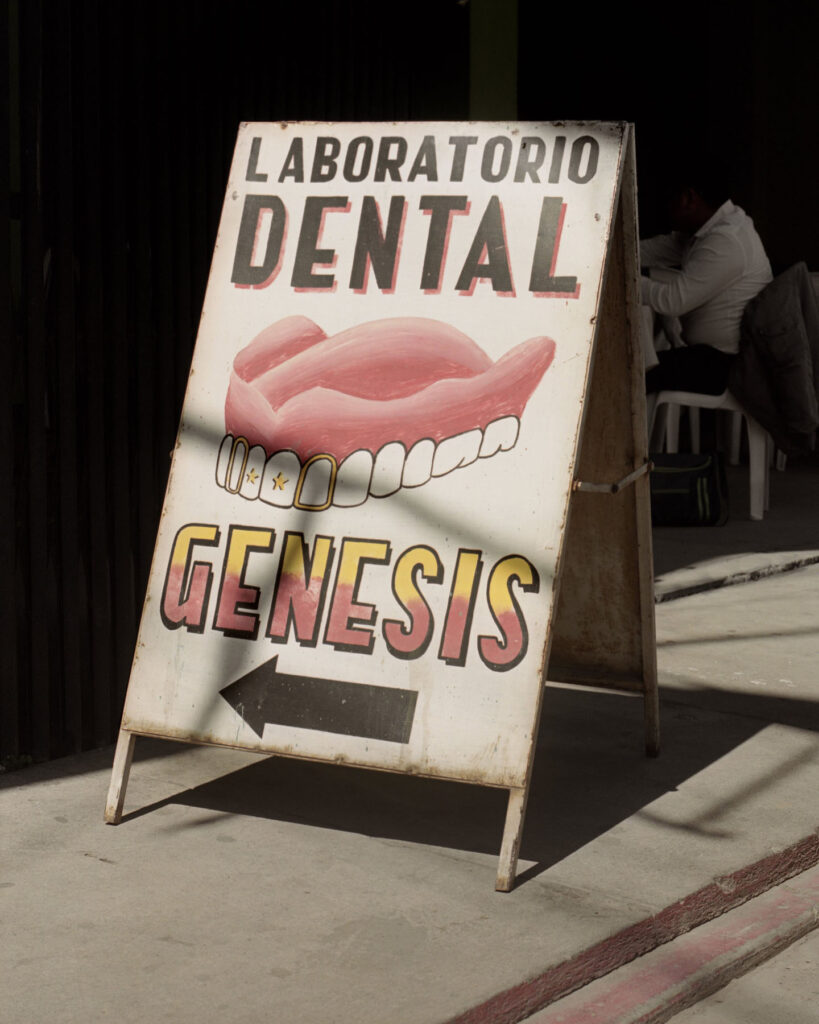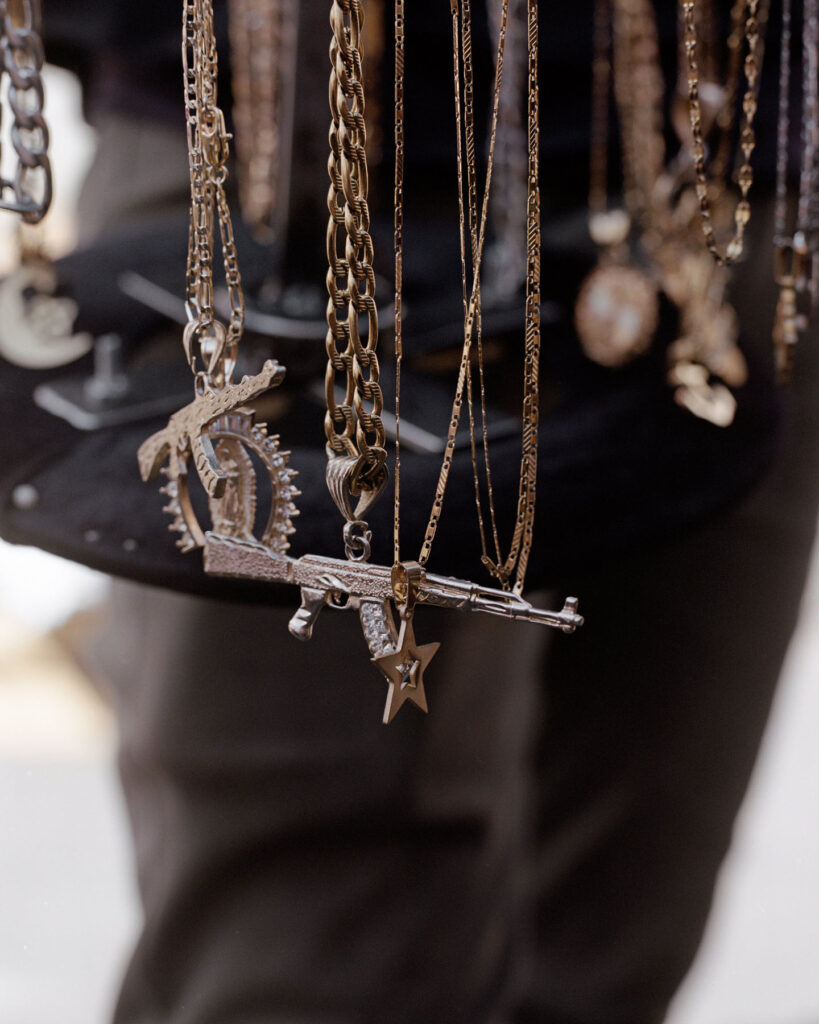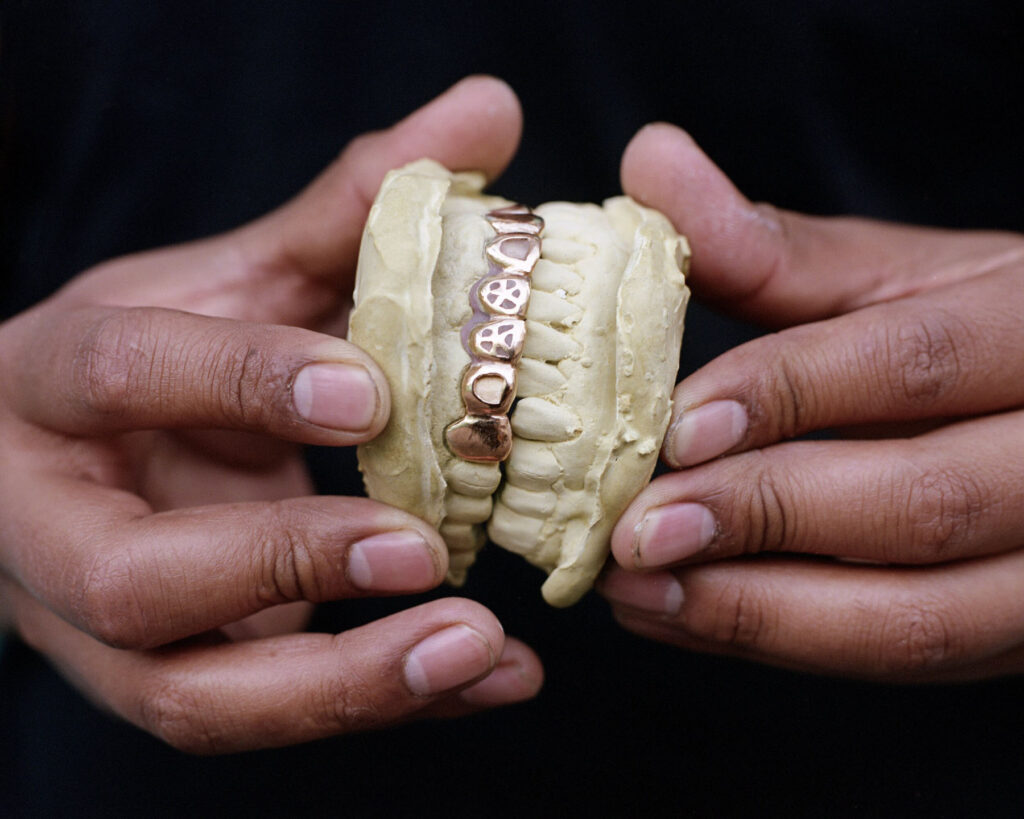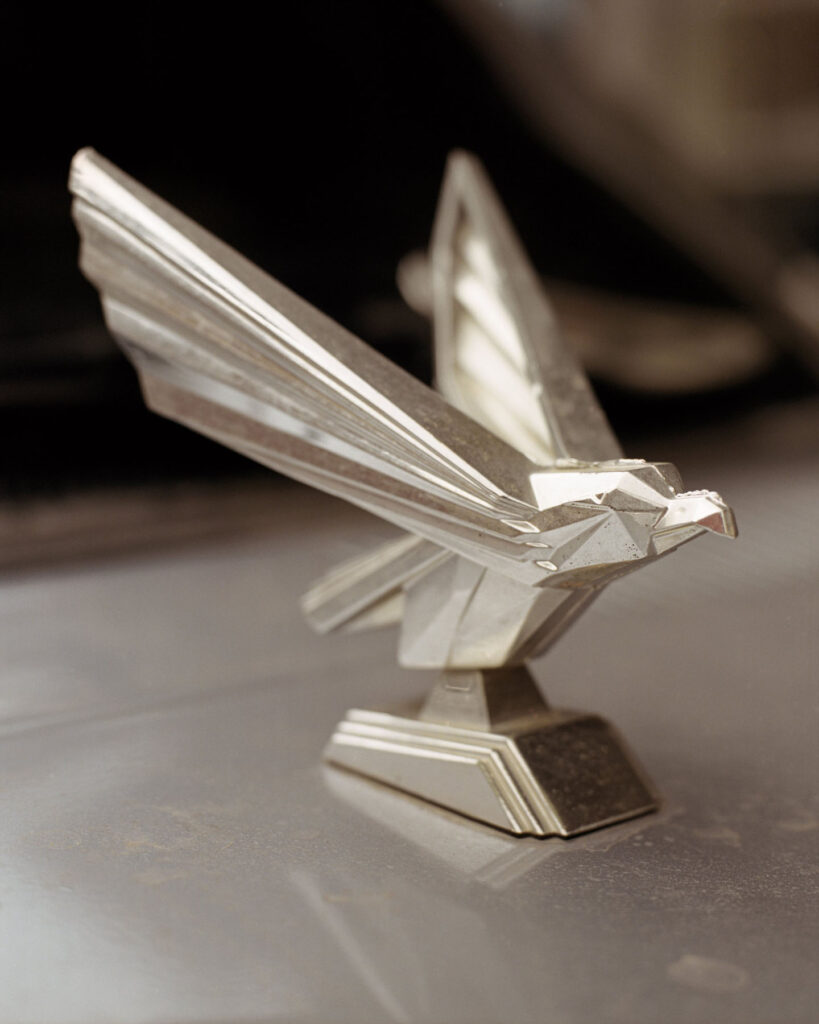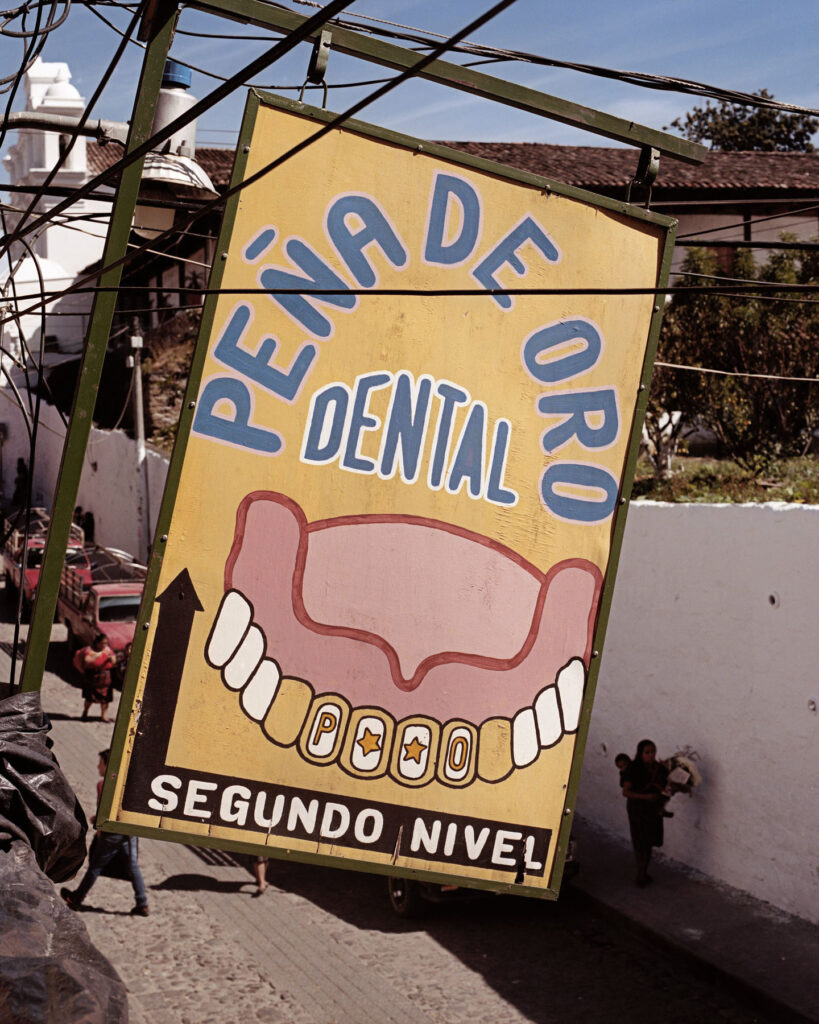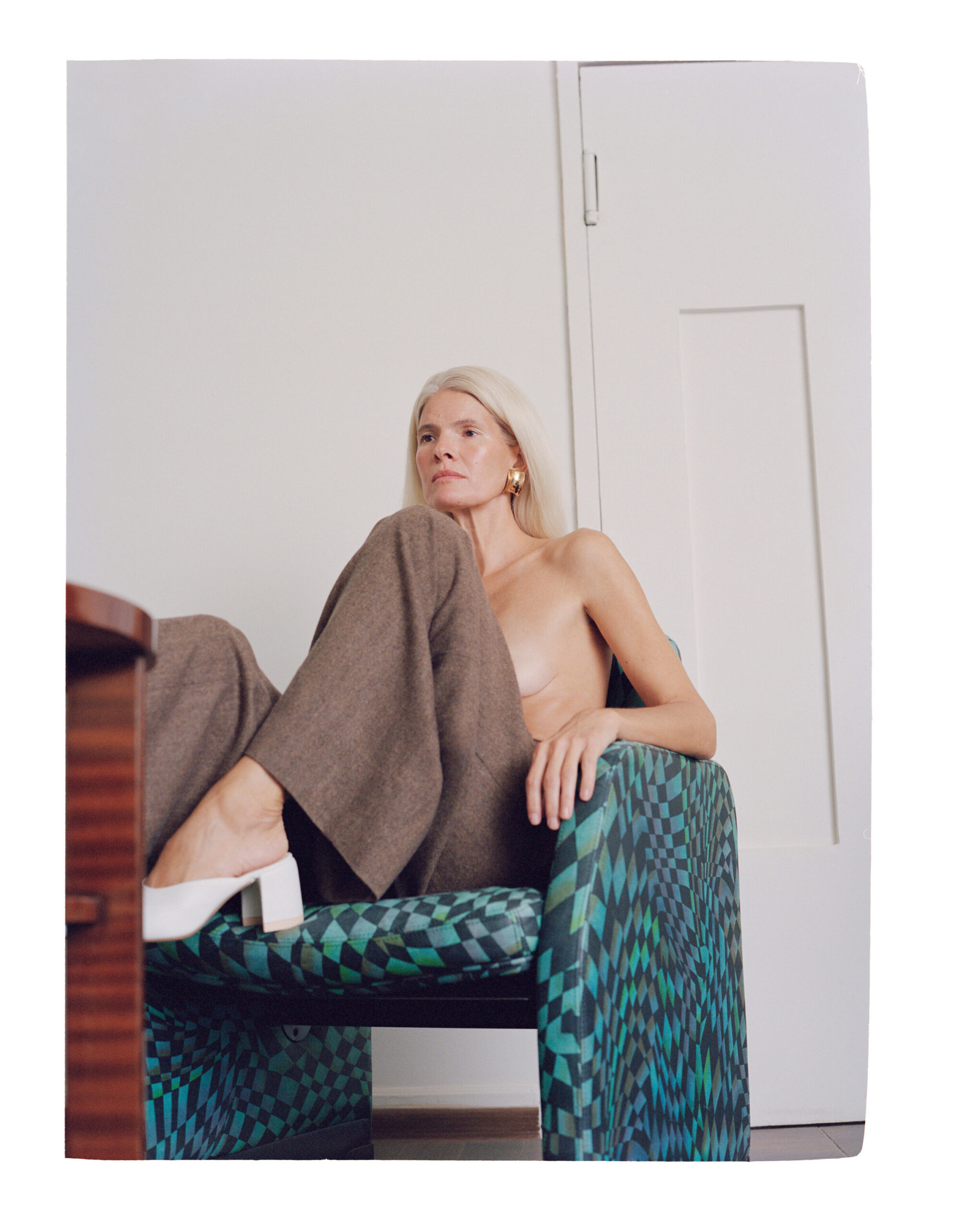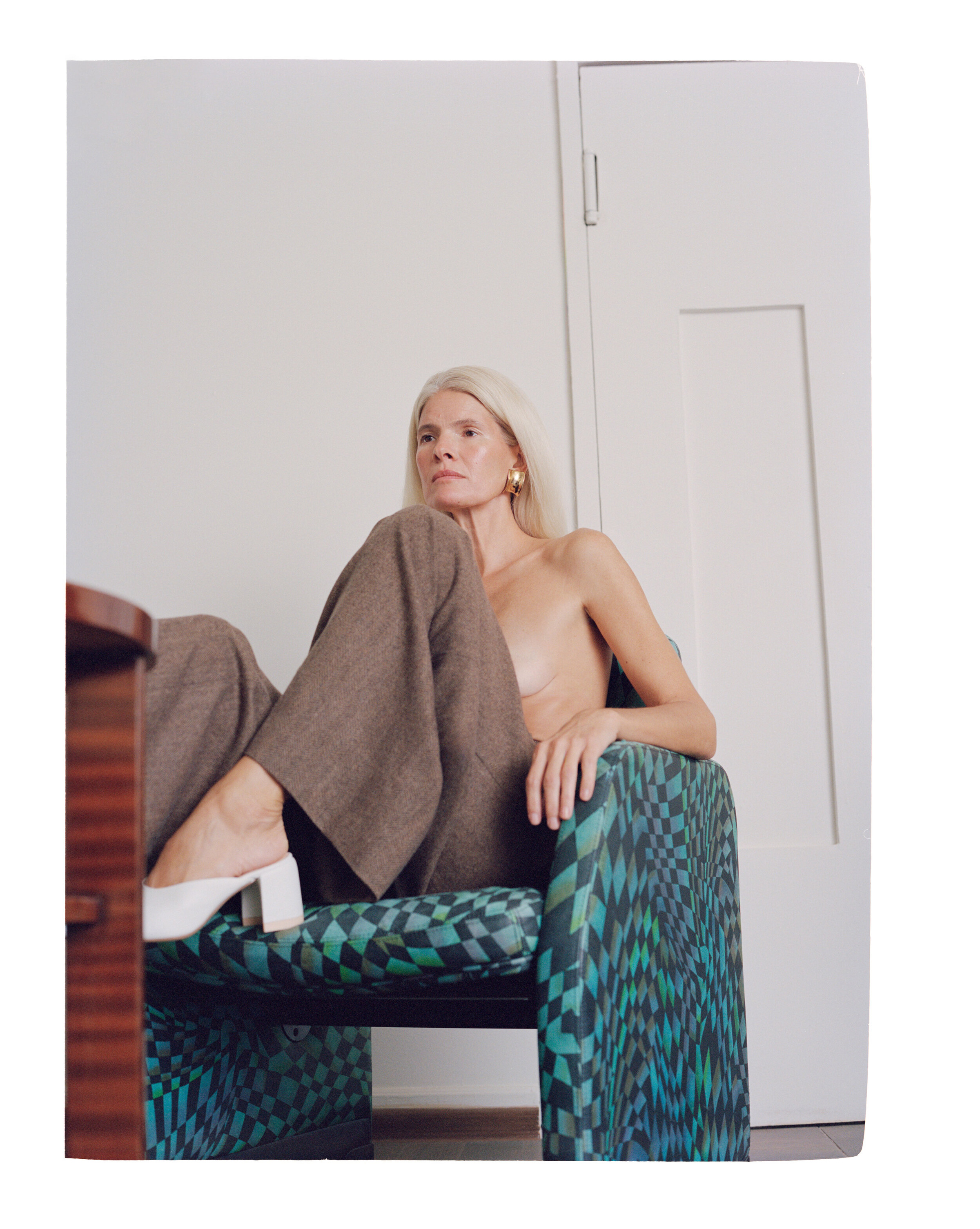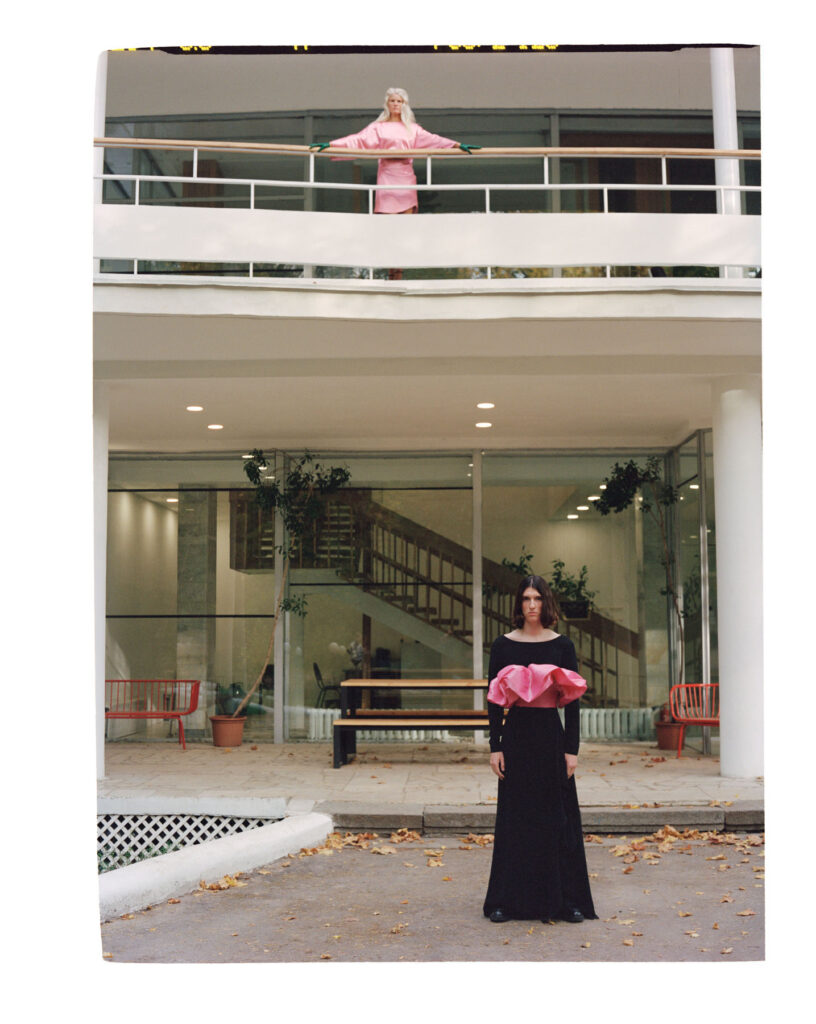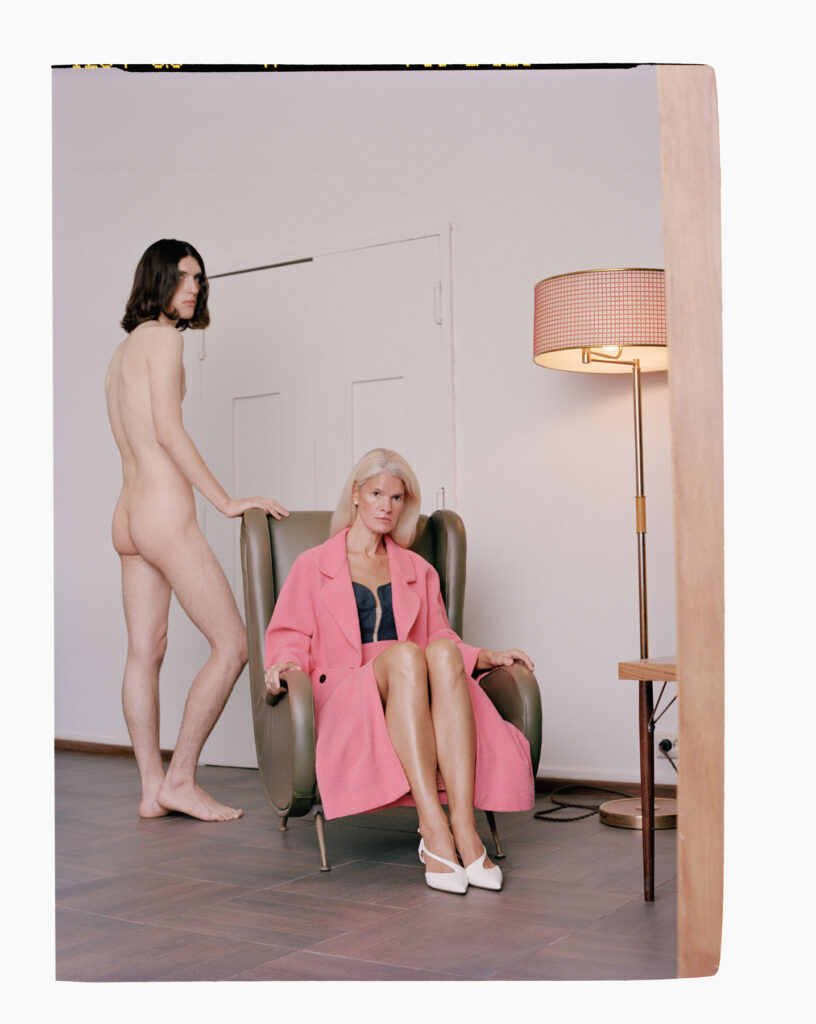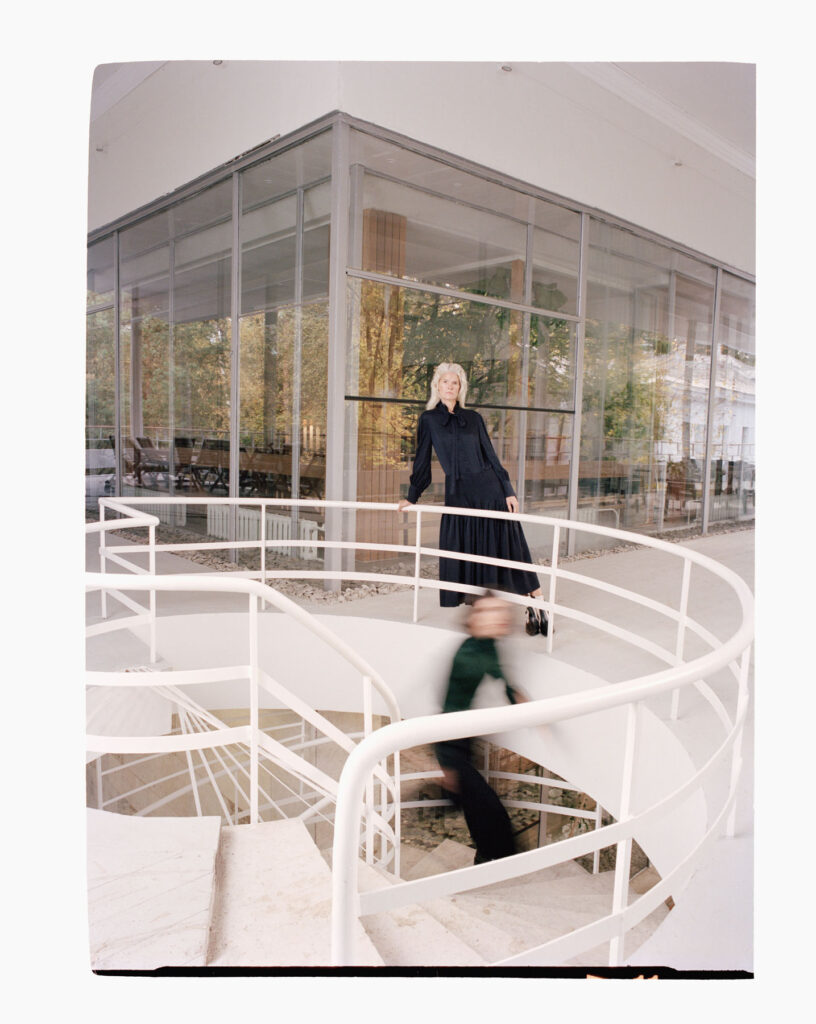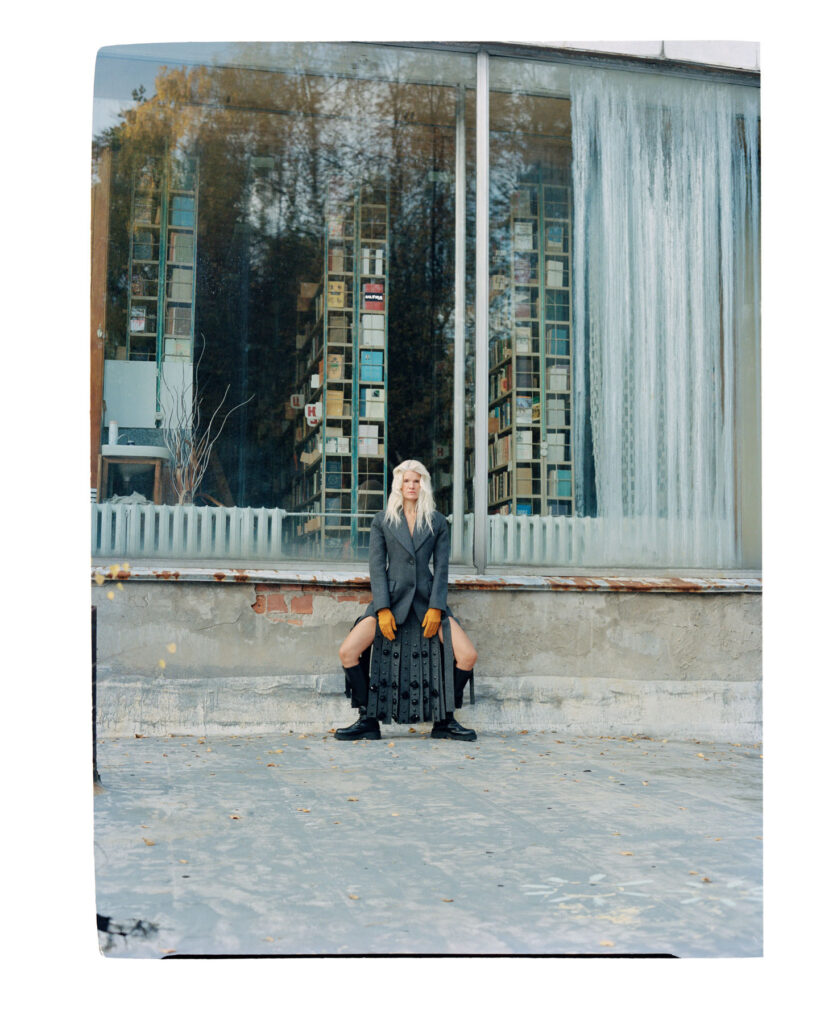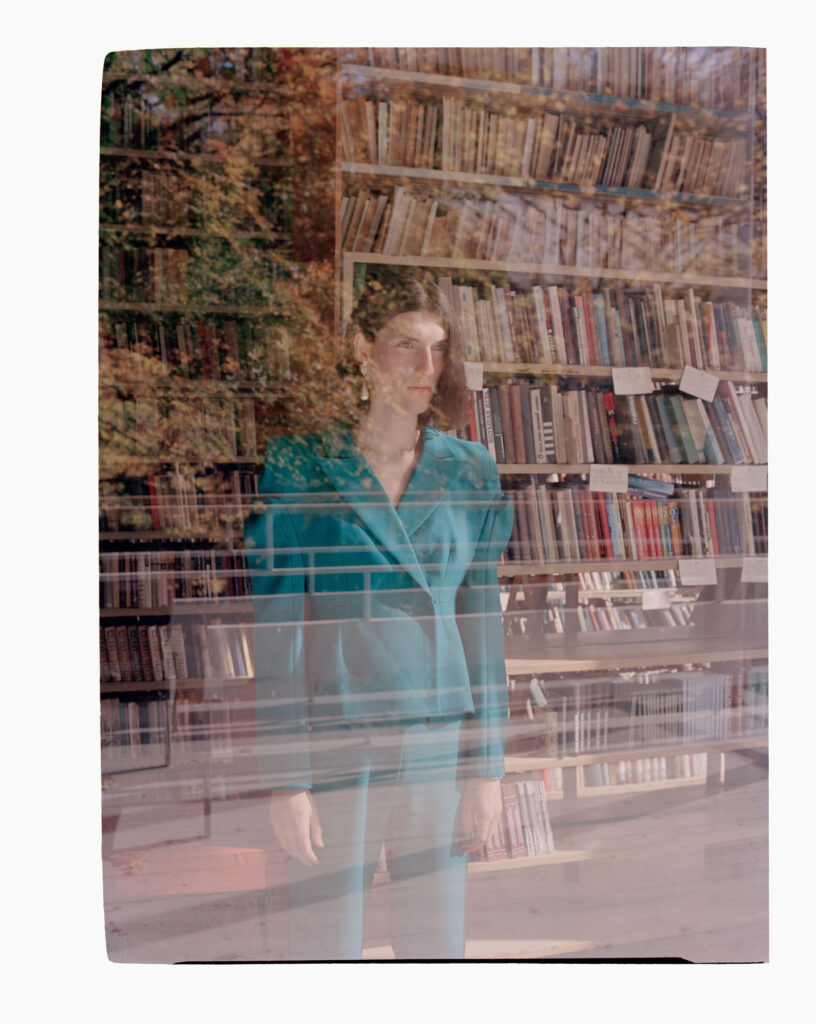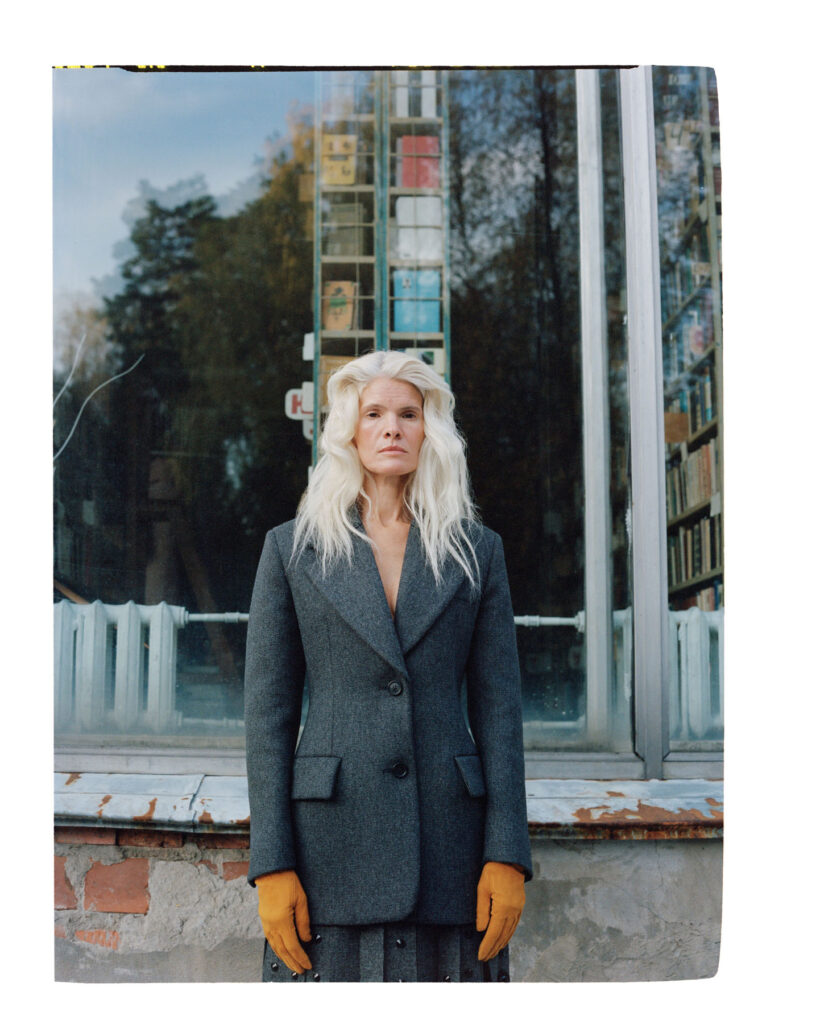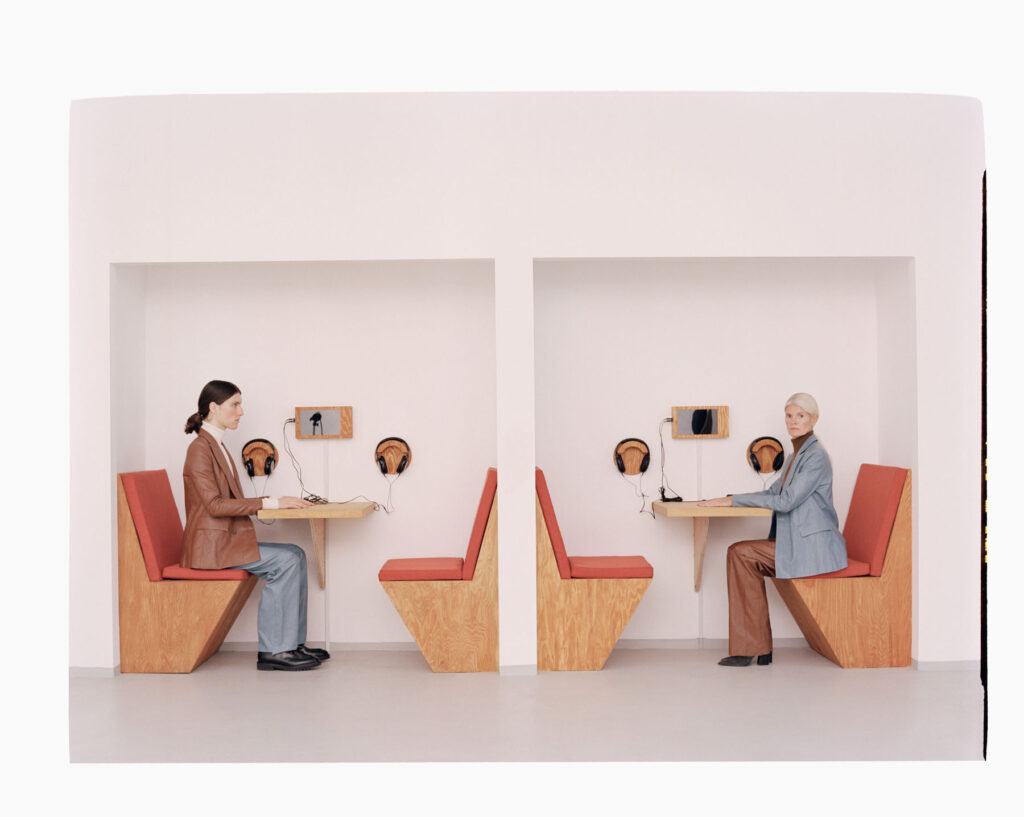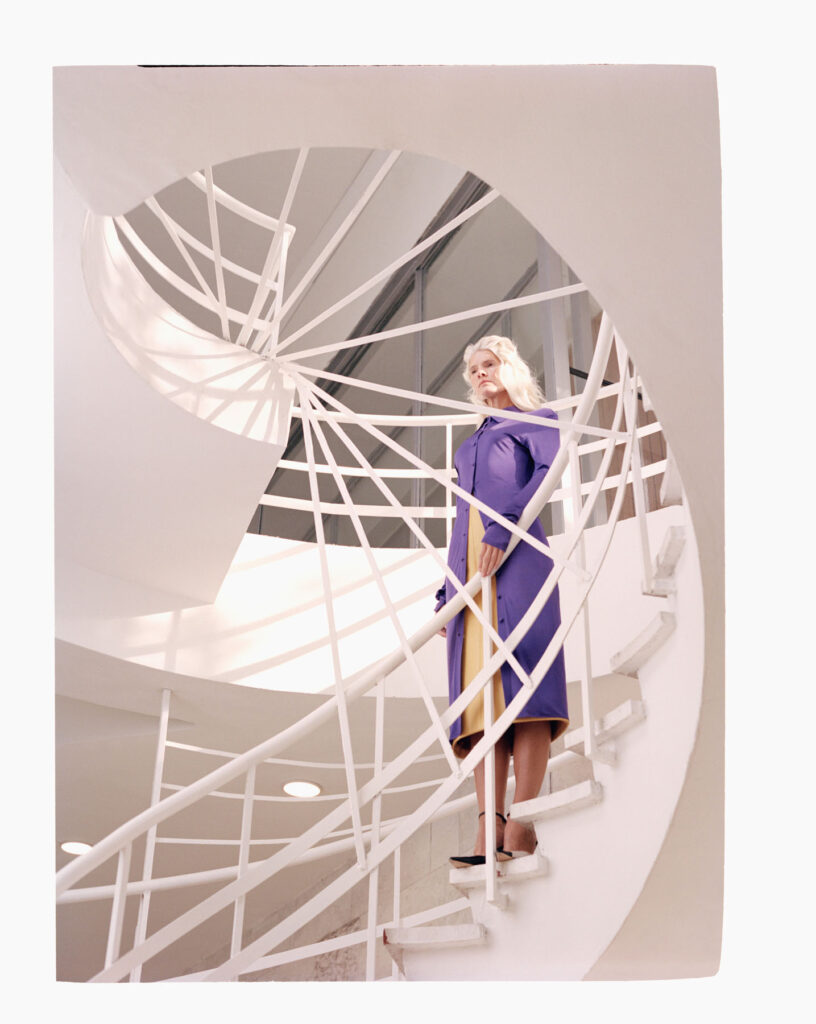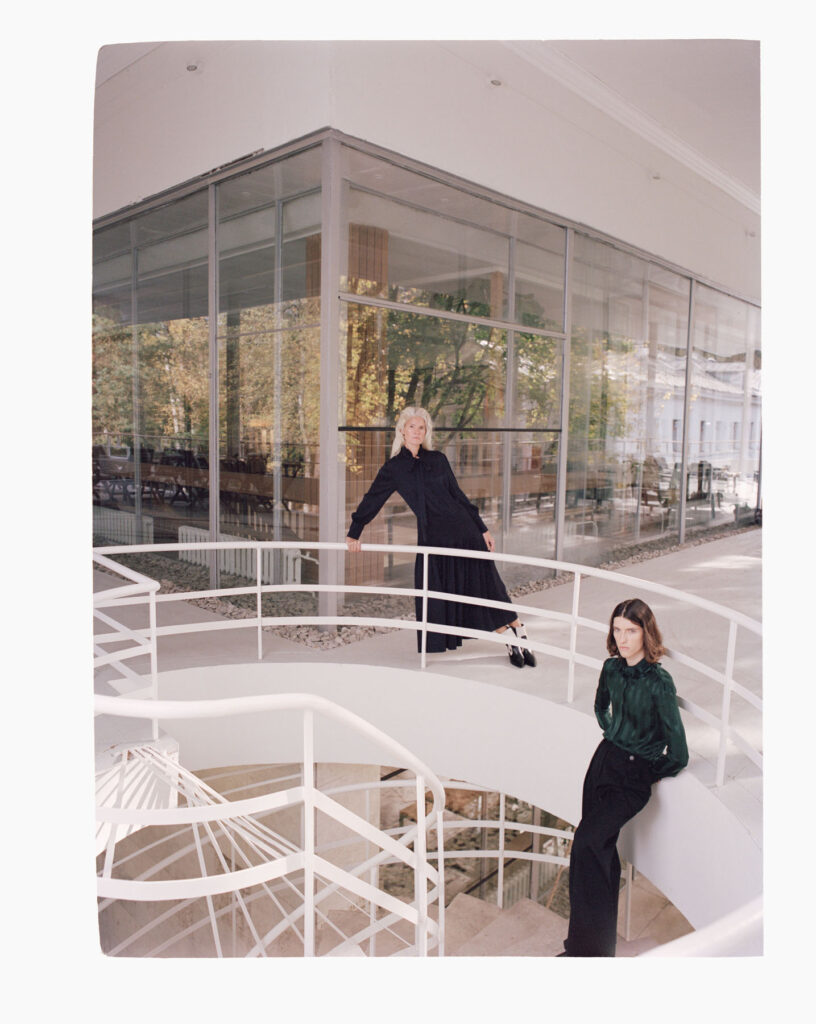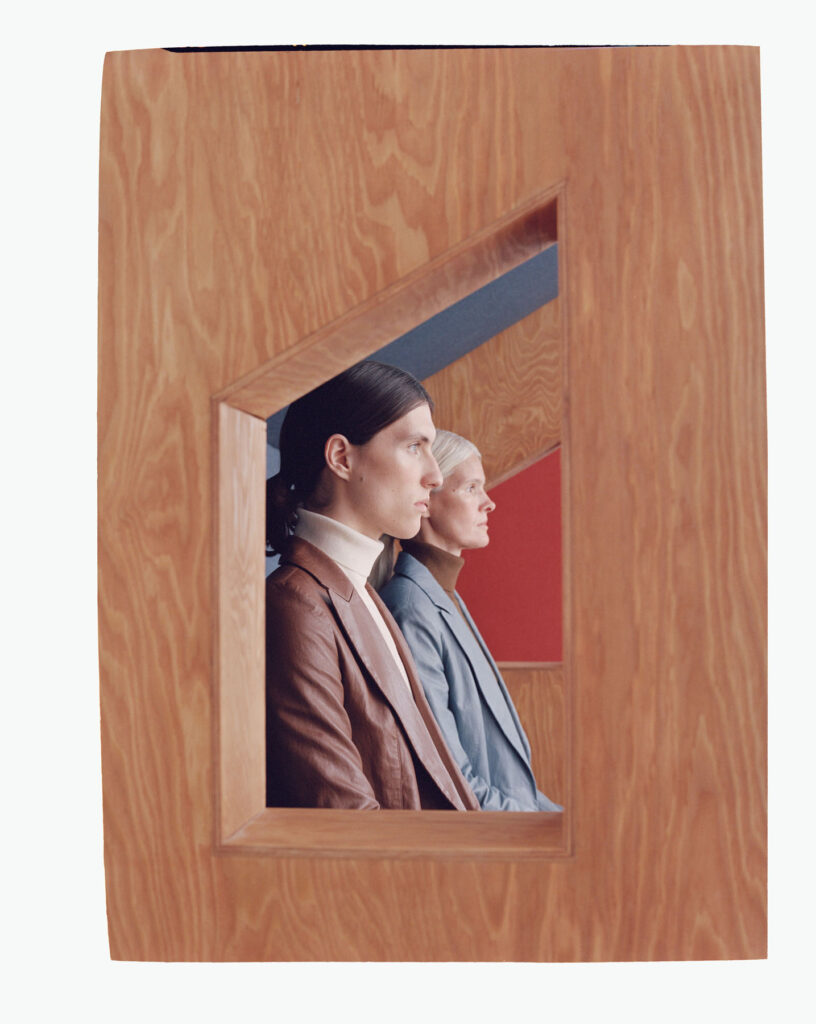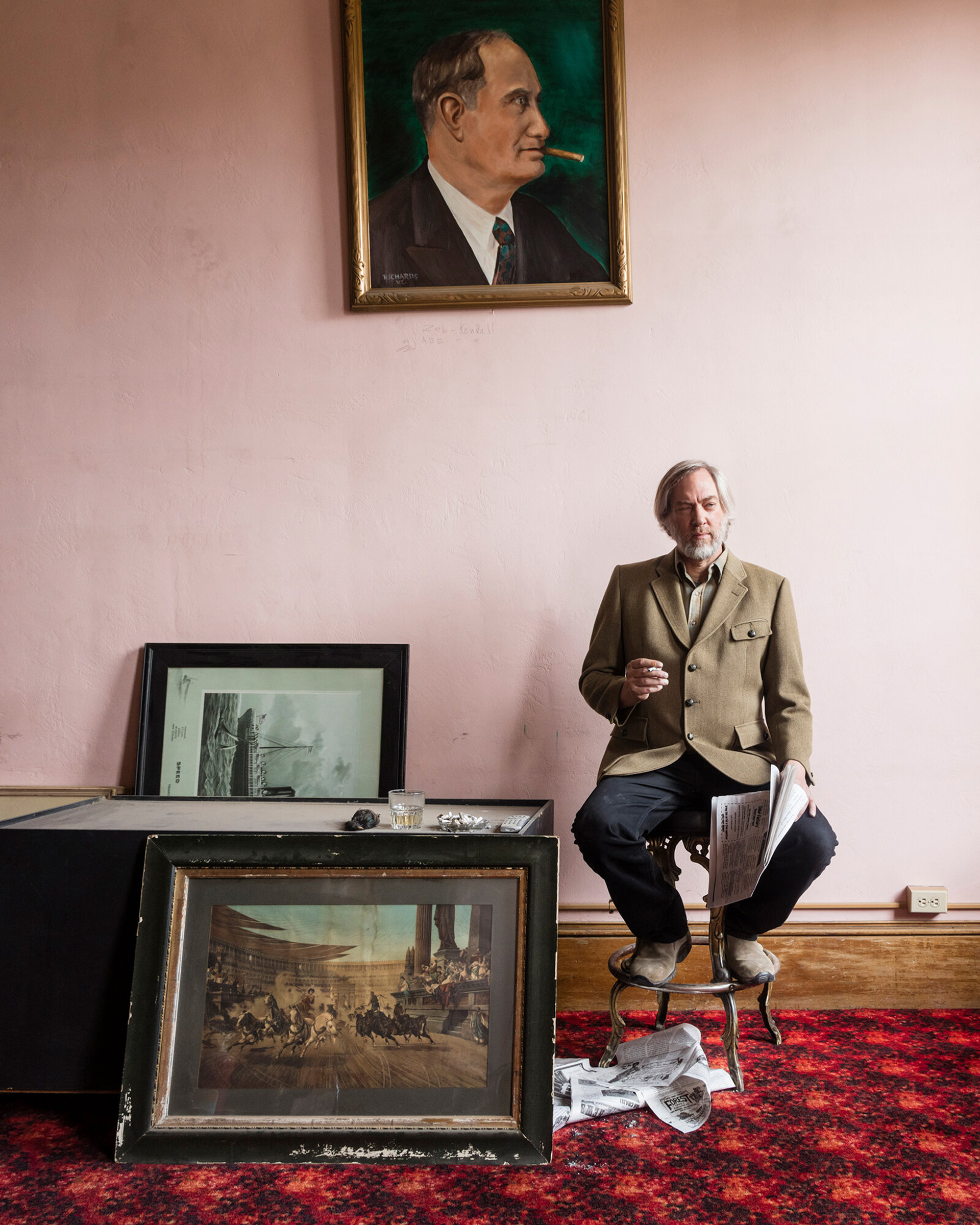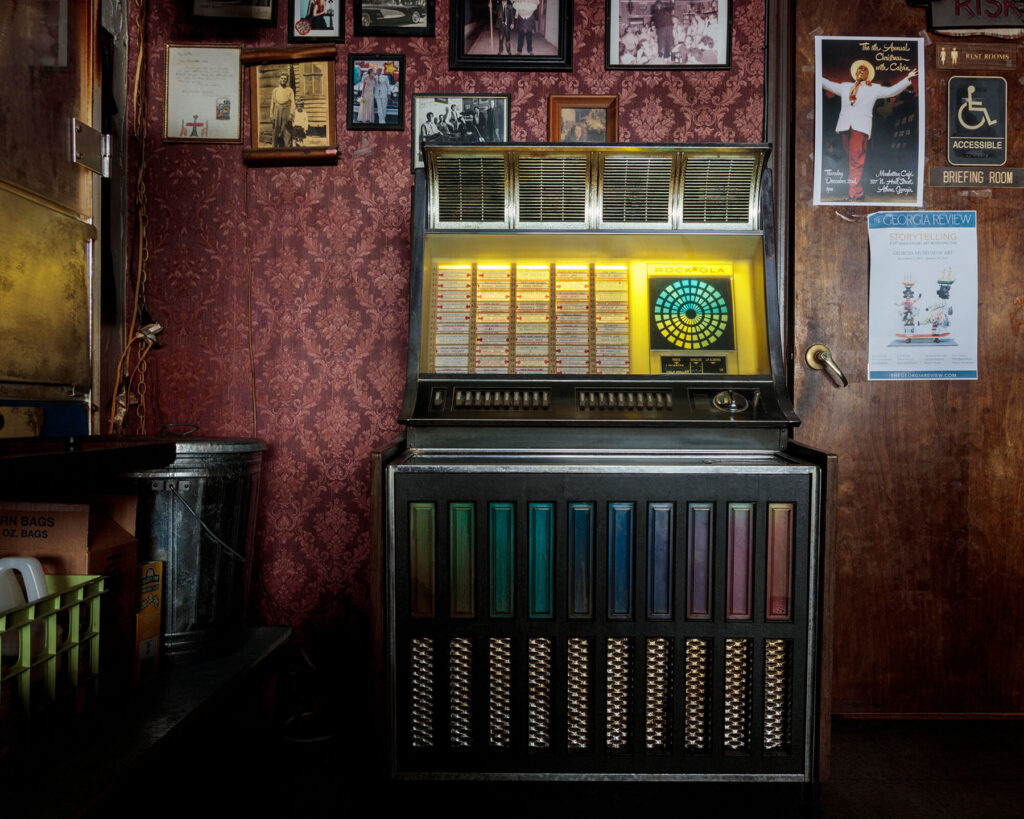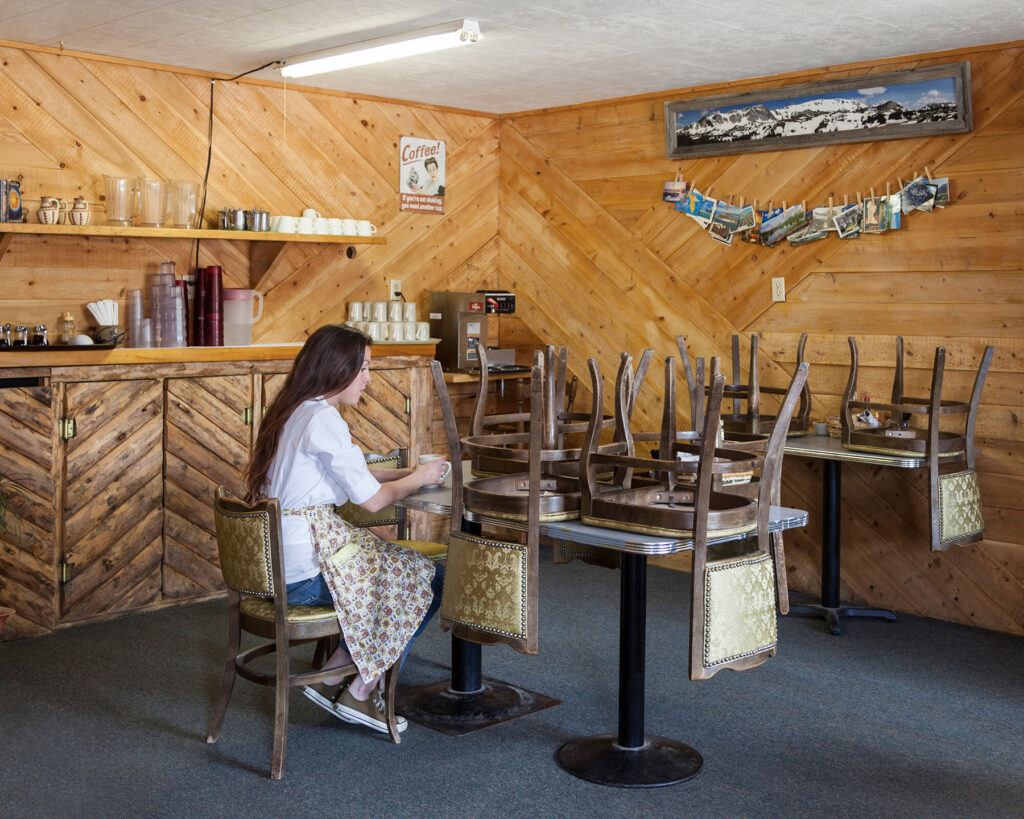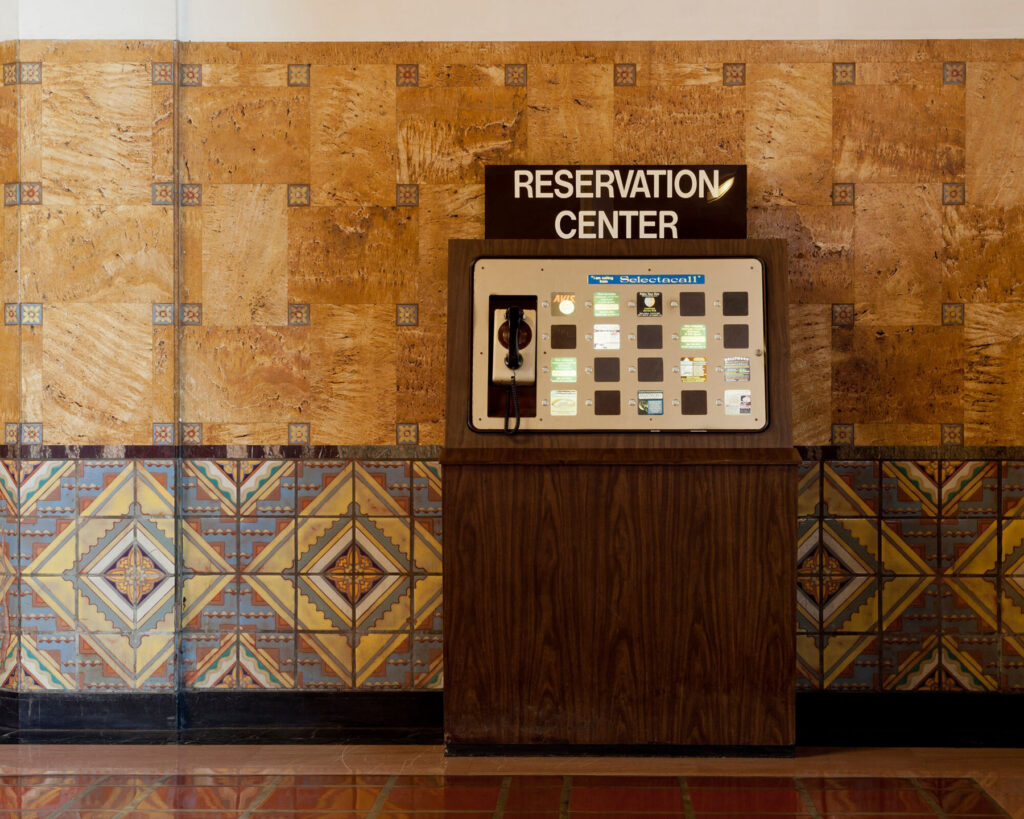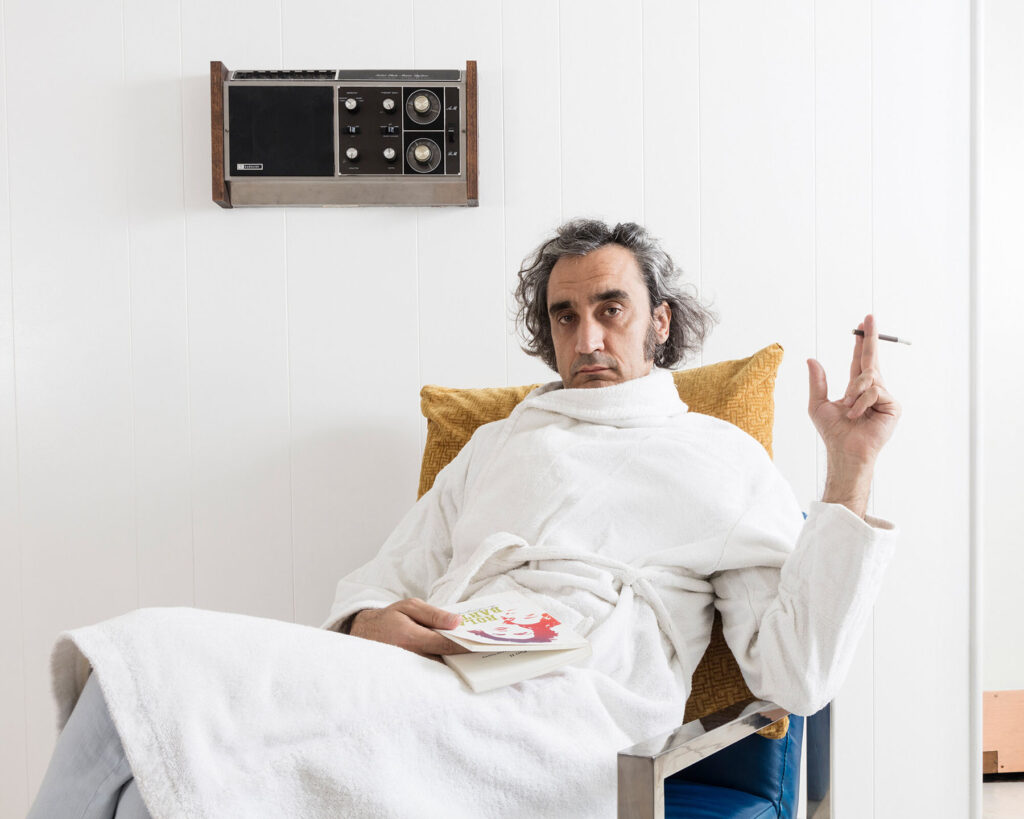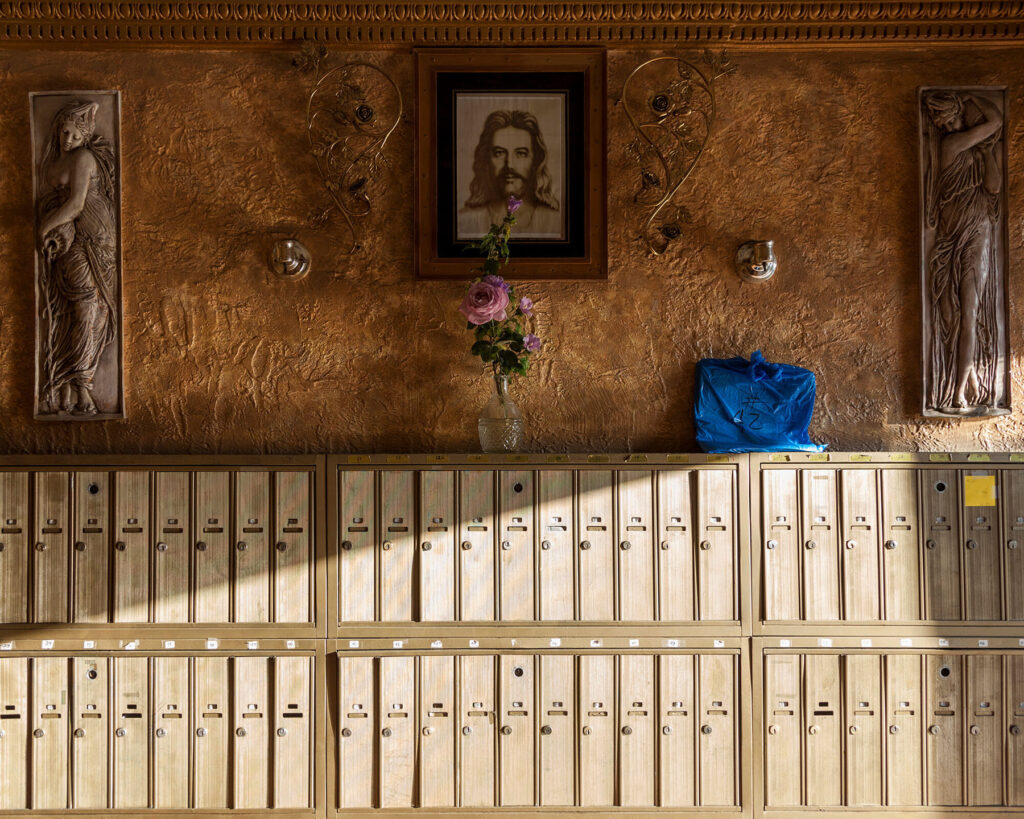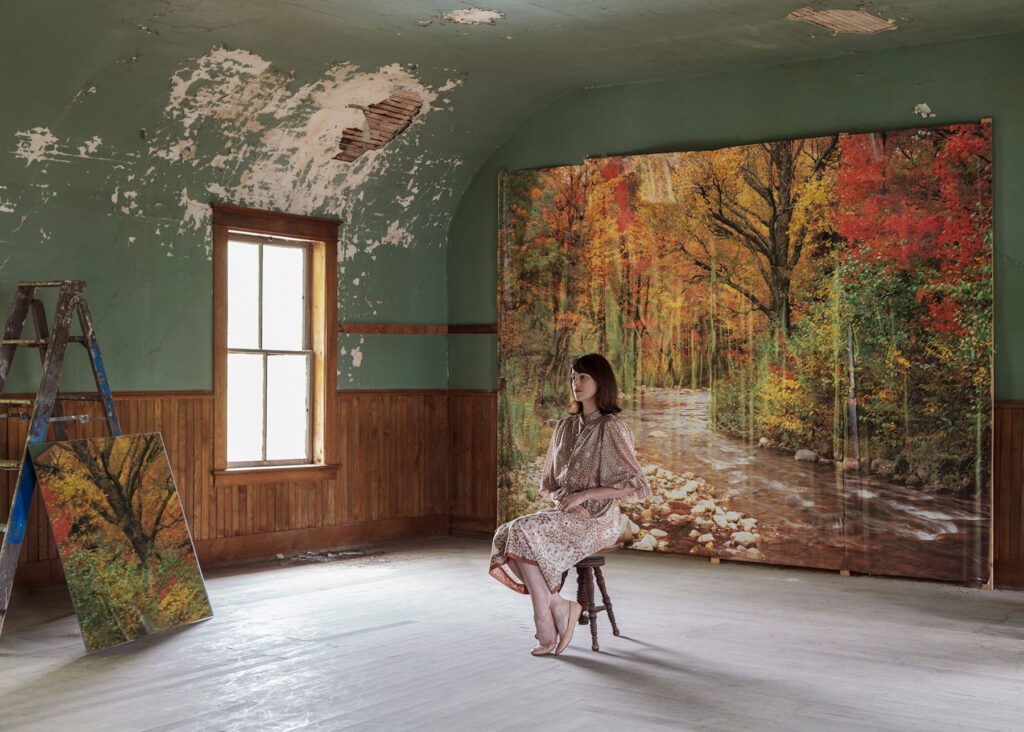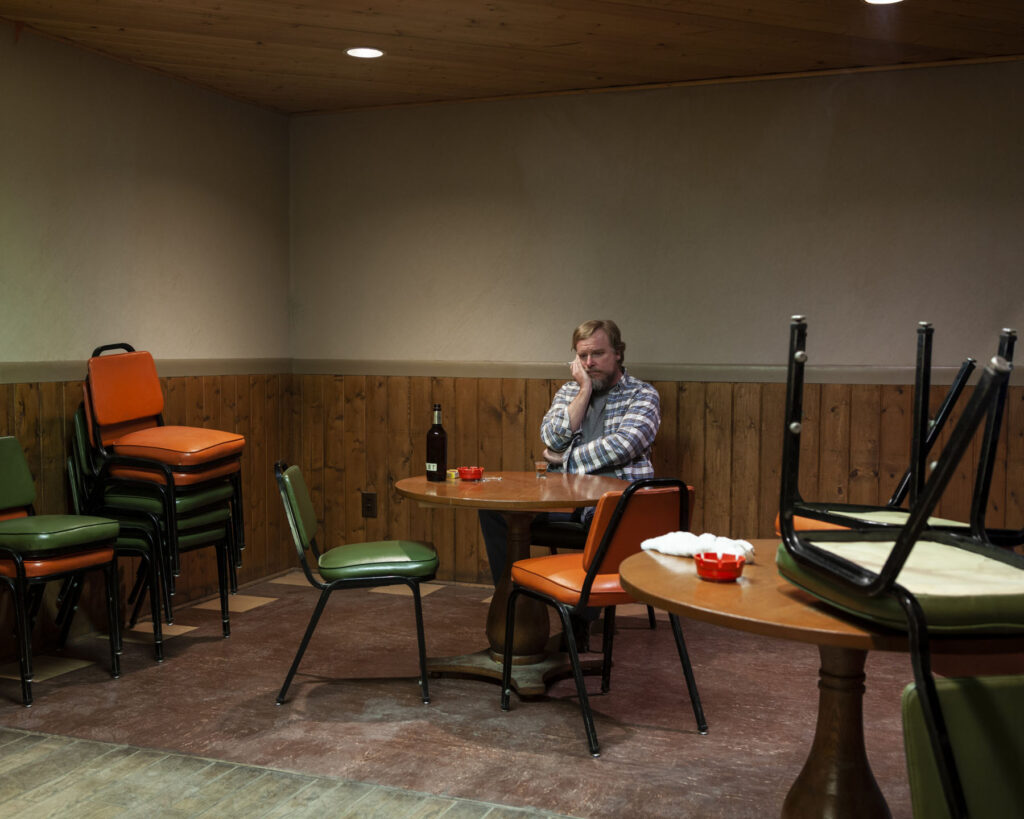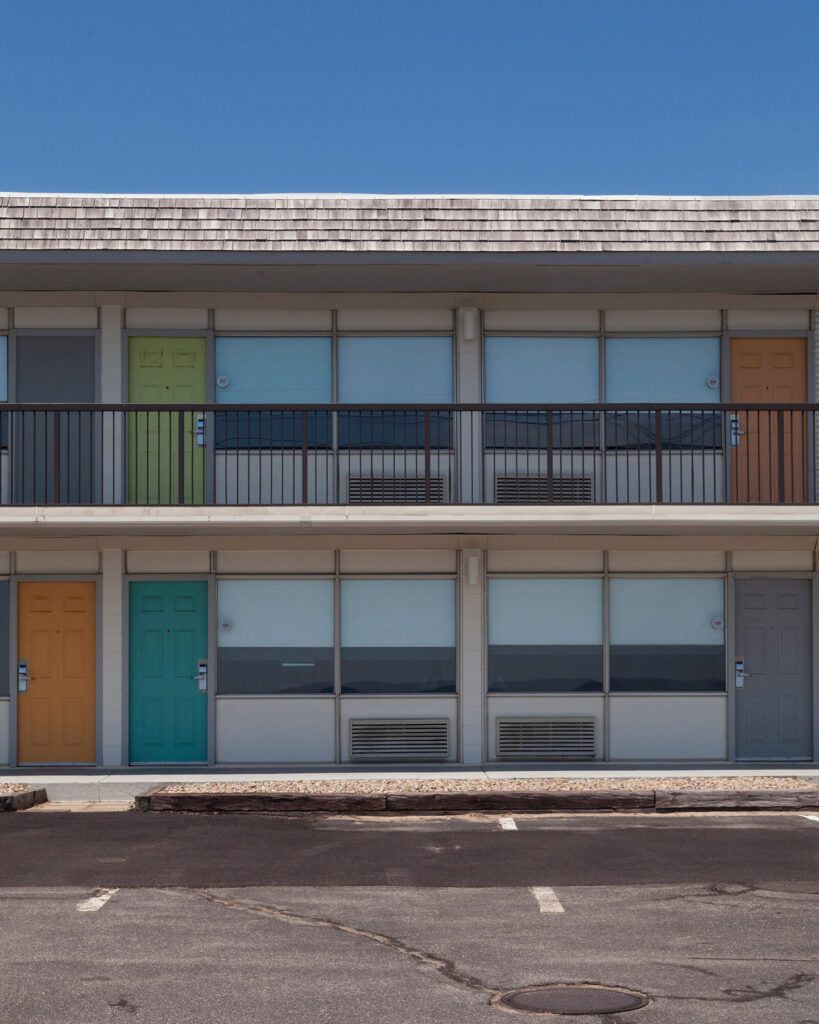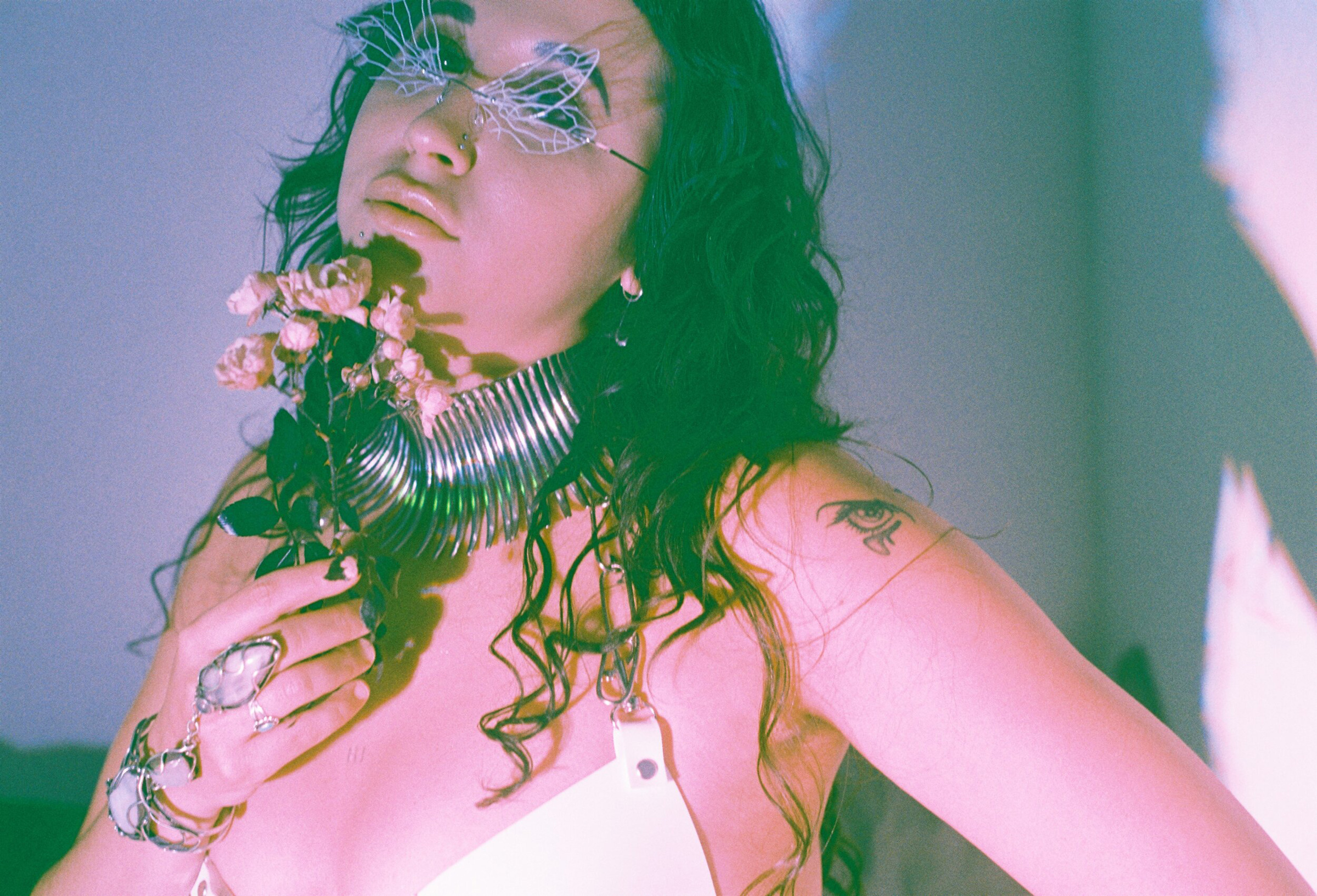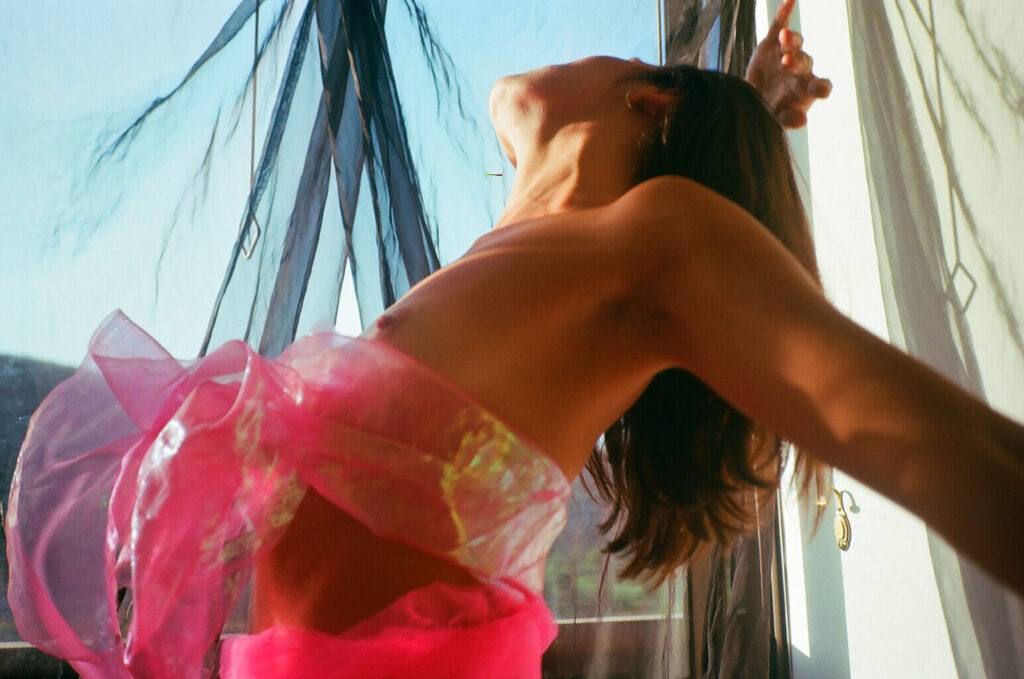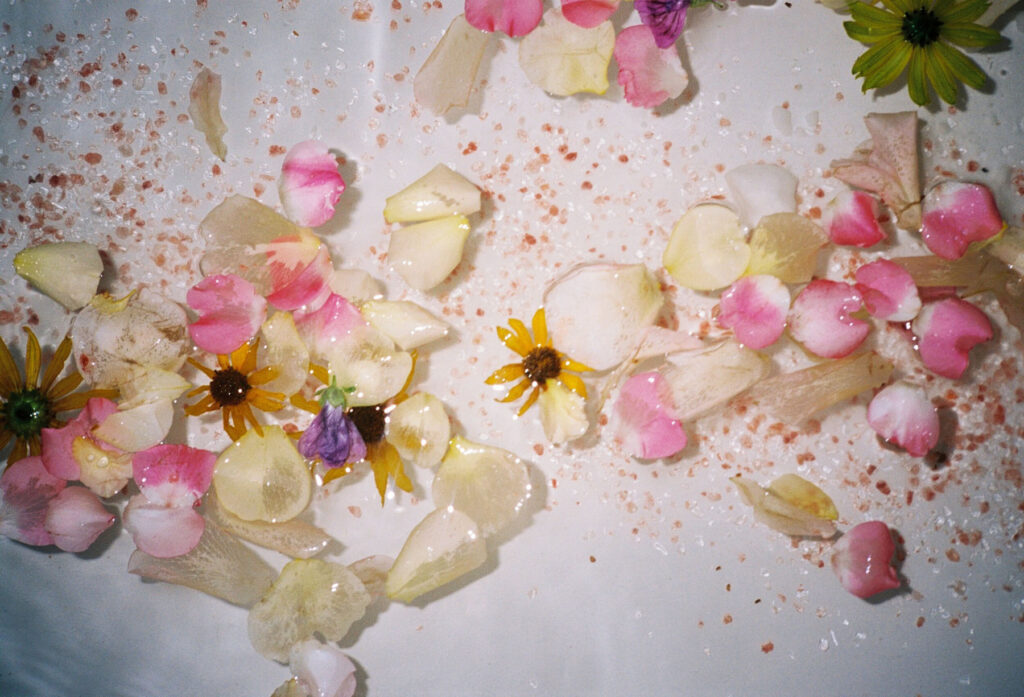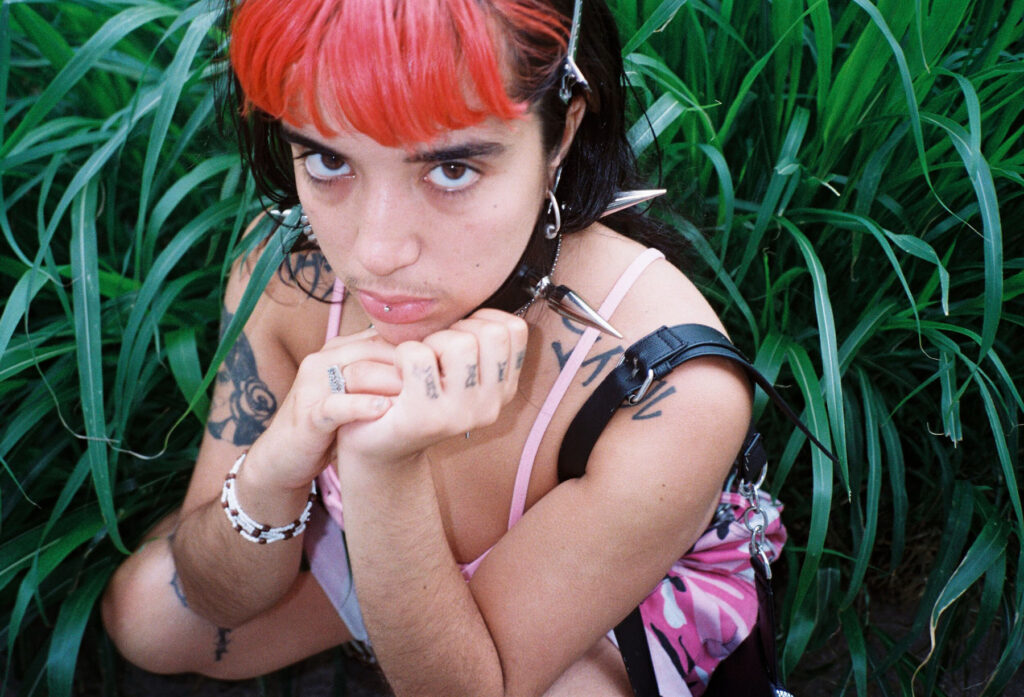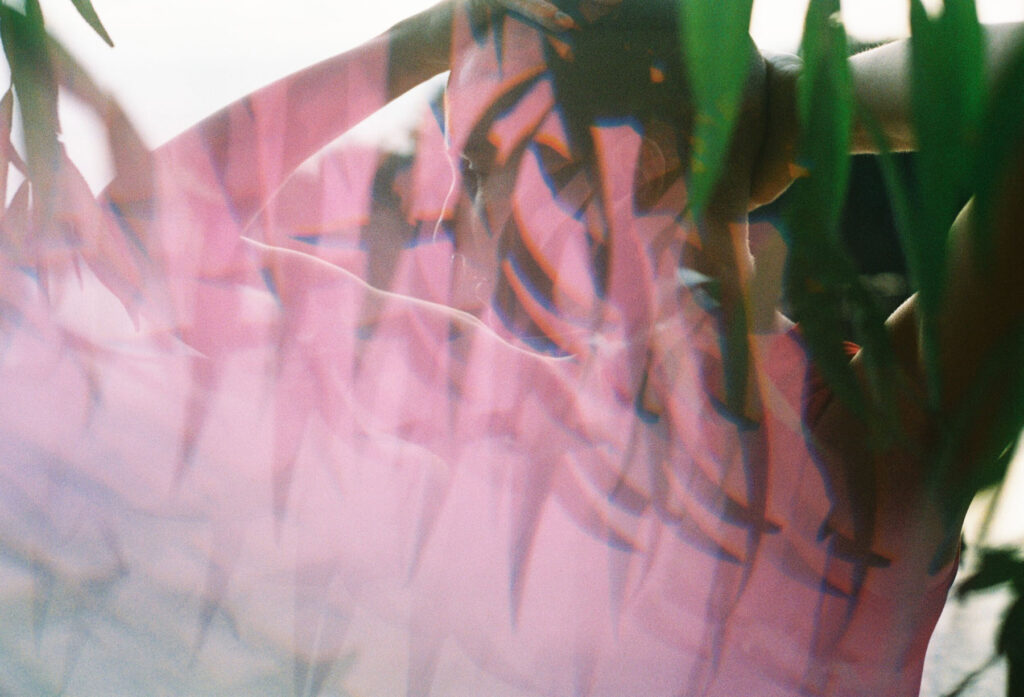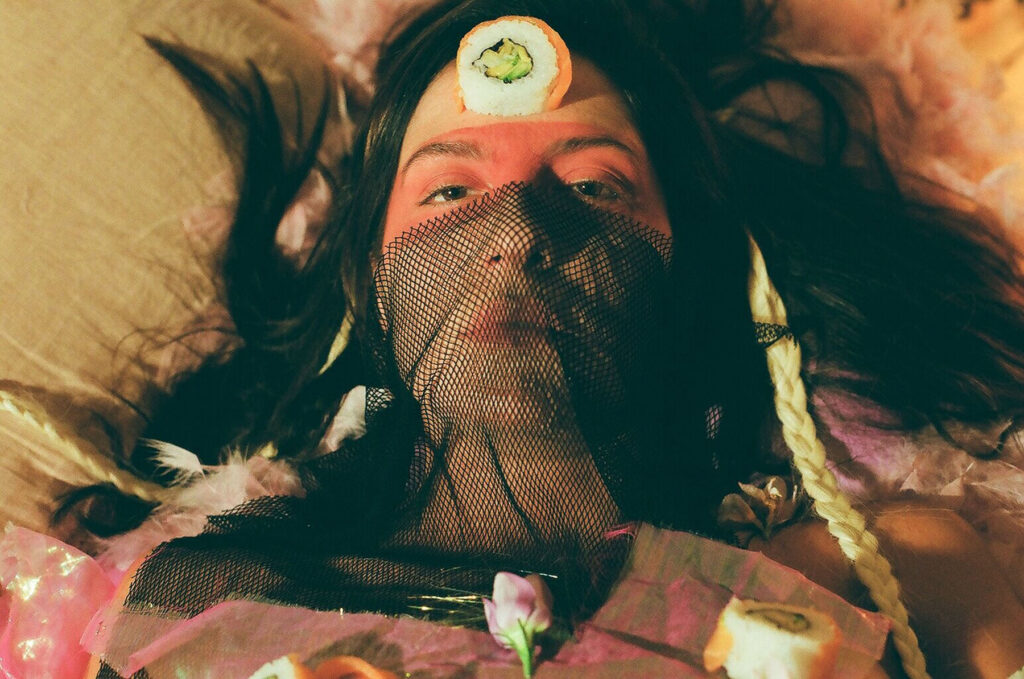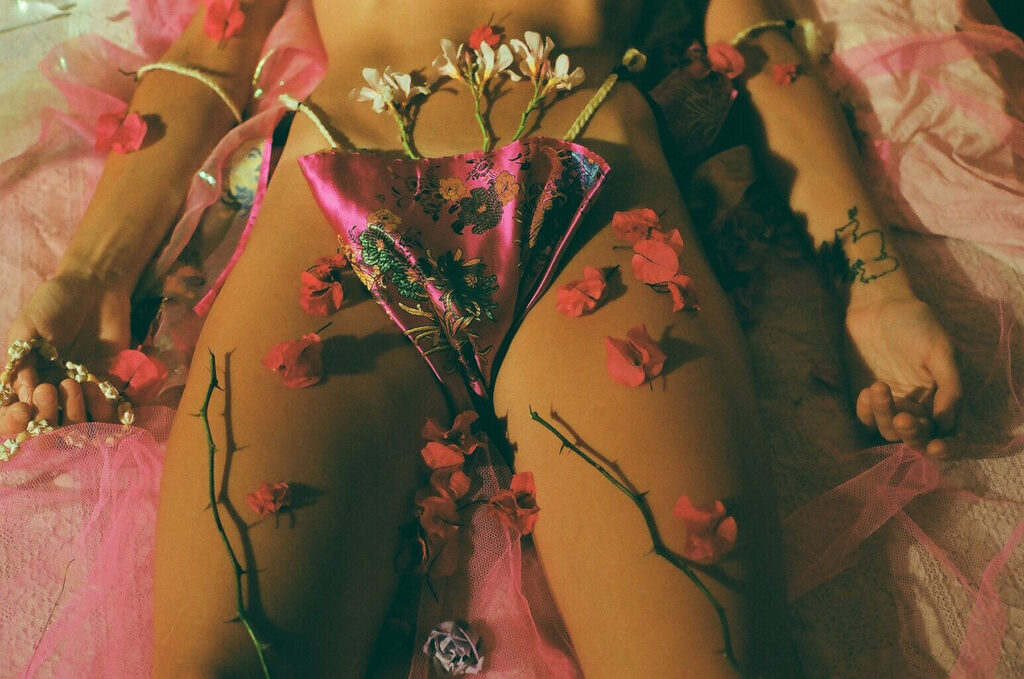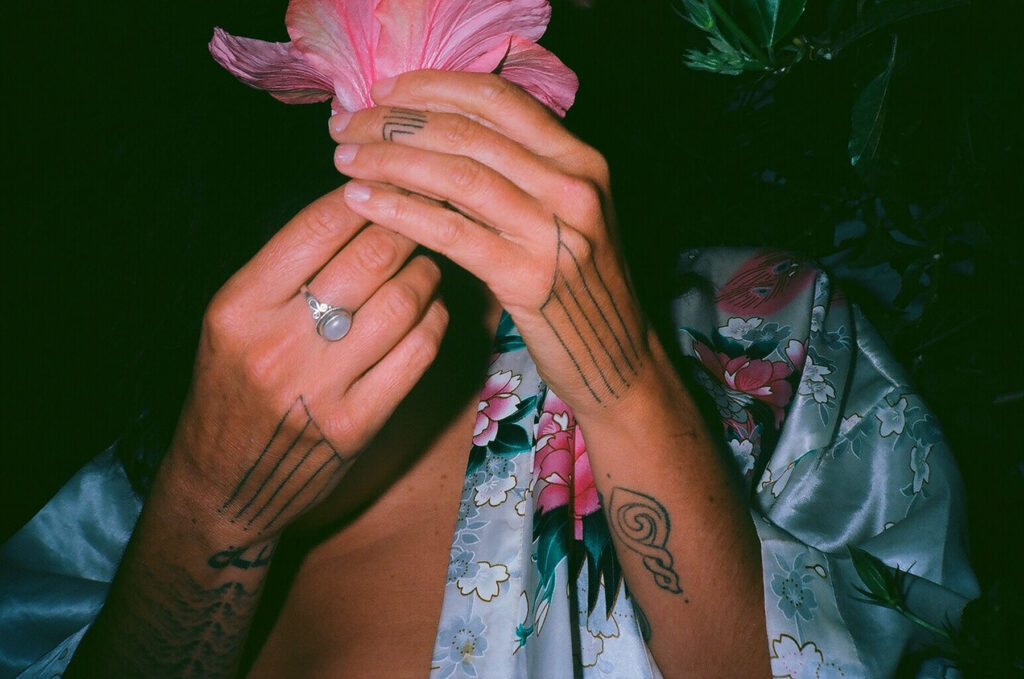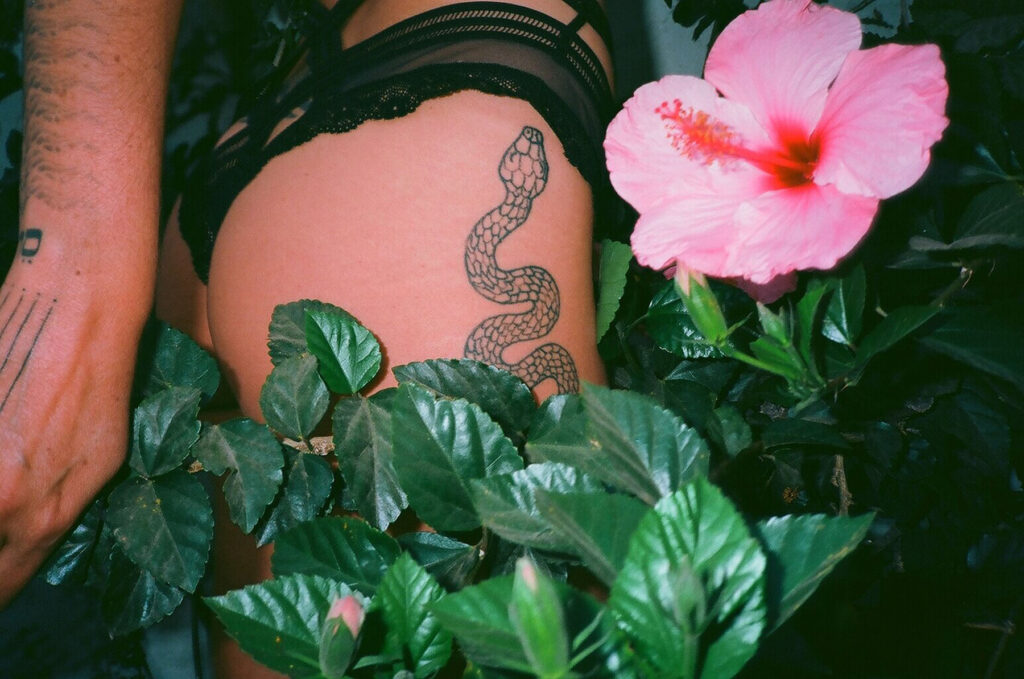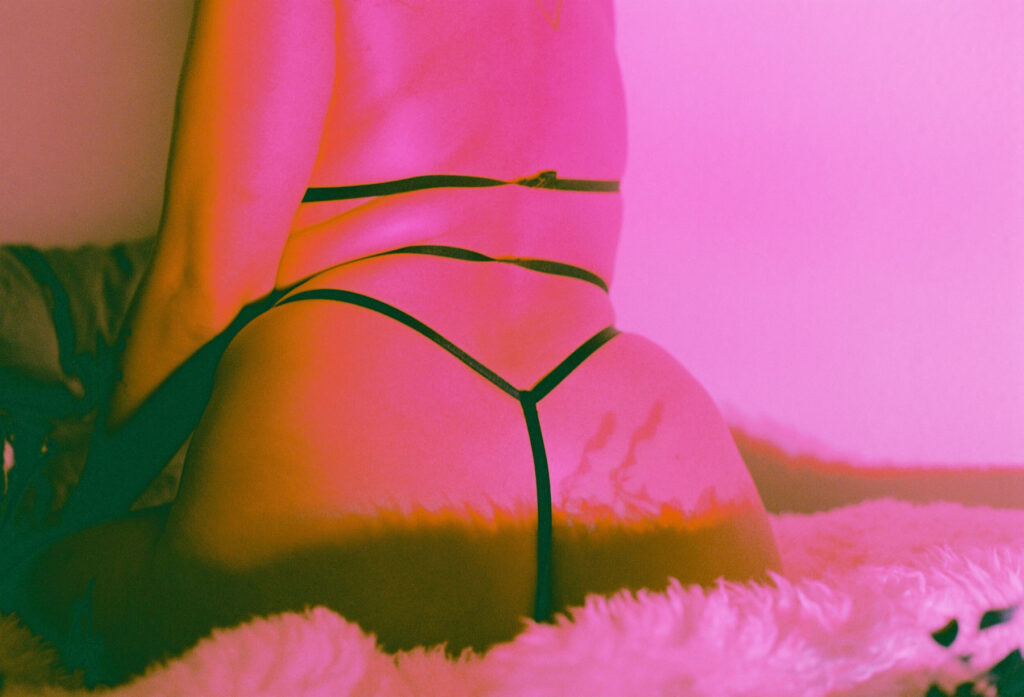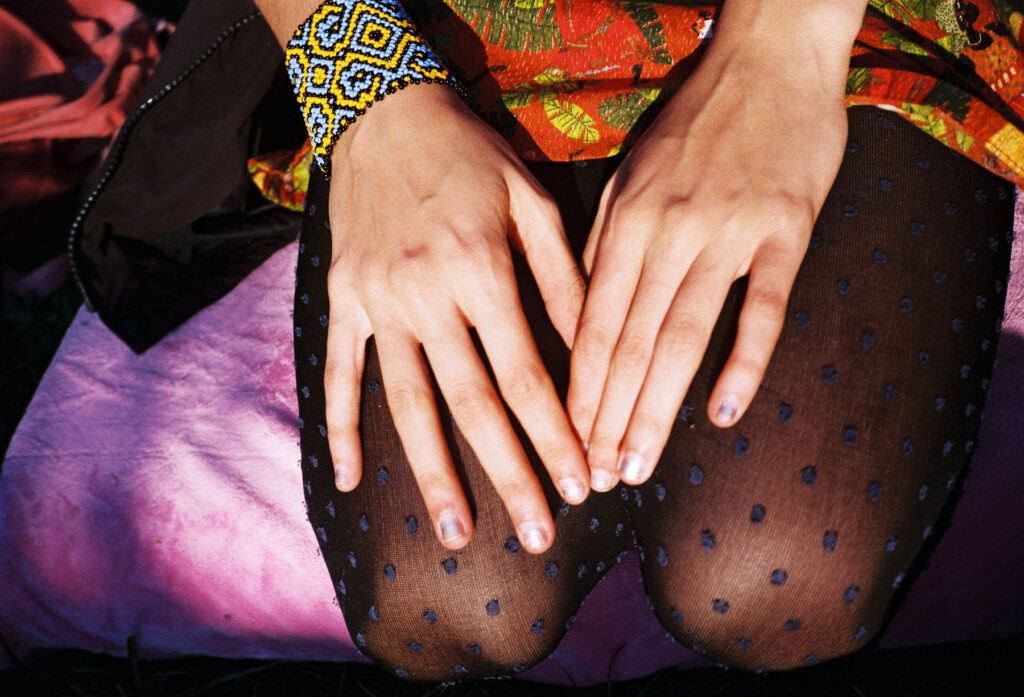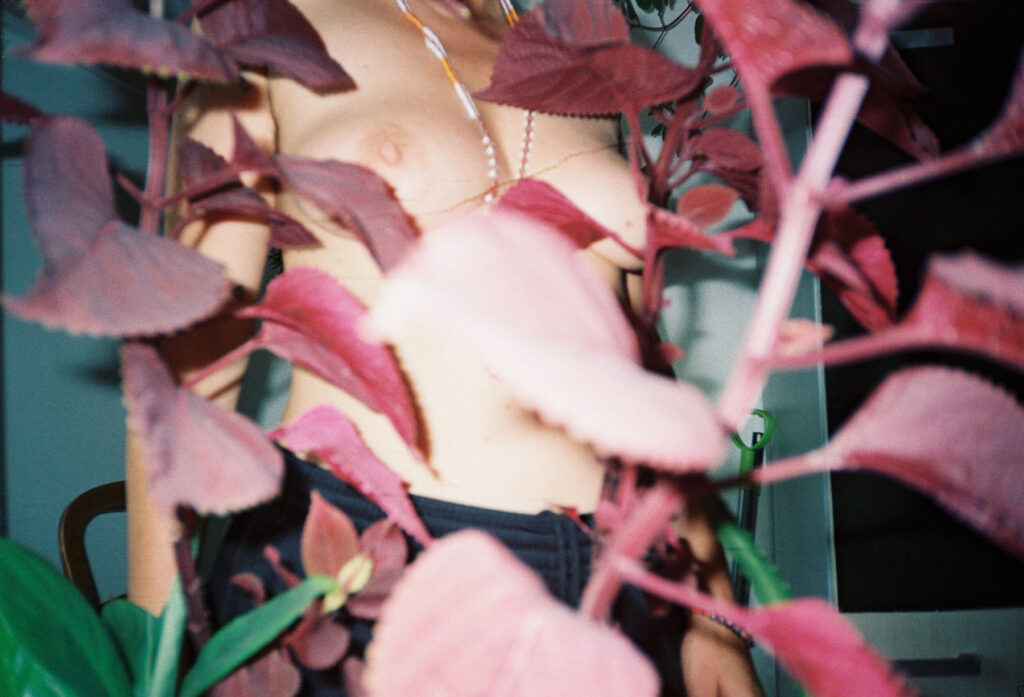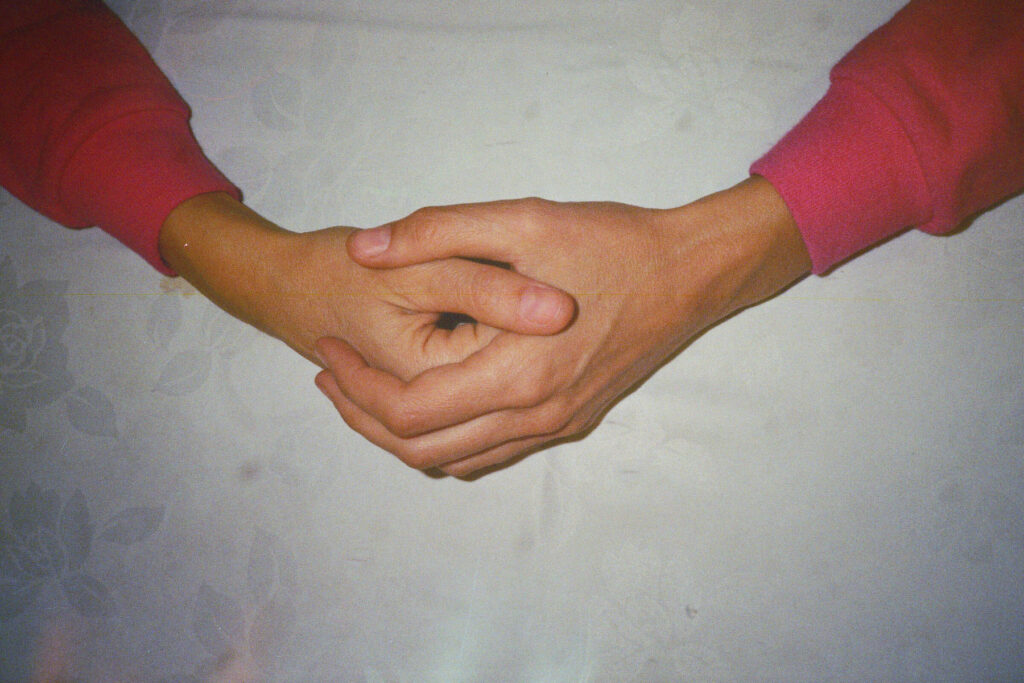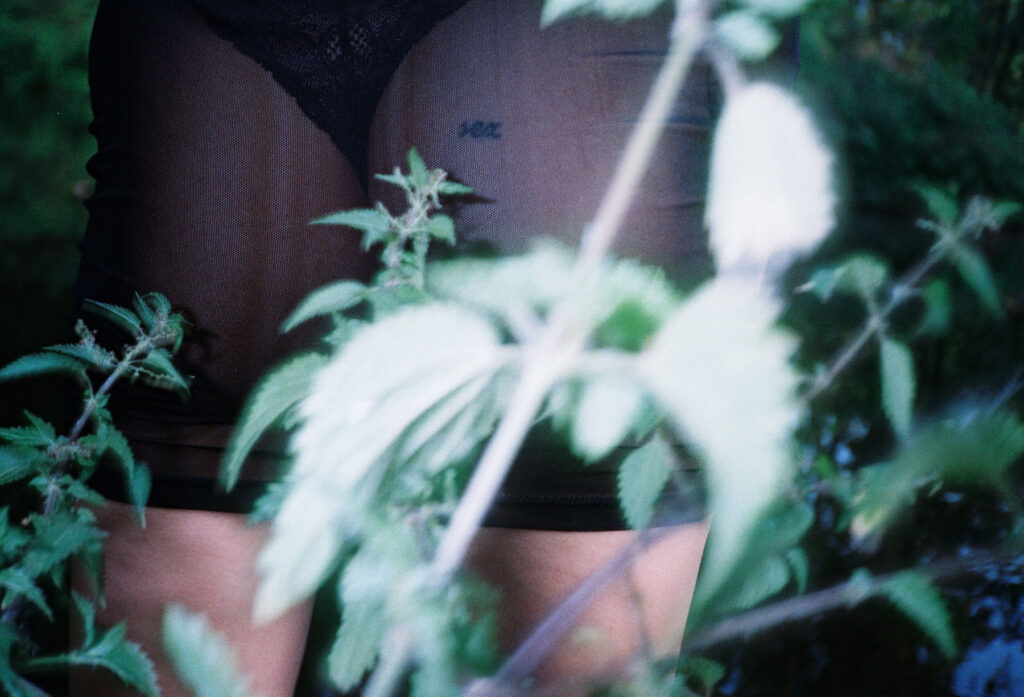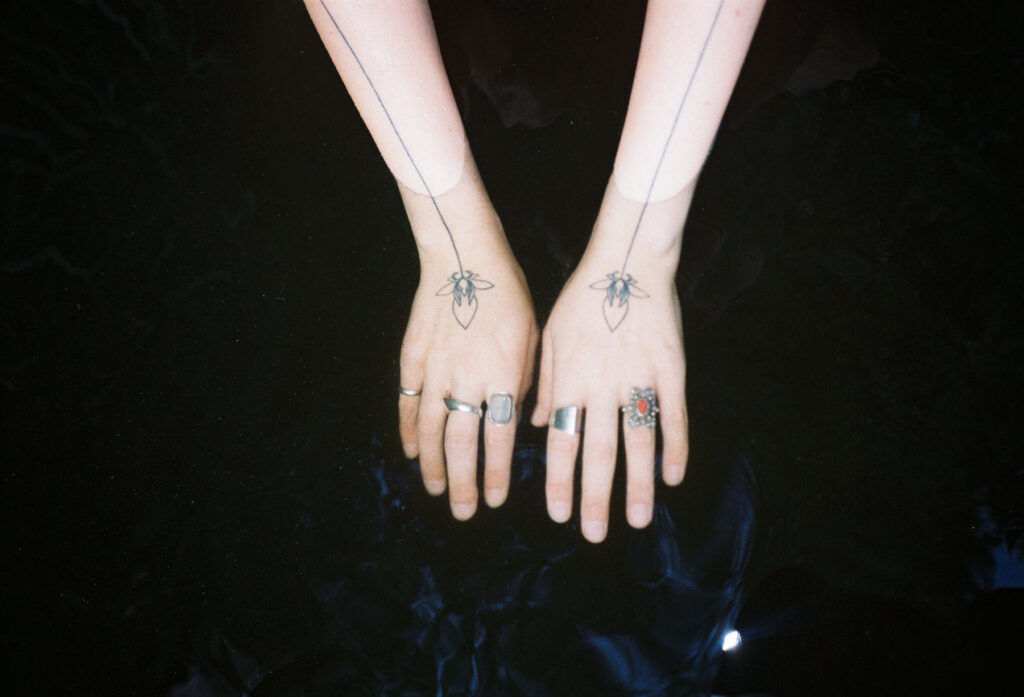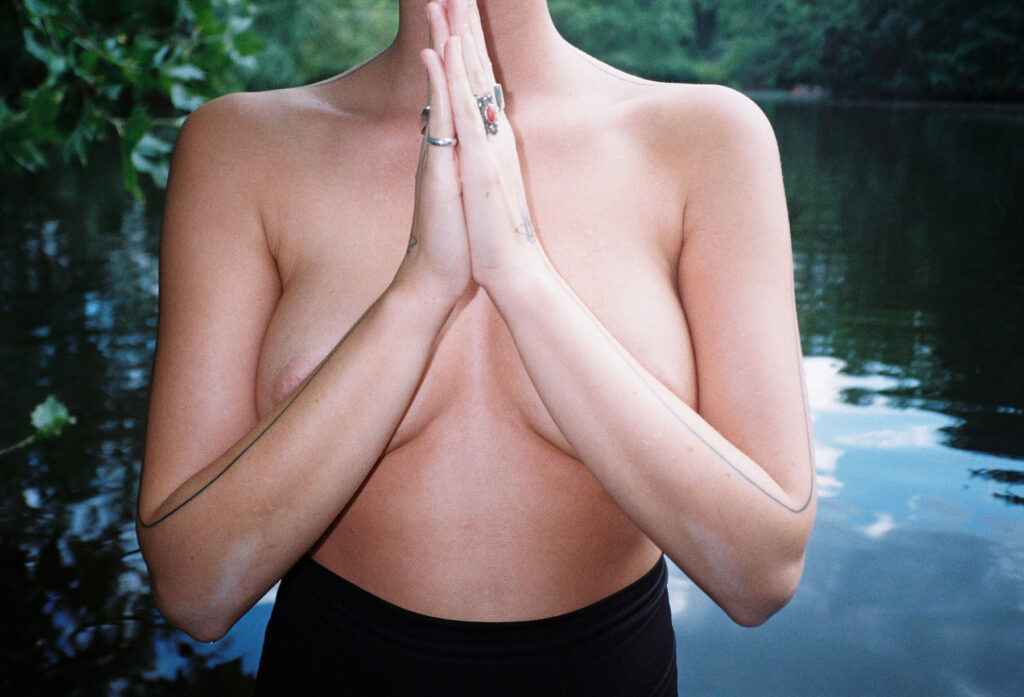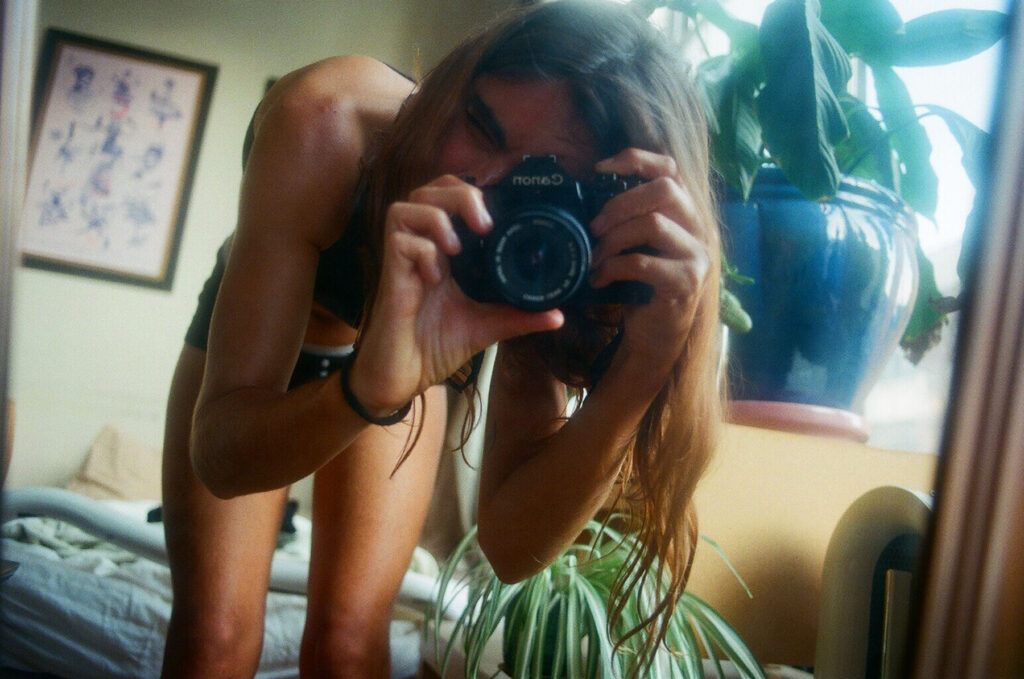Chela’s found one way to challenge the stability of the gilded cage that the art world has built for itself – or rather, it found her. As a female, Black art advisor, she’s regularly contacted by young people on Instagram who want to get into the profession. How does that feel? ‘I did not anticipate that, and it just feels wonderful.’ It’s an honour, she says, that people feel comfortable to reach out to her and for that, she’s especially grateful, considering she didn’t have anyone there to guide her into the space she now occupies. One thing she’s keen to address is the mentality that there is only ever enough room for one Black person operating in a space at any time. That’s something she’s witnessed as an art advisor – and she deconstructs the absurdity of that concept by likening in to the ice cream aisle in a shop. No matter how many varieties and brands of ice creams there are in one freezer at any given time, they all have something valuable to offer; ‘Ben & Jerry’s ain’t worried about Häagen Dazs! We’re all put on this world to give something different, in a different way.’
A short profile on Chela and her art advisory was featured in Forbes at the end of last year. In it, she mentions reading an article in the New York Times on the history of a small, but dedicated number of Black art dealers and gallerists who’ve been pushing back against the toxically-white art world for the past 50 or so years. Their contributions to the art community are important, but still, not much has changed; Chela herself only knows around five Black advisors. The article includes an anecdote in which art dealer, Joeonna Bellorado-Samuels, recalls attending an industry dinner where the daughter of a well-known collector presumed she was an artist – the palatable (or profitable?) role that a person of colour can have in the art world. “Art dealer” was her fourth and final guess, compounded by confusion and, perhaps, a tremor of fear.
Earlier this year, Chela launched Komuna House, an art club for people of colour that is everything that membership clubs like The Wing are not. The millennial pink, Instagram-friendly inclusivity espoused by The Wing has, in recent years, been exposed as a distraction from the regular racist, classist and discriminatory conduct that its employees and, alas, many of its paying members, are subject to. ‘I just wanted to create a place where we wouldn’t have to deal with that,’ Chela explains – the programme of events is centred around artists and collectors of colour, and though anyone’s able to join, she wants to be ‘very, very clear’ that Komuna House will exclude the white gaze. She hopes to use the platform to build a community, to foster professional networks between artists and buyers, and ultimately, to ‘weaponise’ members with the knowledge and power necessary to transform the art world for good. Komuna House launched in March, and so it predates George Floyd’s murder; ‘I didn’t know the importance of what I was doing – I mean, I did – but I now understand it differently as the year has progressed.’
To Chela, the artist of our era whose work embodies the powerful potential that art can have is the painter Kerry James Marshall. She describes his work as being ‘brilliant beyond measure,’ in terms of its technical and cultural significance. She recalls walking around his 2017 retrospective, Mastry, with her mouth wide upon, unable to speak the whole time. ‘I’m from south-east DC, and there’s so much shame from being from there’. Through Marshall’s work, marginalised and impoverished communities, like the one Chela grew up around, are given agency. The projects are often depicted as scary places where drugs use, crime and violence are rife; and while Chela contends that those things may be true, there’s a sense of community that’s hard to find elsewhere – communities that come together with all they’ve got to make it work for everyone. Chela’s original plan to open a gallery is something she still dreams about every day, and she knows exactly how the space would look. Of course, 2020 has thrown any short-term plans up in the air for the foreseeable future – but that’s no bad thing. She hopes to have conversations with artists, to get a real understanding of what an ideal gallery should be. As she points out,

